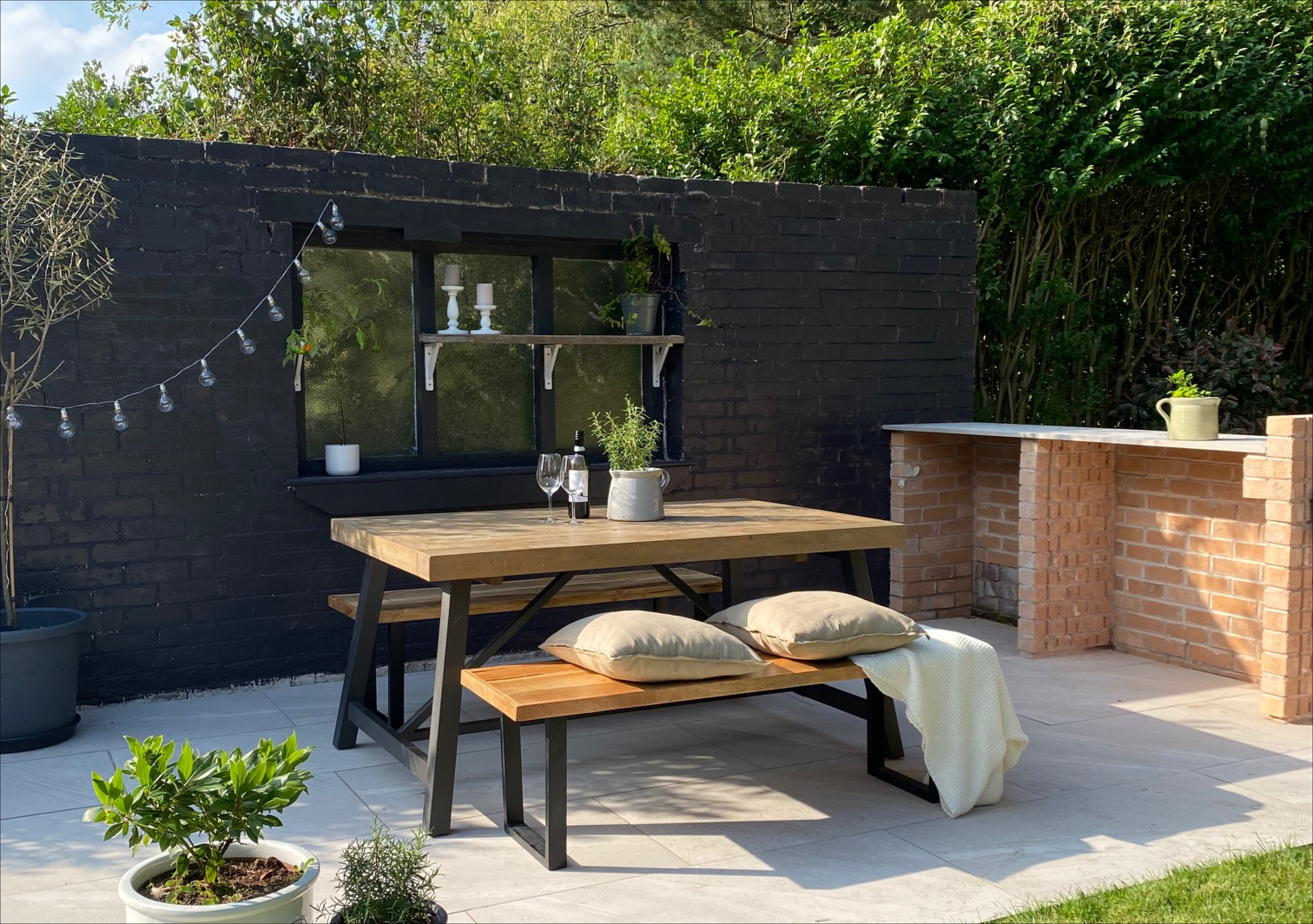
What is Masonry Paint?
We actually get this question a lot so don’t worry we’ve got you covered…Let’s start with the basics, masonry paint is a paint designed to stick well to coarse and difficult surfaces. The name itself is kind of misleading because masonry paint can be used on a wide range of surfaces, which we’ll get into.
What Is Masonry Paint Used For?
Masonry paint is, as you’ve probably guessed, the first choice for painting almost any kind of rendered building exterior. It helps to protect these kinds of surfaces against the weather, moss, algae and insects. It also makes the surface more even and flawless, so it adds 'kerb appeal' as well as a protective coating.
Can Masonry Paint be Used Indoors?
Yes it can. Masonry paint works very well on concrete, rendering, pebble-dash, metal and soft wood surfaces, both inside and outside the home. That said, masonry paint works best outdoors. It may emit more chemicals when drying than an ‘interior’ paint would, but if you allow for enough ventilation, you won’t have any issues.

Masonry paint can be used indoors, just make sure you have enough ventilation. Pampas looking fresh in @two.men.and.a.semi's home.
Does Masonry Paint Only Come in White?
Definitely not! Maybe back in the day, but masonry paints come in a wide range of colours these days, you can find all of the COAT colours in our ‘Exterior Masonry Paint’ finish, order your swatches here.

@sharnshouse used three different COAT exterior masonry paints when painting outside.
Is Masonry Paint Waterproof?
You can have a water-based paint which is still waterproof. Most masonry paints are water-based, and yet quite waterproof, it doesn’t have to be either or. What is important is whether the paint is breathable.
Is Masonry Paint Breathable?
Yes, very. A breathable waterproof paint acts to keep water vapour from penetrating on warm, humid days. This is important to protect the life of any home, but breathable masonry paint is particularly important in single-skin homes.
You see, in a single-skin home, any water which seeps into the render from outside can spread throughout internal walls and make its way into the home. Not only does this encourage the growth of mould and mildew, but damp interior walls also absorb heat from the home, making it feel colder and making it harder to heat.
Top Tip - because most masonry paints are water-based, they should not be applied when the temperature is below 10C. If the temperature is too low, a water-based paint will not stick properly to the walls and could actually freeze while still wet. The paint will often peel and flake off much sooner if this happens.
Is Masonry Paint Heat-Resistant?
Basic masonry paint works well in a wide range of temperatures but it really depends where you live...In the UK, basic masonry paint will handle both the heat of summer and the cold of winter. However, if you were painting a home in a country like Spain, you might need a special formulation. The hotter a building gets, the more its materials will expand during the middle of the day, and contract again at night. A particularly heat-resistant masonry paint formula will be able to expand and contract along with the bricks, rather than cracking, flaking and chipping away.

@lukearthurwells proving that our paint can take the heat 🔥
What Can Masonry Paint Do For Me?
Simply put, masonry paint can protect your home from damp, rot, and the effects of chemicals. All of these can reduce its attractiveness, its energy efficiency and its resale value. Masonry paint can also act as a physical impact barrier, preventing damage from small stones thrown up off the roadway and other minor hazards.
Modern water-based masonry paints can be applied to many kinds of surfaces, meaning you can protect and beautify a wide range of different commercial, industrial and domestic properties with a coat of masonry paint.
For example, if you are thinking of selling your home, one of your main concerns is probably making sure you get a good price for it. So called ‘kerb appeal’ is a huge factor in actually selling your home for what it is worth. Also let’s be honest, people can’t help but associate a freshly painted home with an owner who cares about keeping it neat and well-maintained. They will subconsciously apply that assumption to everything else they see in the home. So a fresh coat of exterior paint is always a good idea if you’re in the market to sell.

Like what you hear? Check out our Exterior Masonry Paint range and order your swatches.
Why Choose Masonry Paint and not an Emulsion?
This will depend on what you are painting and what you want to achieve. Emulsions like our Flat Matt & Soft Sheen finishes are generally considered to be ‘interior’ paints while masonry paint is generally used for exterior surfaces. While you can use masonry paint indoors, you really shouldn’t use emulsions for outdoor surfaces.
Emulsions simply do not have what it takes to stand up to the weather, especially in a rainy climate. An external emulsion paint will wear away quickly, exposing your home to the damp.
The difference comes from the chemical make-up of the paint. Masonry paints contain a resin that is water-resistant, and has a superior ability to withstand sea-salt and the chemicals found in the air and rain these days. There are even heavy-duty masonry paints which are specially formulated for use on the seaside or in areas where the air is polluted from car exhaust gasses.
Can You Paint Over Masonry Paint With an Emulsion?
Yes you can! This is not the best way to decorate an exterior masonry surface – as we explained above, an emulsion won’t last long exposed to the weather – but doing so won’t harm the masonry paint or the wall surface underneath. If you are painting an interior surface, then an emulsion over masonry paint will work just fine.
When is The Best Time to Apply Masonry Paint?
The main issue you’ll face is temperature. Ideally, you should only apply a standard formulation of masonry paint when the temperature is between 10C and 35C. In the south of England, that would mean any time other than the most blisteringly hot days of summer (so one day of the year maybe…). In the north that would mean any time but the coldest part of the winter.
Weather is a secondary concern. No one wants to be painting an exterior wall in the rain, but excessive wind can also negatively affect the application of masonry paint.
\
Our exterior masonry paint comes in a large range of colours, be bold.
How Should You Apply Masonry Paint?
Masonry paint is applied just like any other paint. You can use a traditional brush, but most people find that a paint roller and tray are the easiest and most effective method. You’ll find a long-handled roller especially helpful if you are painting tall walls or a large building. Make sure that, if you use a ladder, it is sturdy and well-braced. Always read the safety instructions for your ladder and other equipment before using.
There are several steps you can follow to get the best results from your paint:
- Don’t start painting until the surface is dry – it should not have rained on the surface for at least 24 hours. This will ensure that your masonry paint dries properly, and bonds to the painted surface thoroughly.
- Dress for painting. If you don’t have a protective coverall, make sure you are wearing old clothing that you won’t mind ‘getting ruined’, Masonry paint is notoriously difficult to remove from clothing. Or check out our COAT tees here.
- If you are using masonry paint indoors, always make sure that the area is well-ventilated. Masonry paint is normally considered an outdoor paint, and it can release more fumes than most ‘indoor’ paints.
- Apply an even surface by going over each area only once. If a second coat is needed, wait until the first is dry and apply the second coat evenly as well.
Should I Risk Buying Cheap Masonry Paint?
With paint, we alway say you get what you pay for. Many manufacturers offer ‘value’ lines of masonry paint, but these typically don’t perform at the same levels as premium paints. When you factor in the greater number of coats that low-cost masonry paints generally require and the reduced lifespan of the paint itself, you will almost always save money by selecting a premium paint.
Is there a Climate Friendly Brand of Exterior or Masonry Paint?
Indeed, shameless plug alert…COAT offers a range of different paints ideal for indoor and outdoor surfaces. Not only are our paints high on quality and low on toxic chemicals, we’re the only major brand of climate positive paint on the market today. Your home – and your planet – deserve nothing less.
Ready to get going? Grab a swatch and choose your colour.
Publish Date
Author
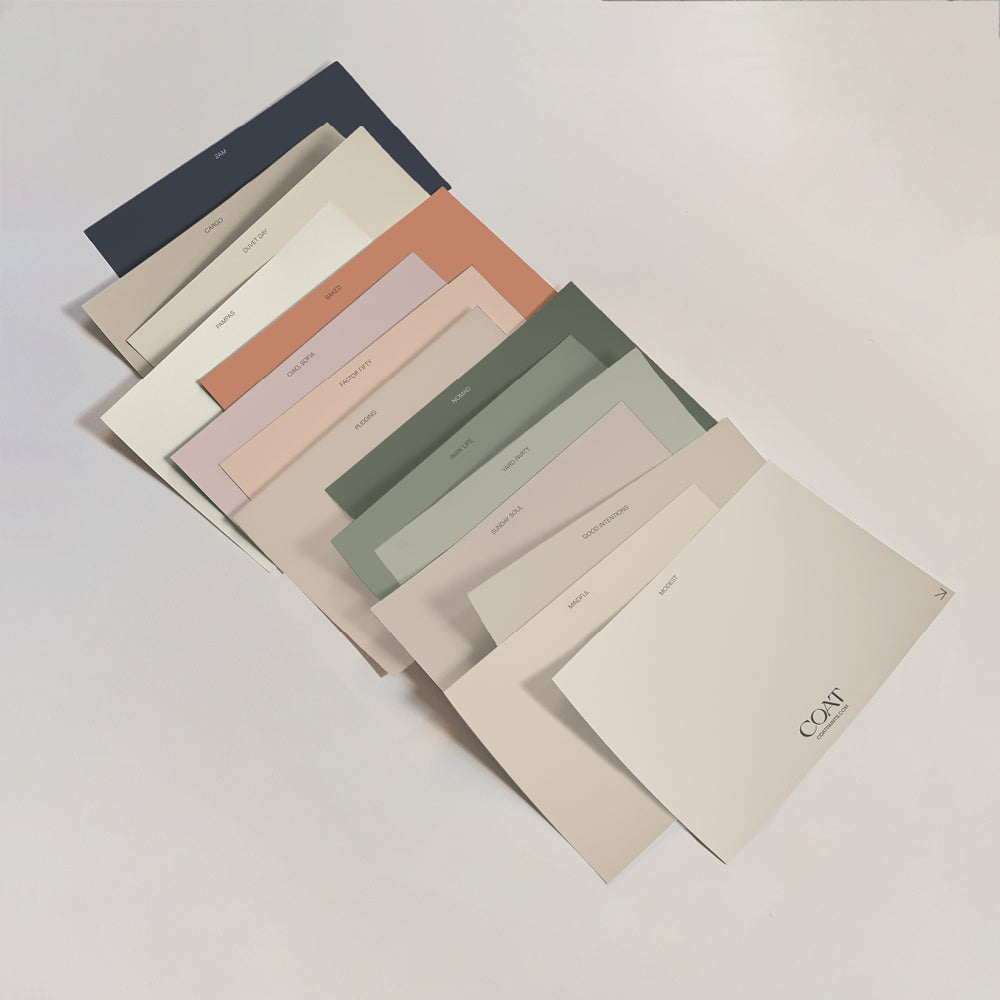
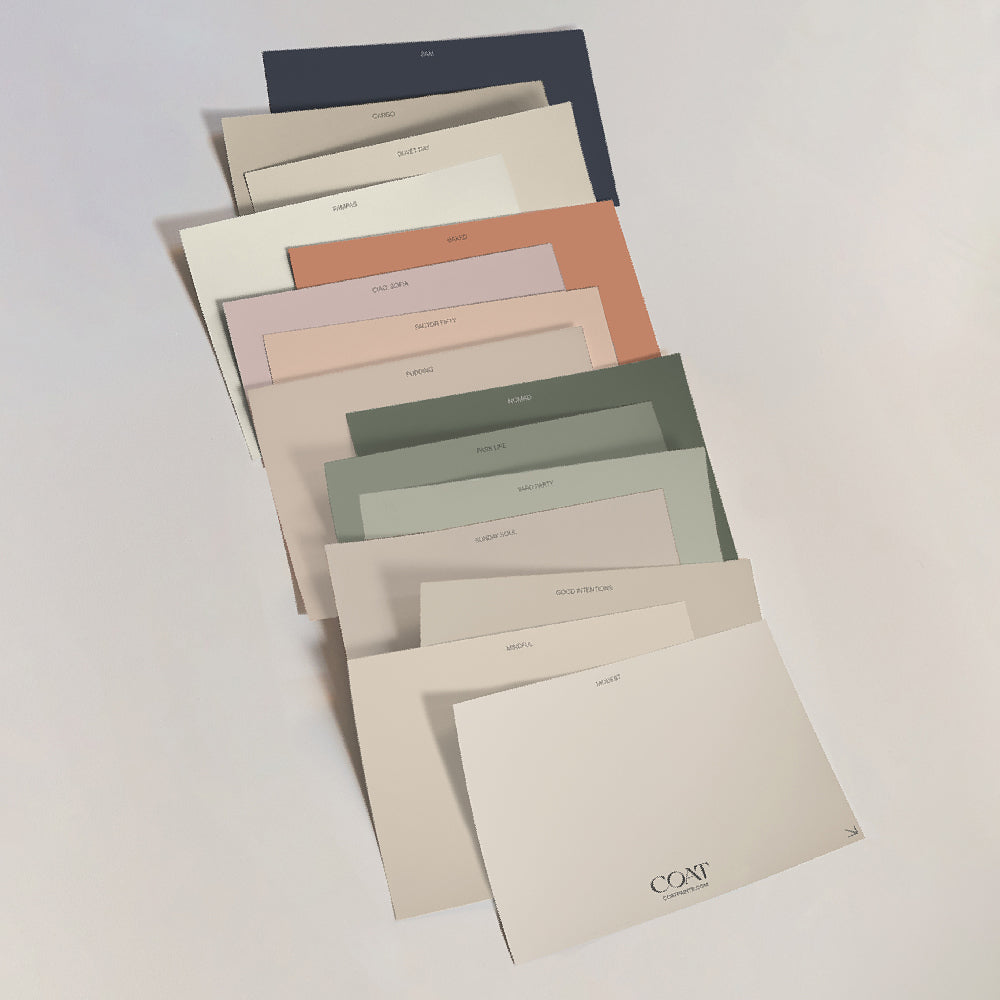
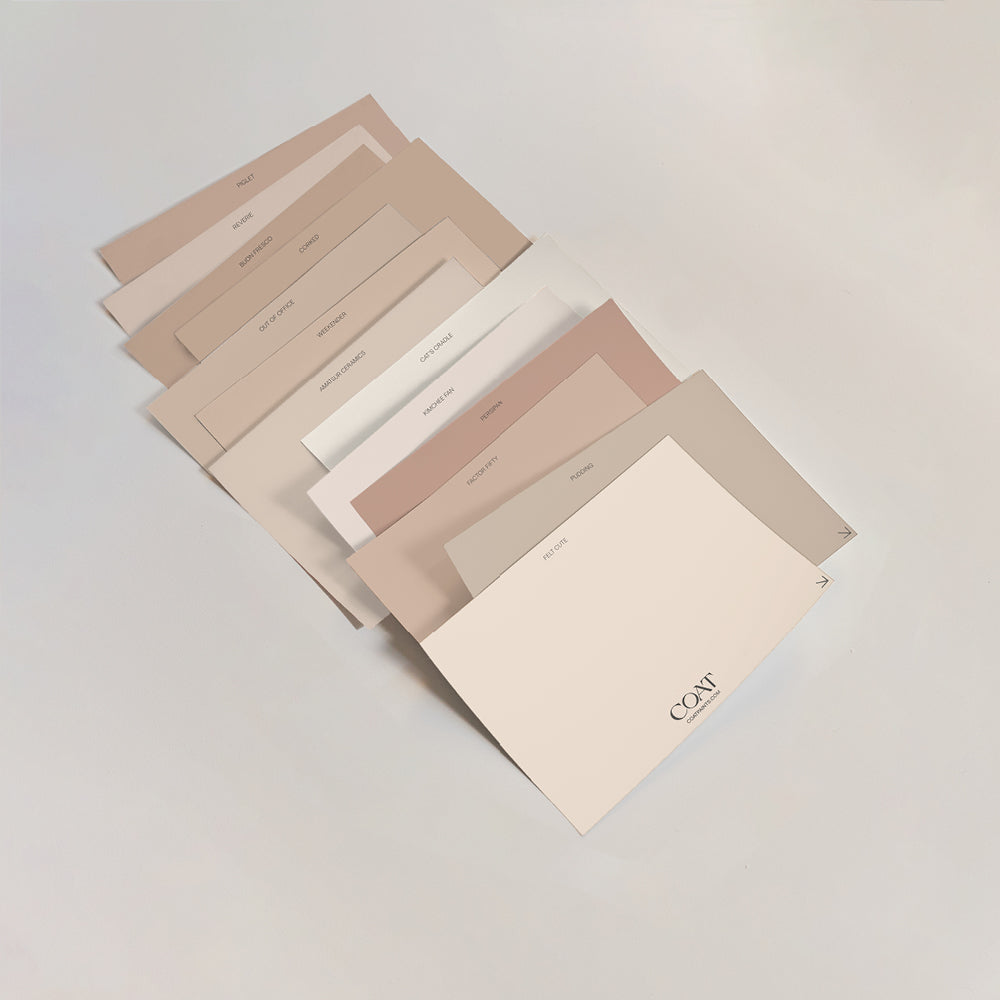
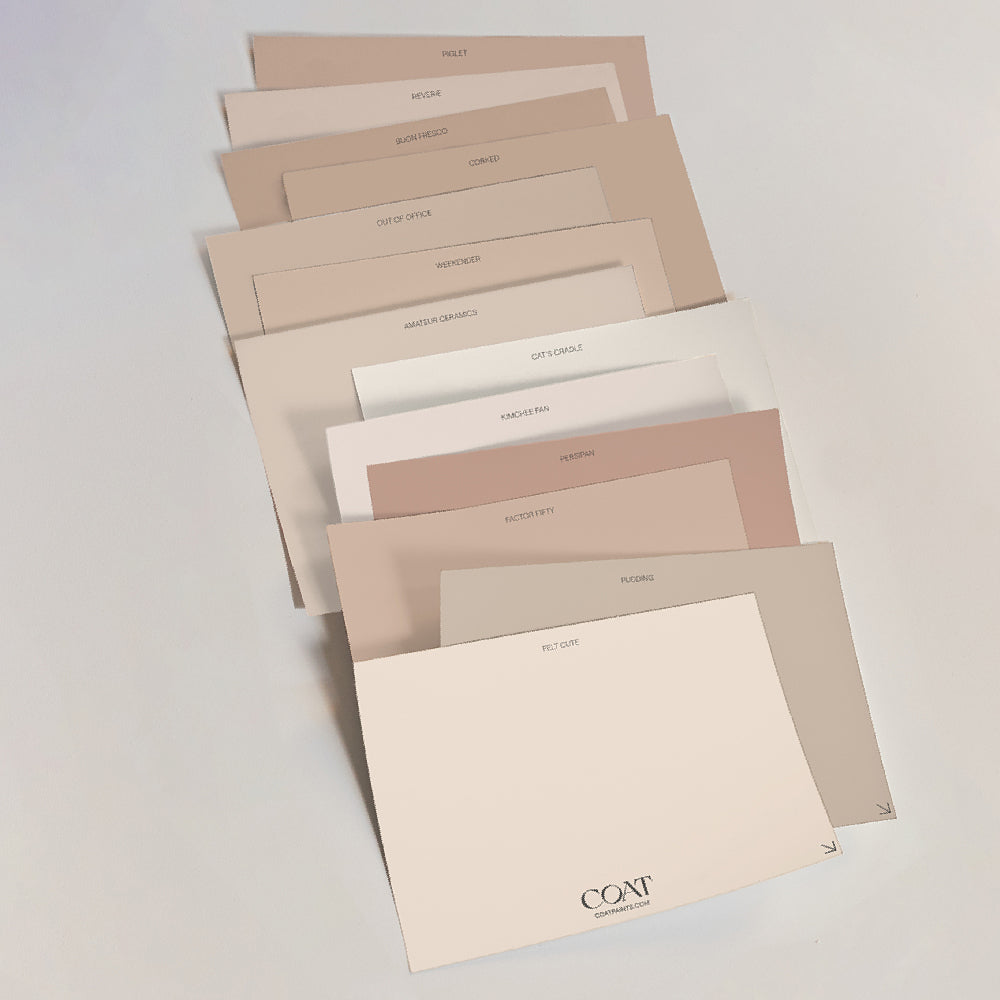
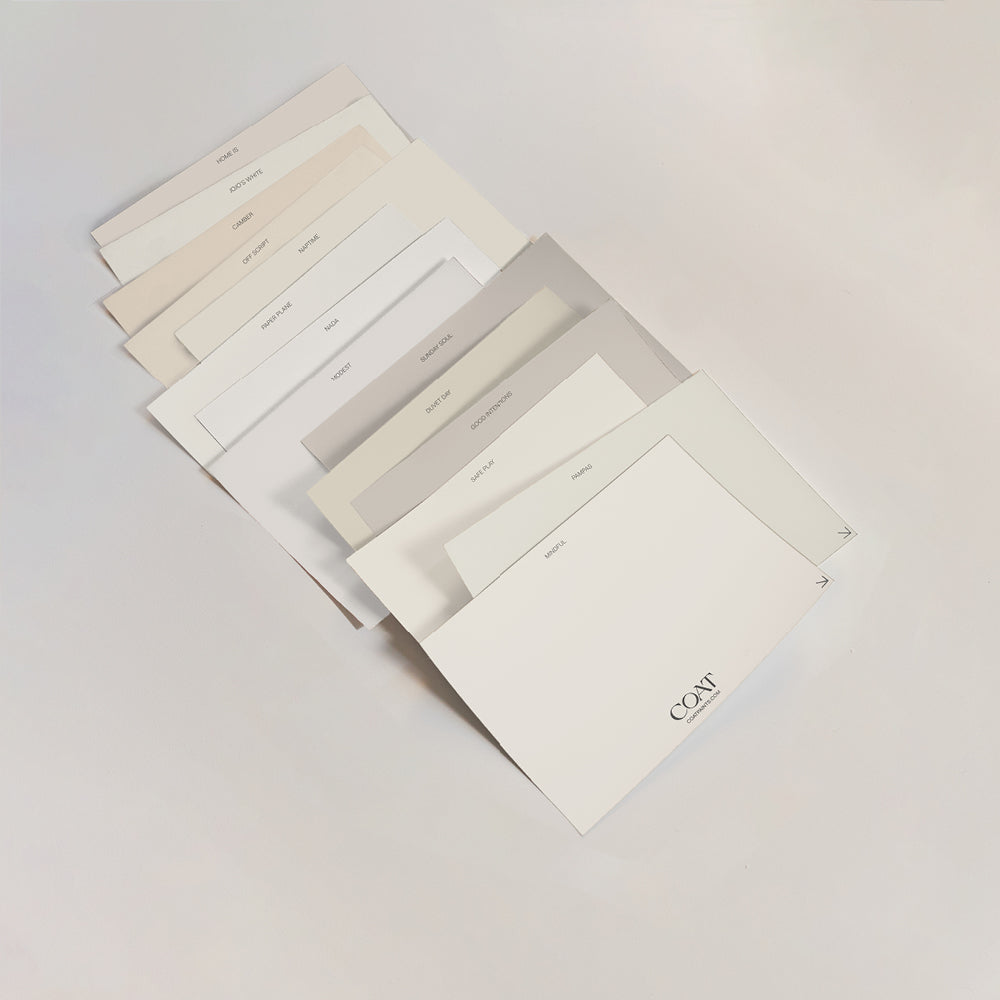
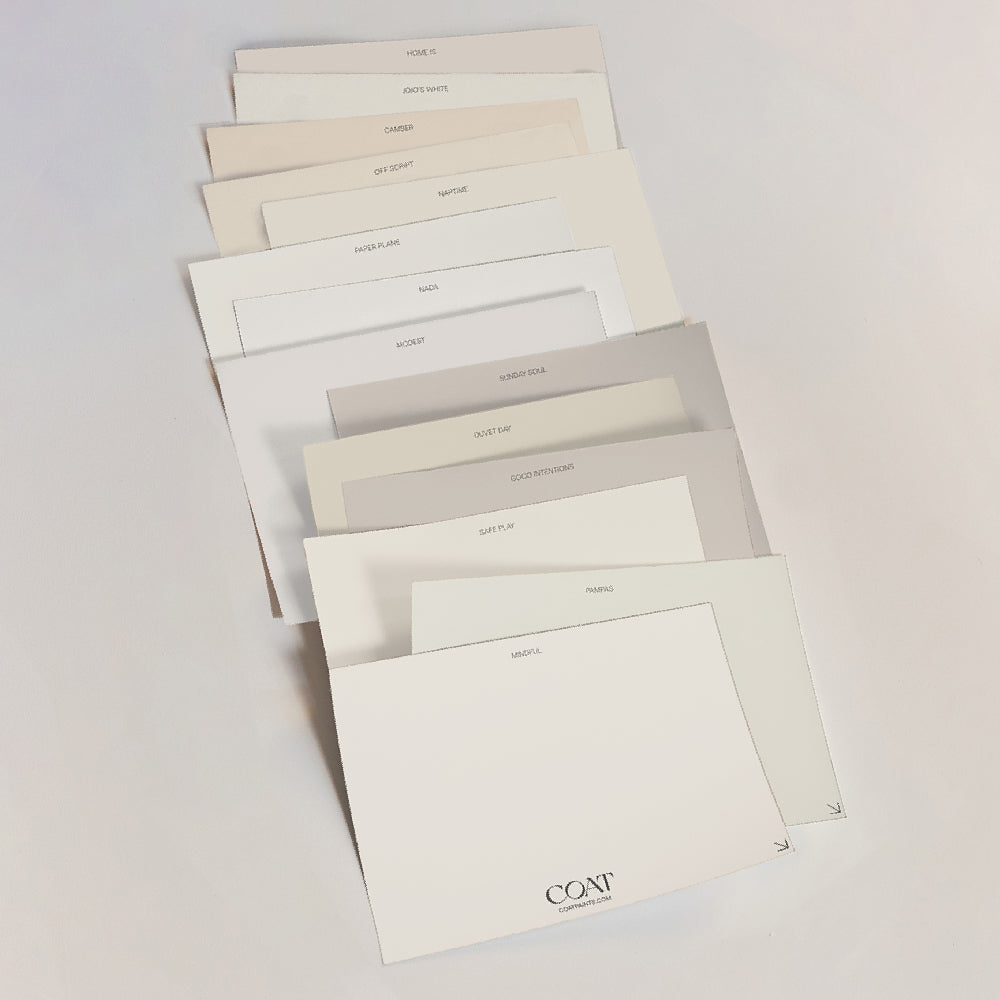

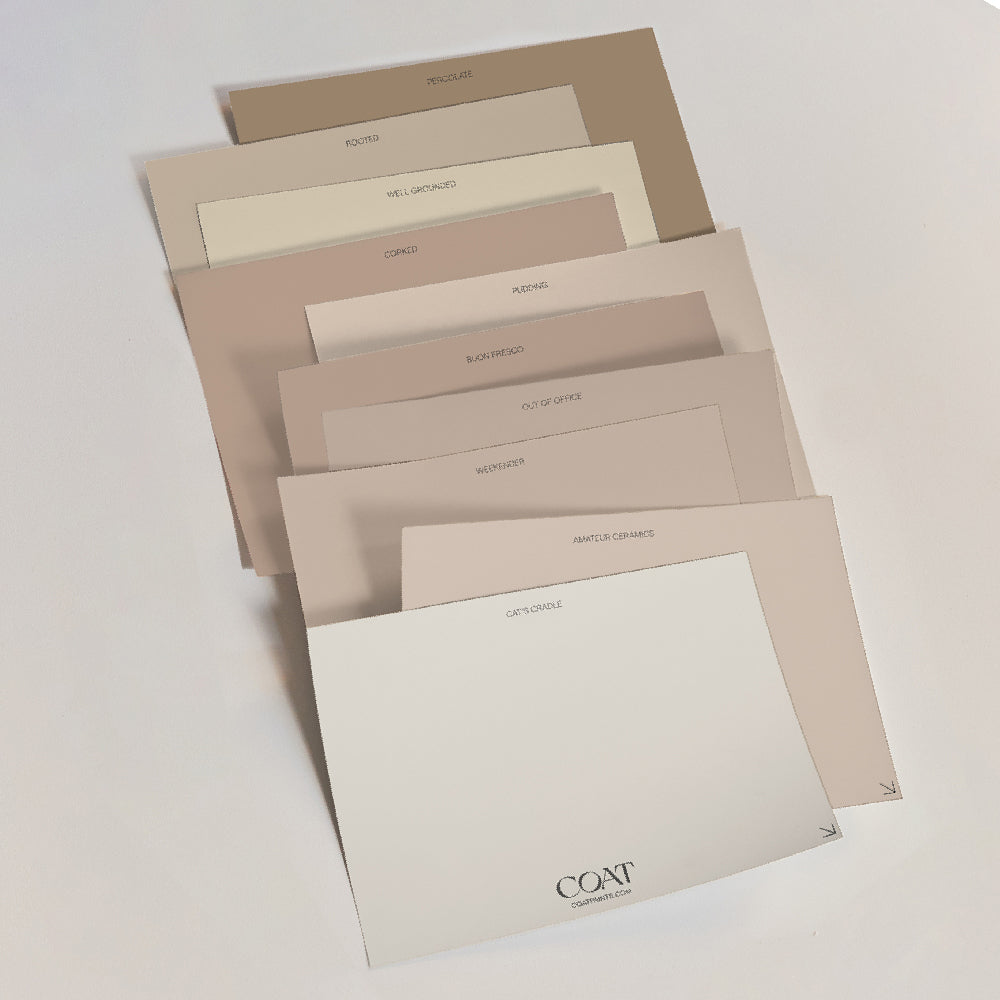
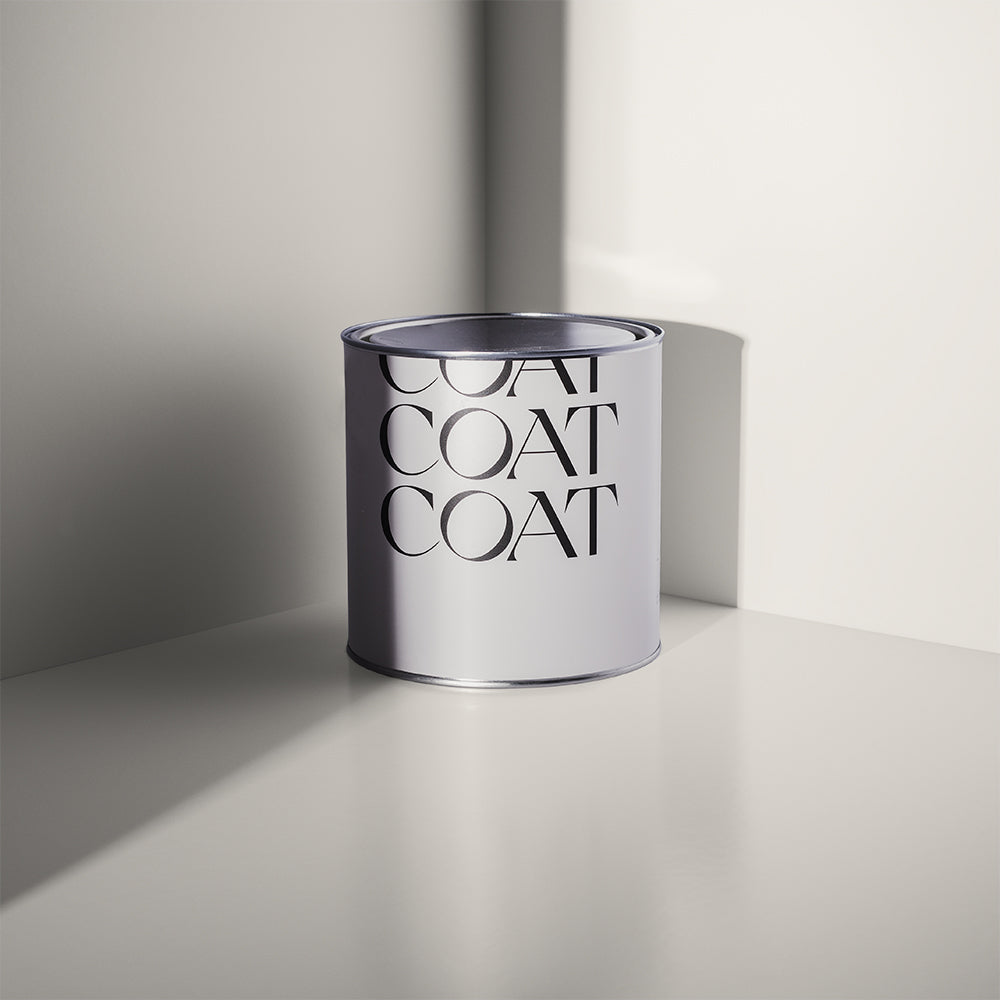
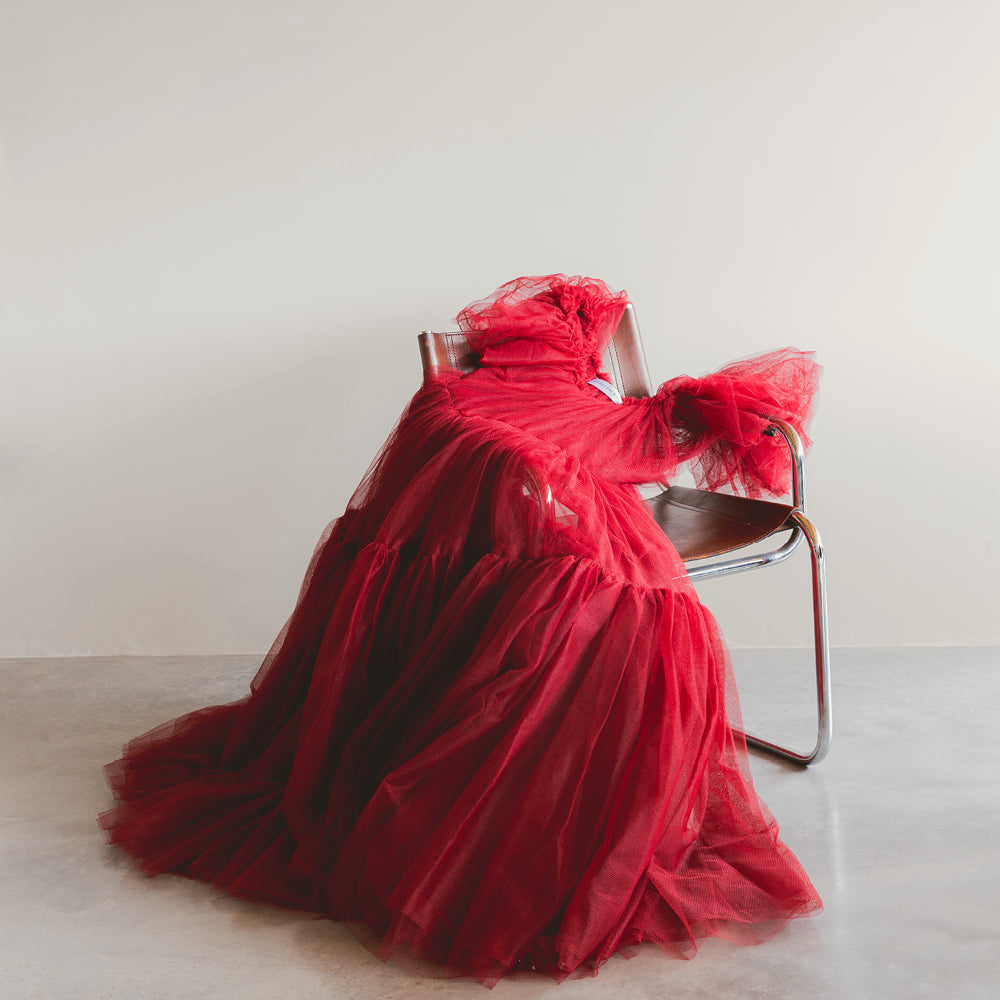
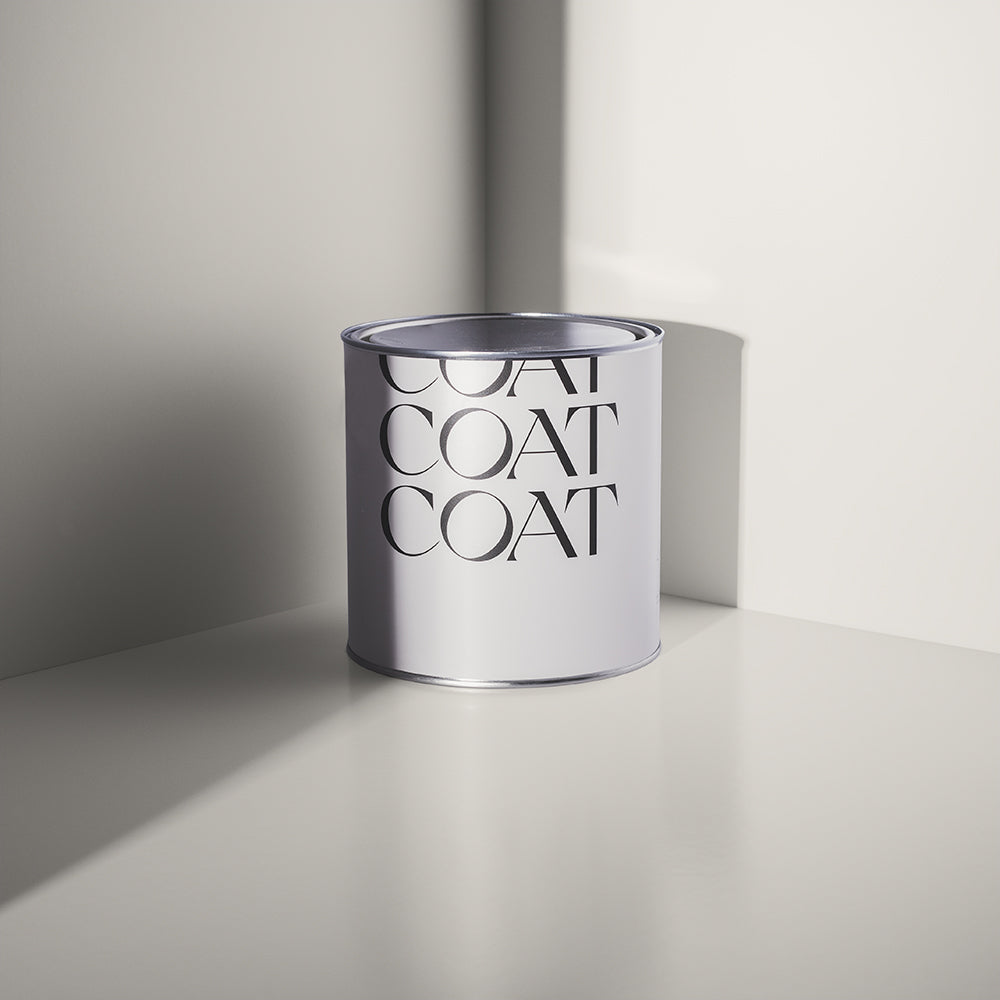
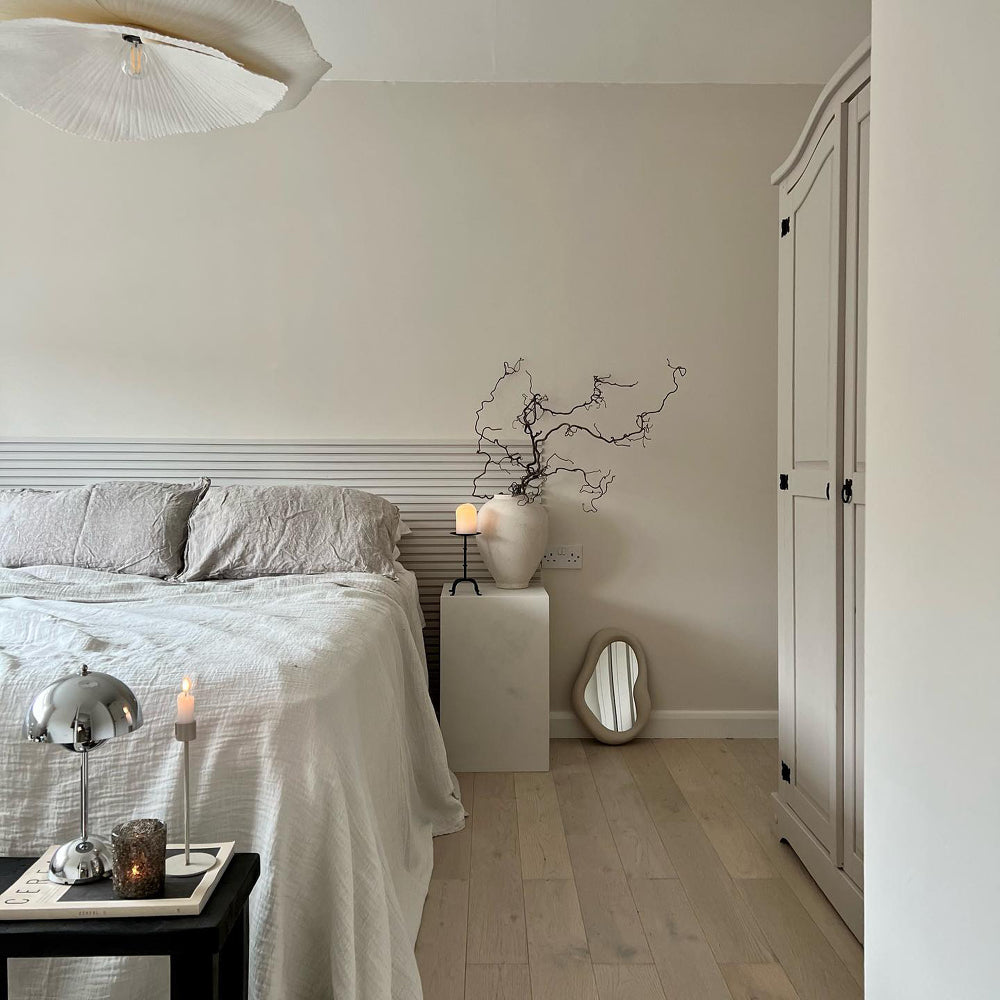

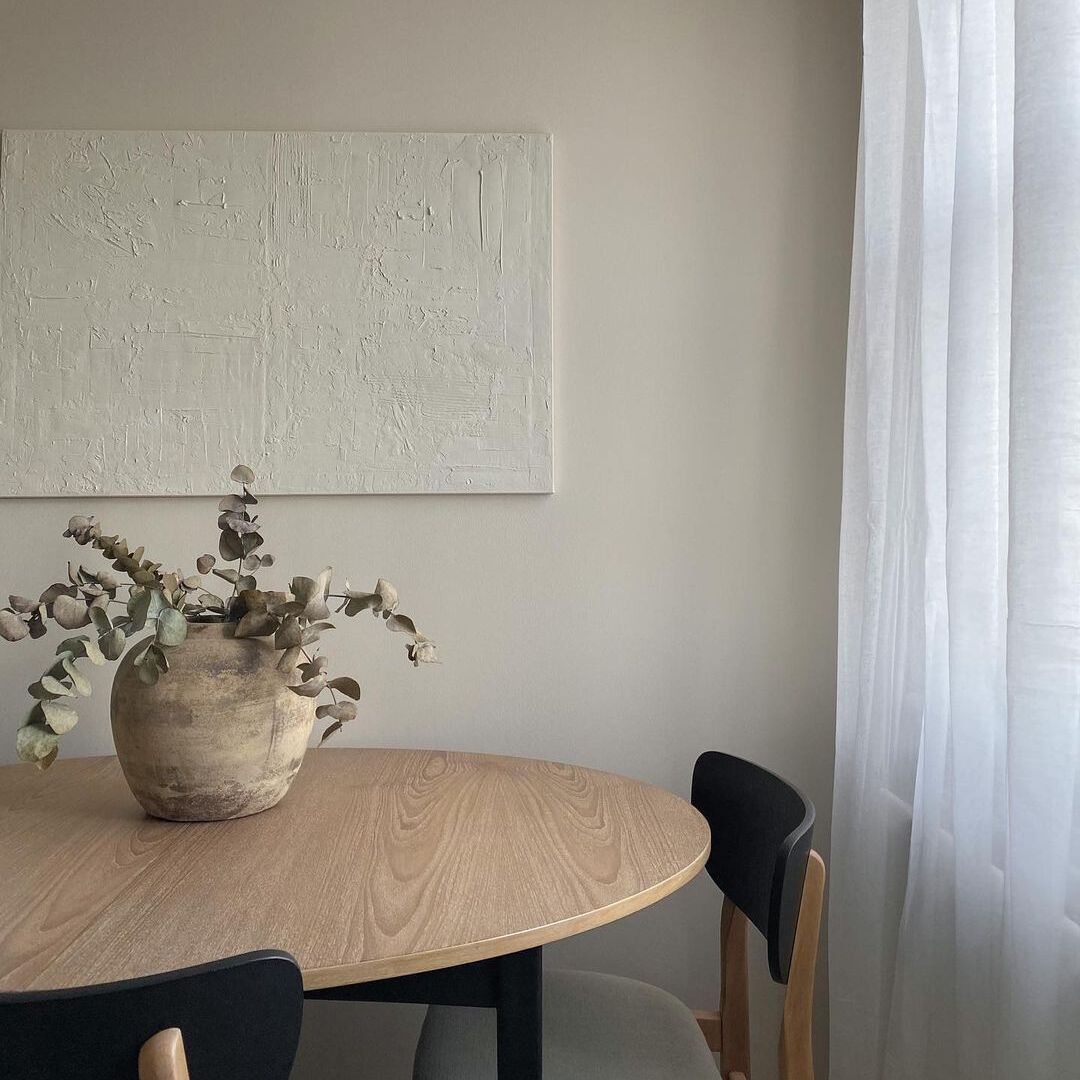
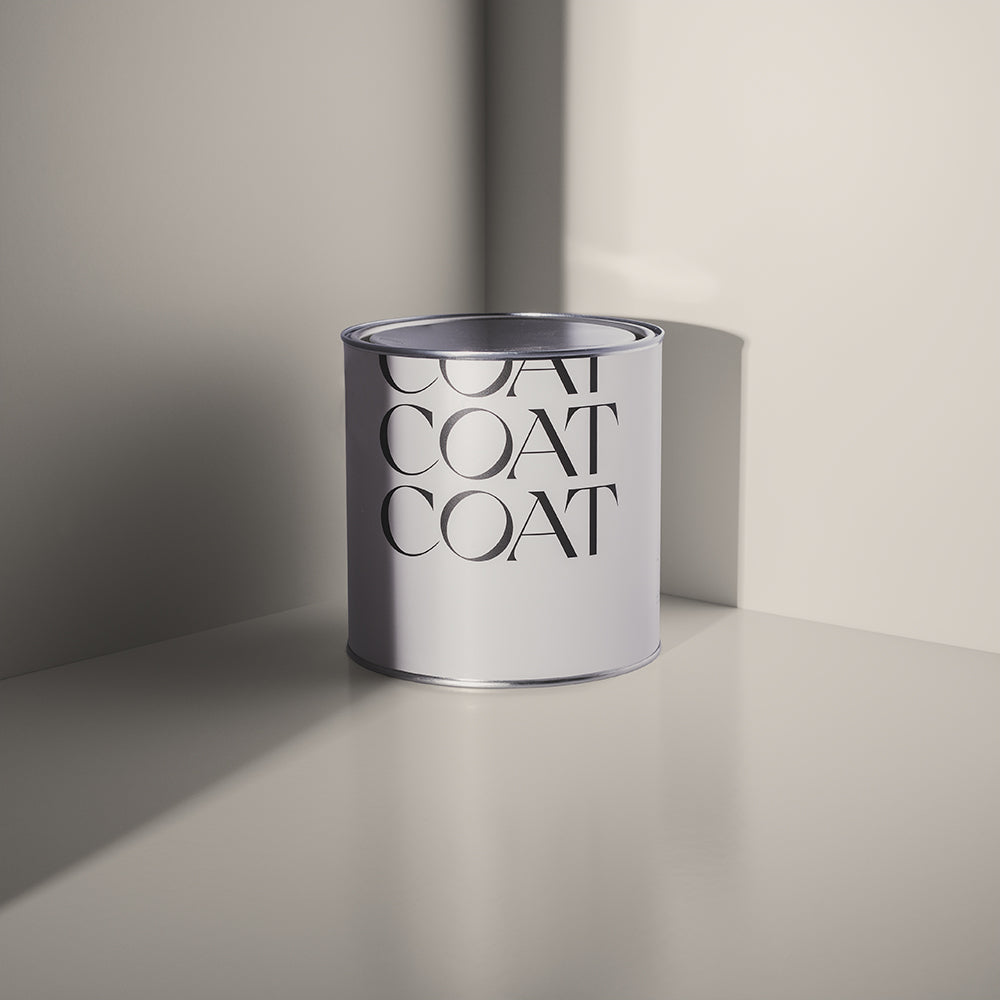

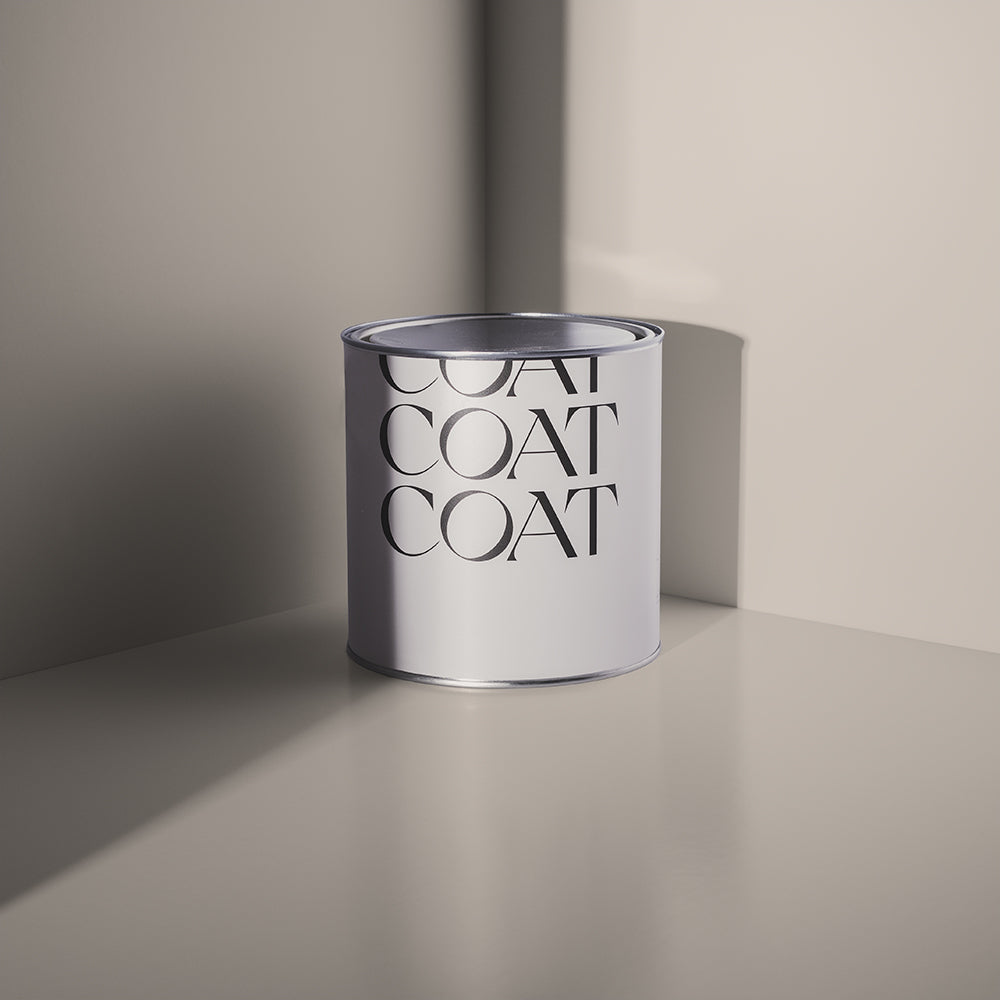
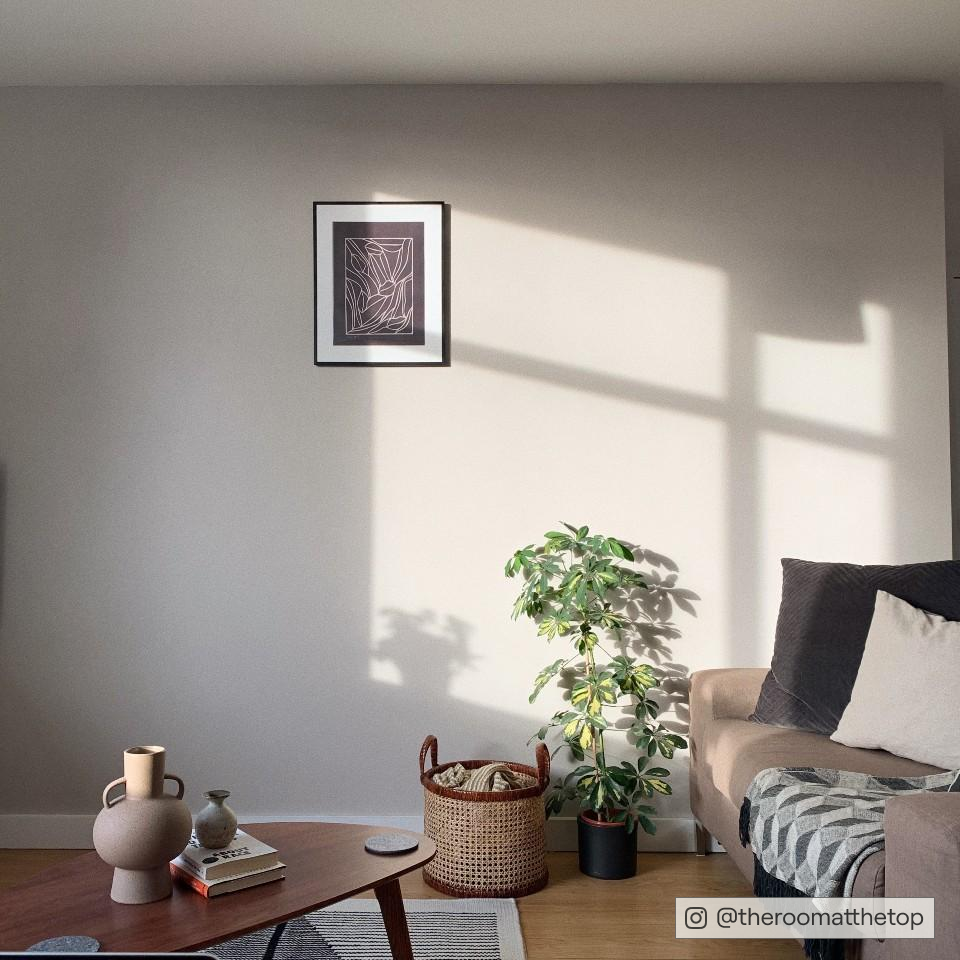


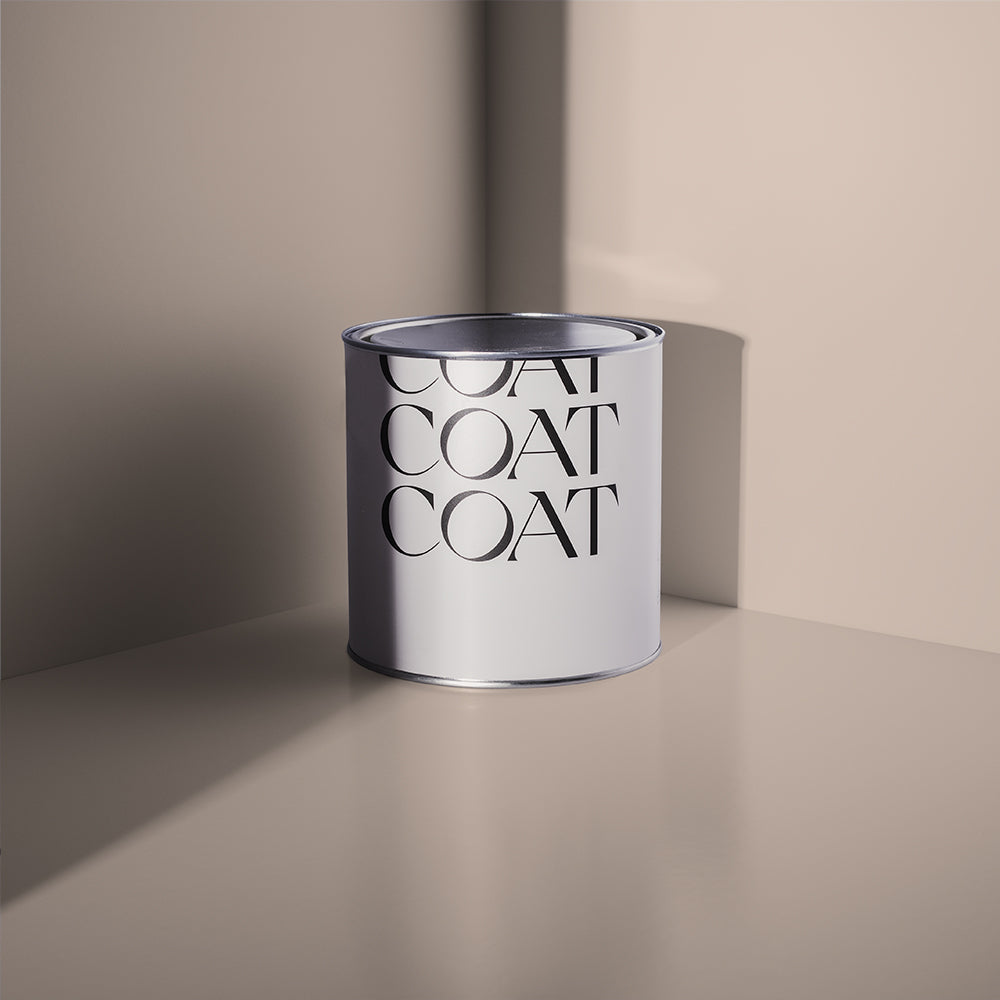
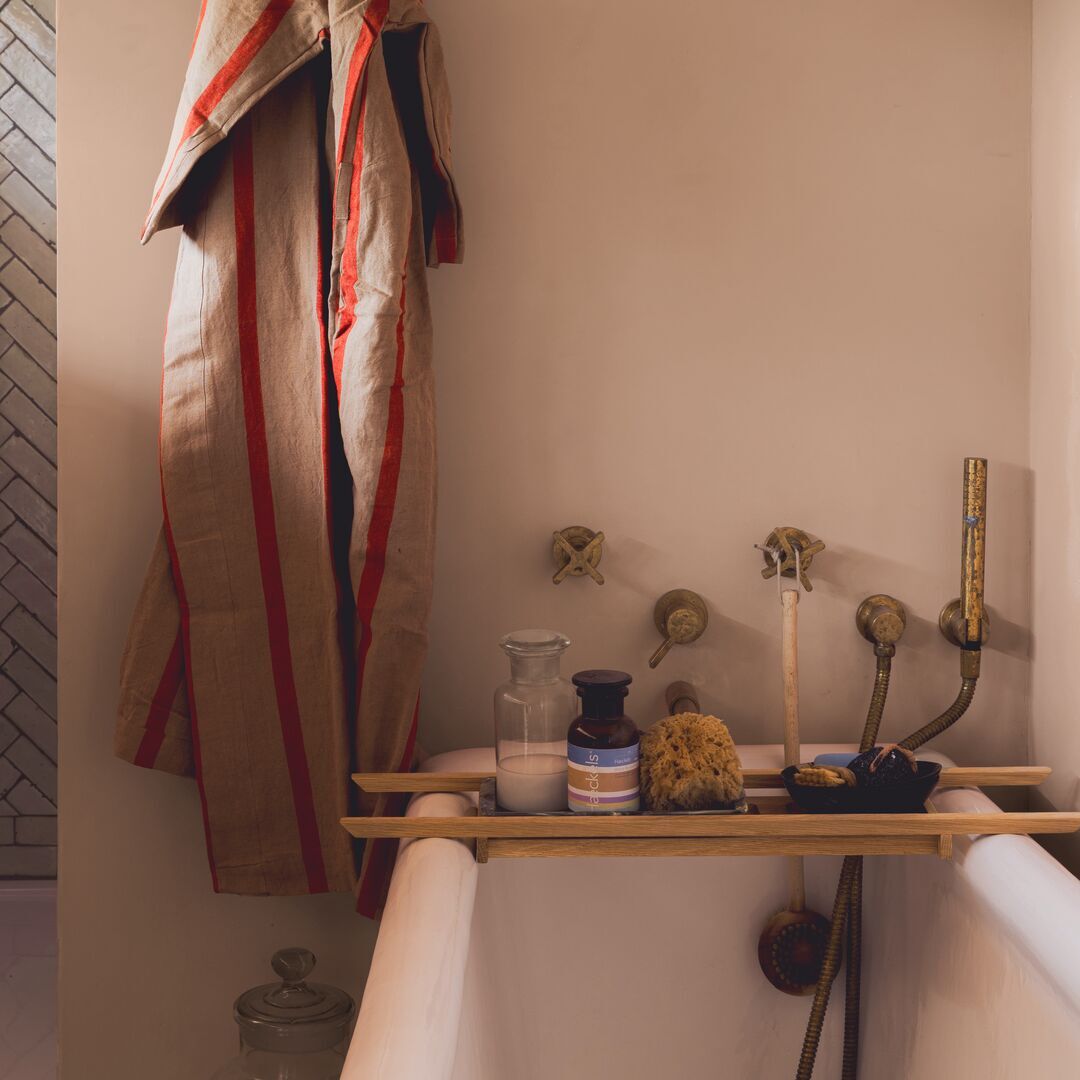


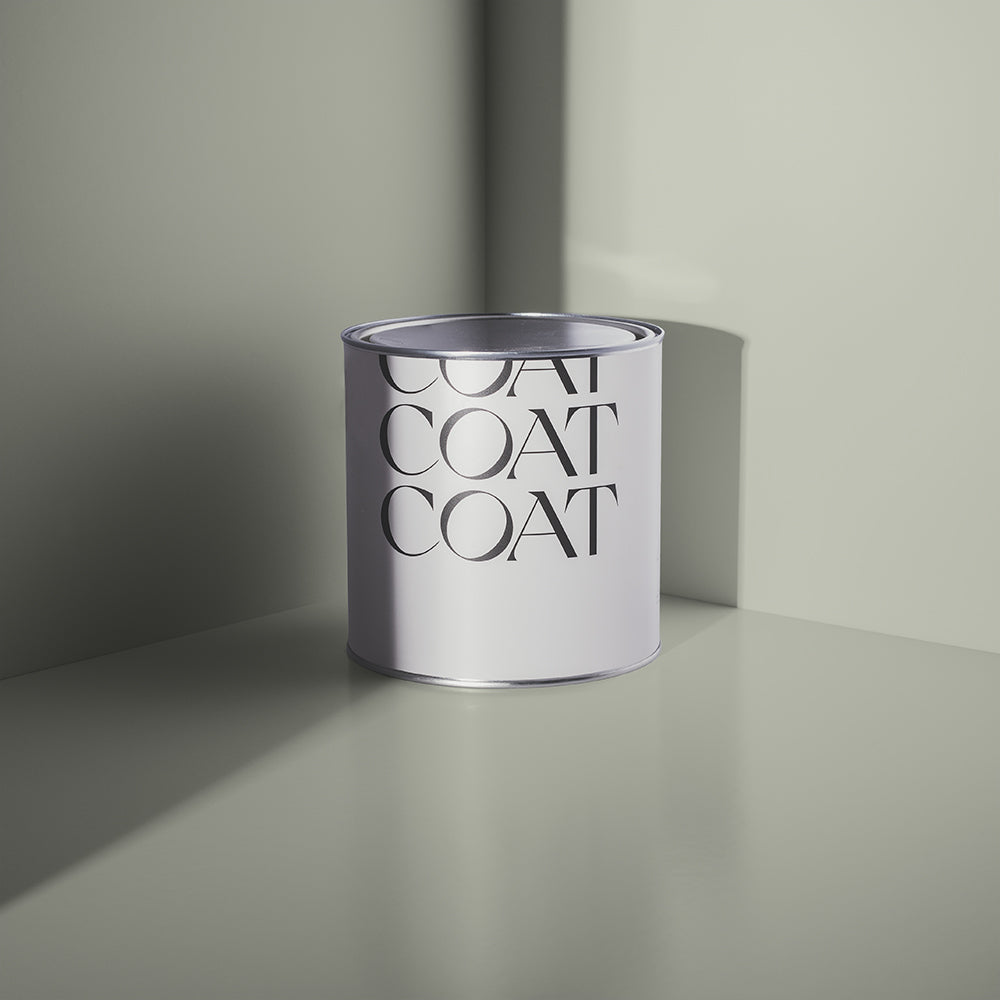

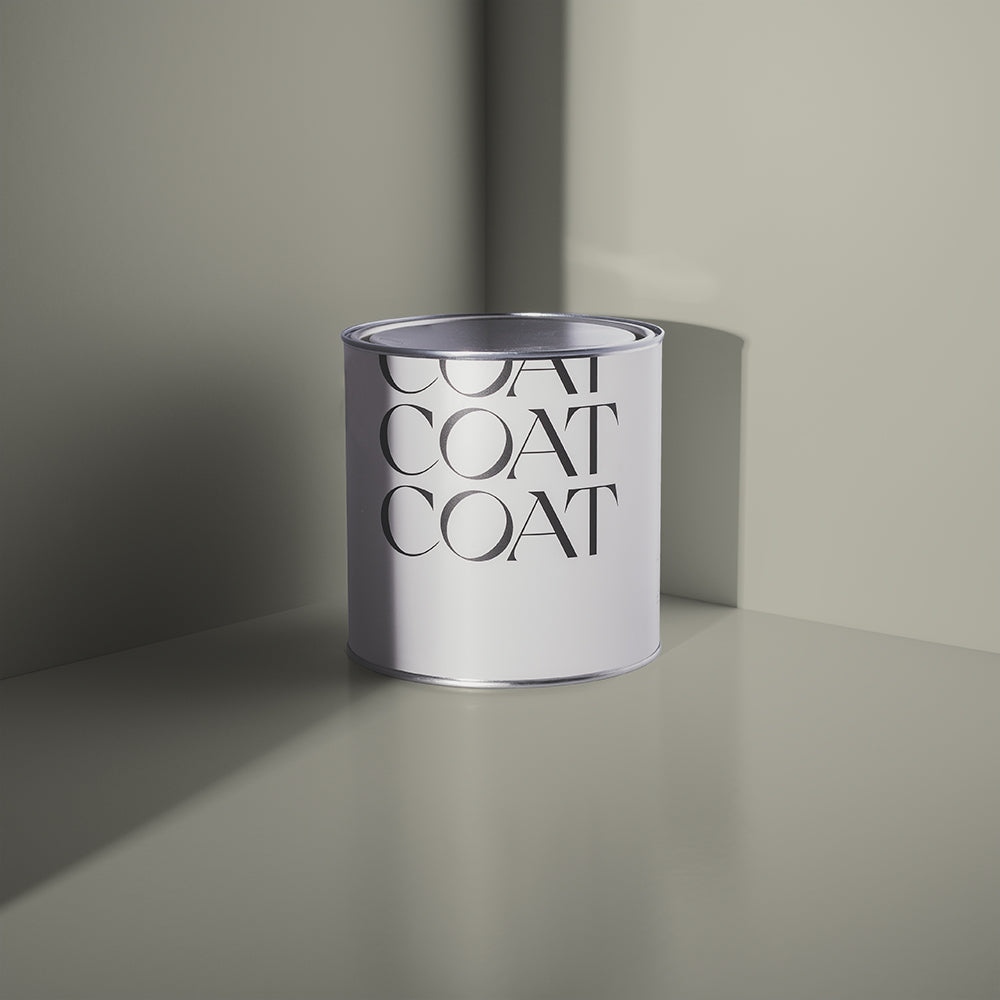
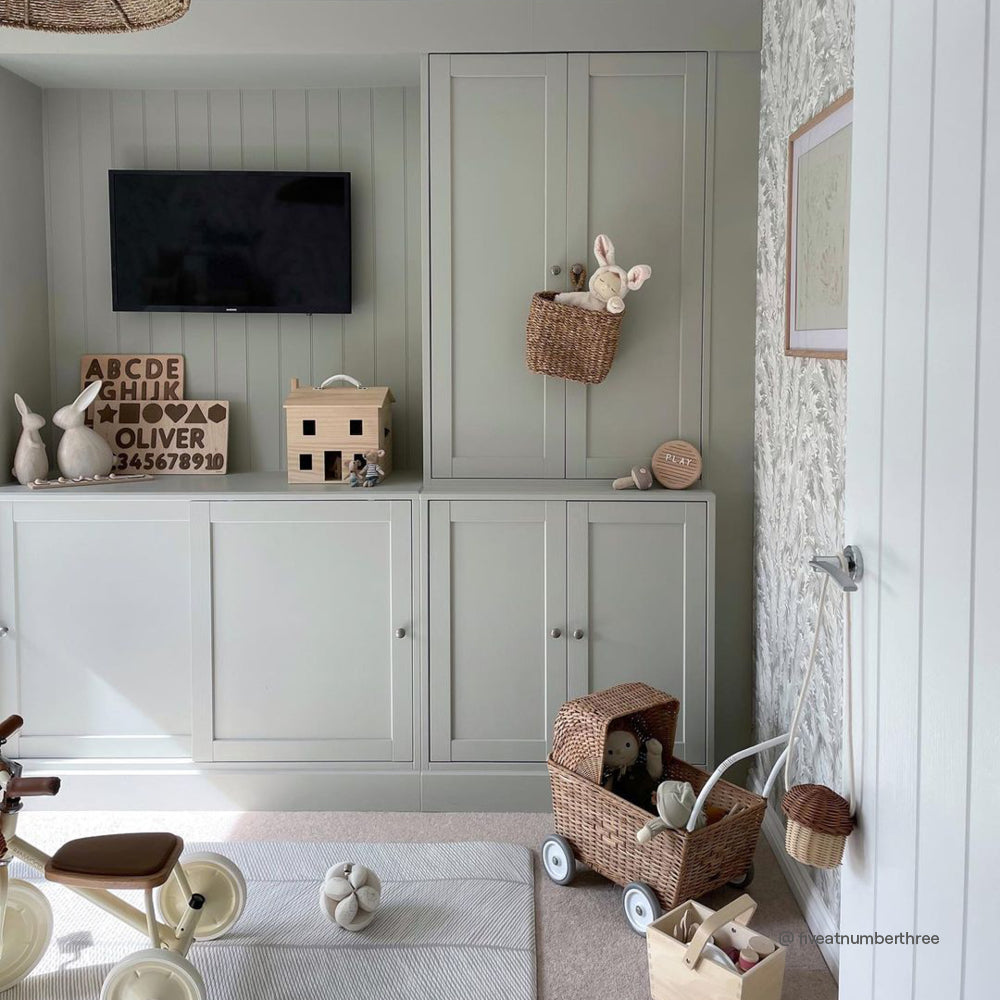

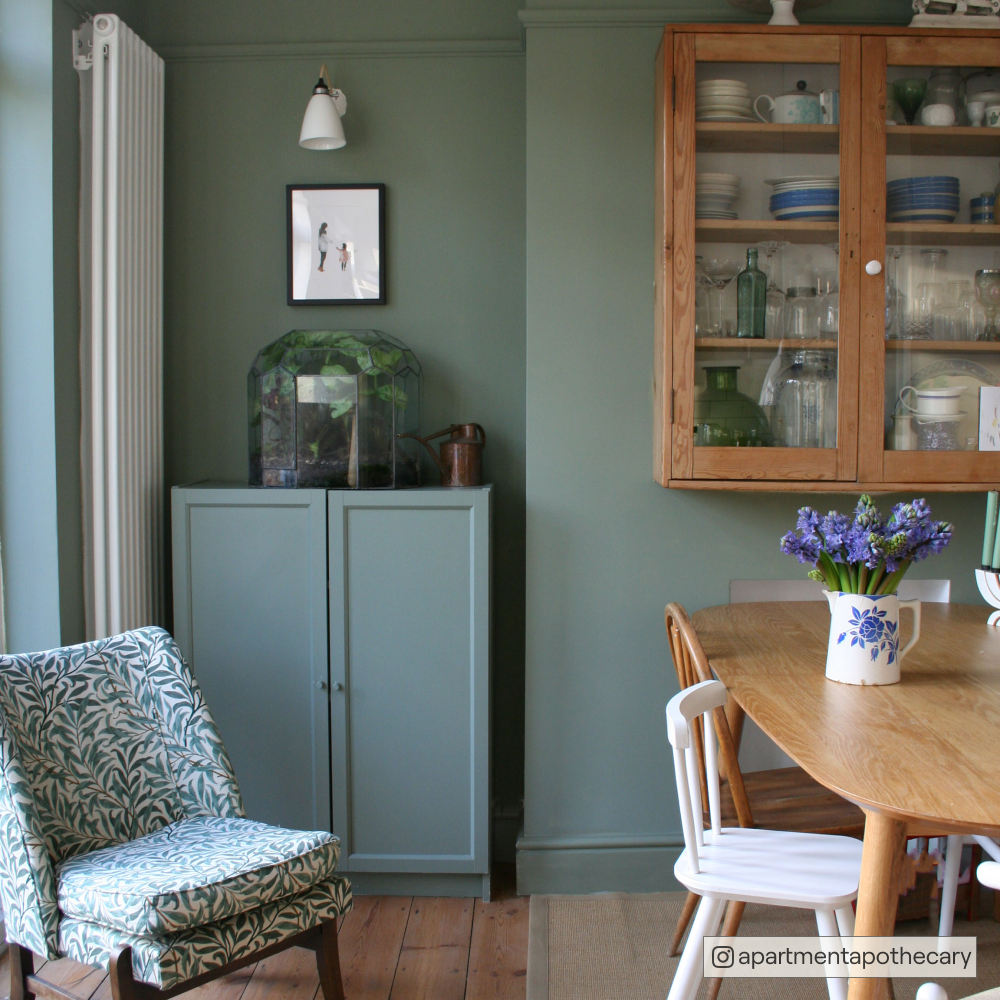

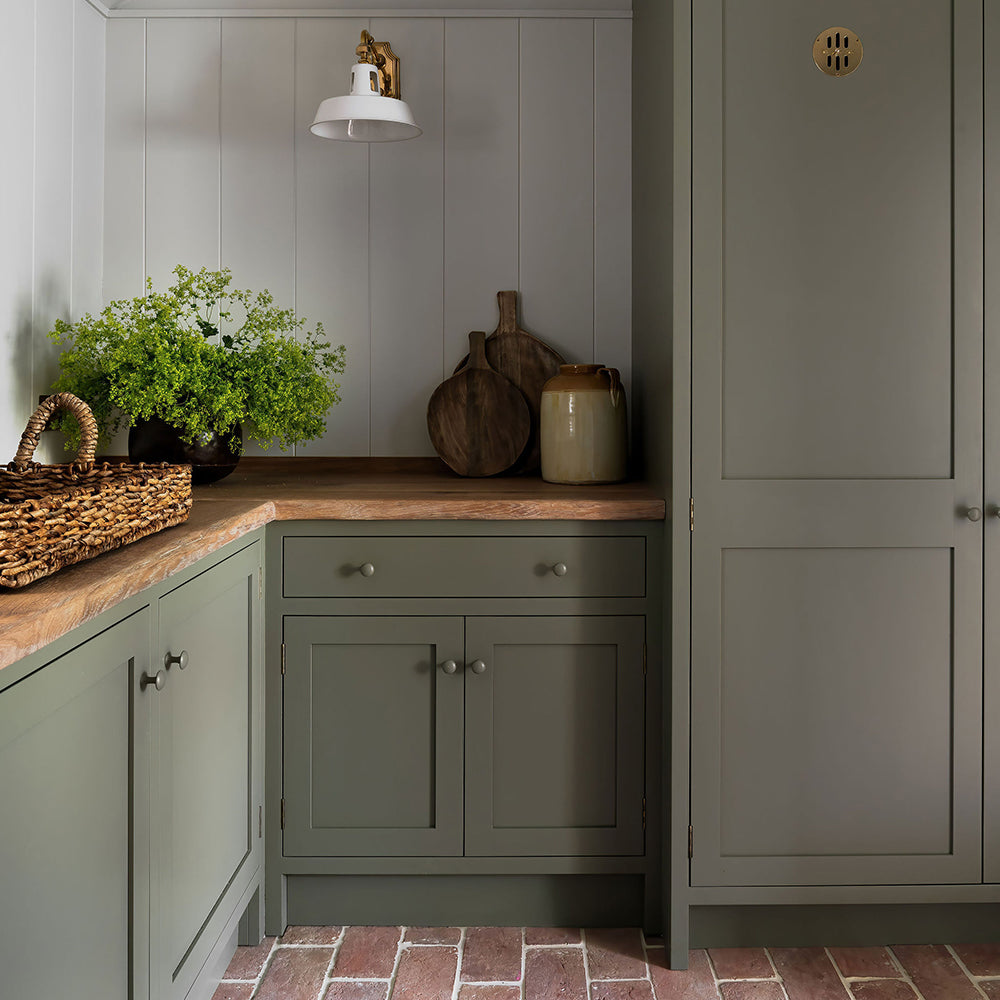
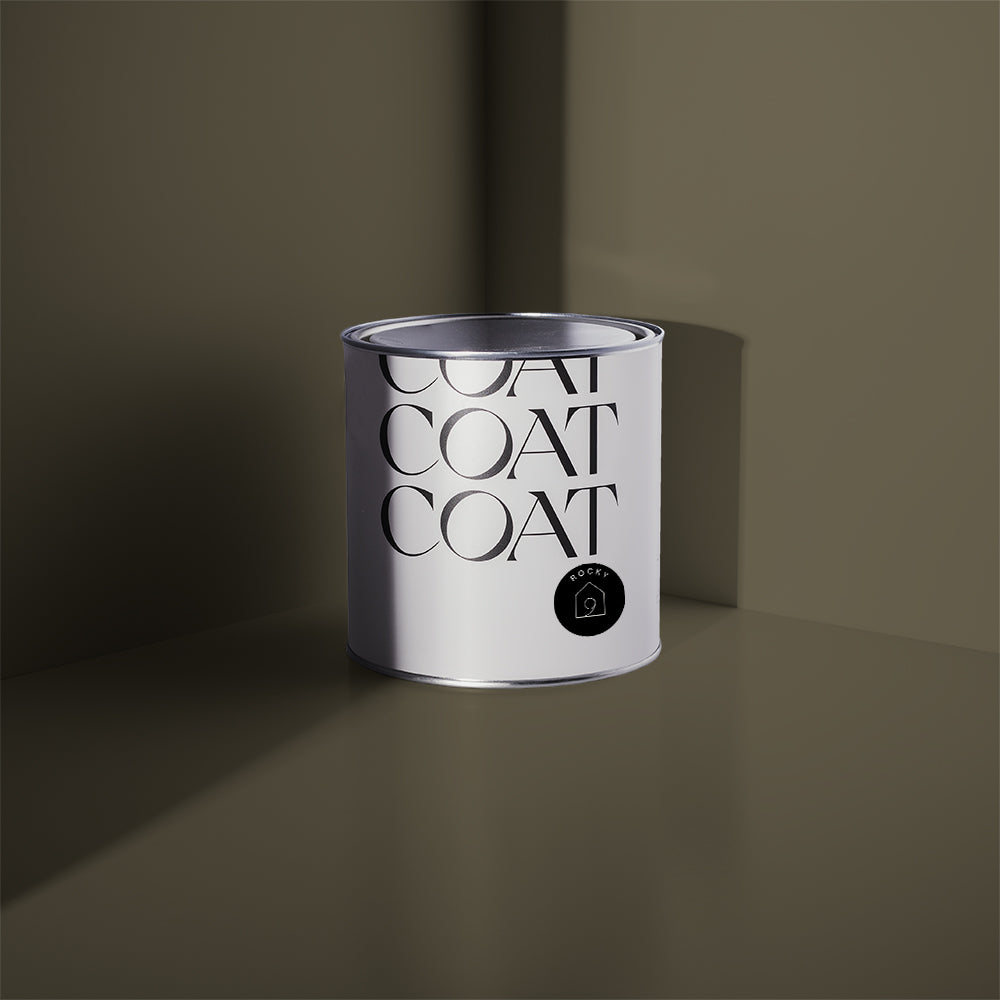
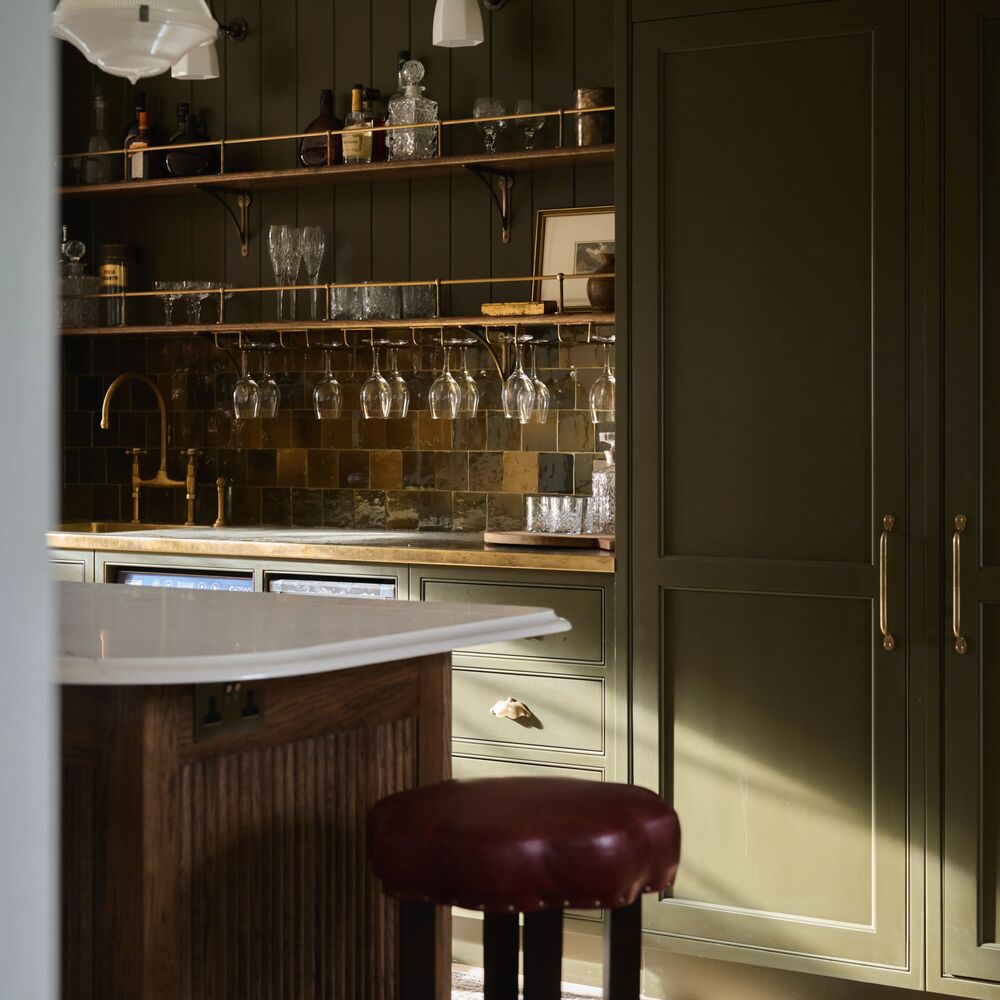
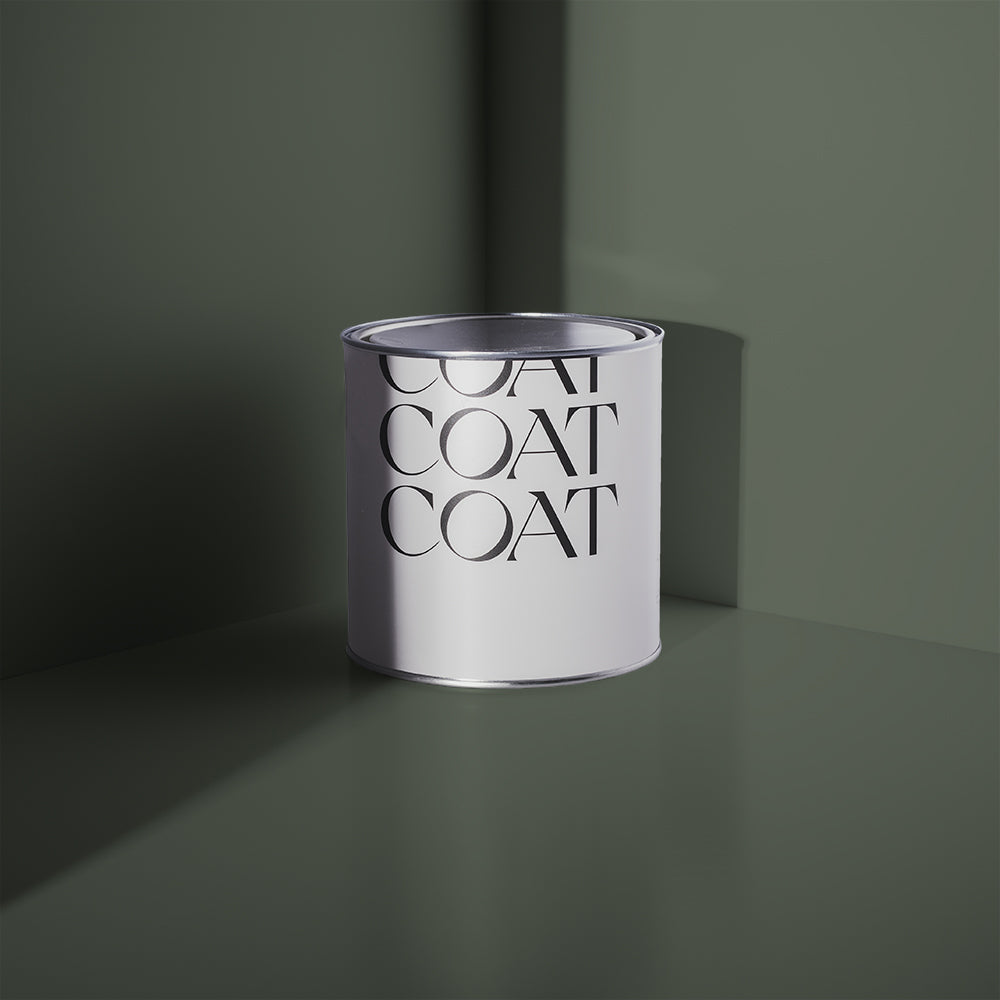
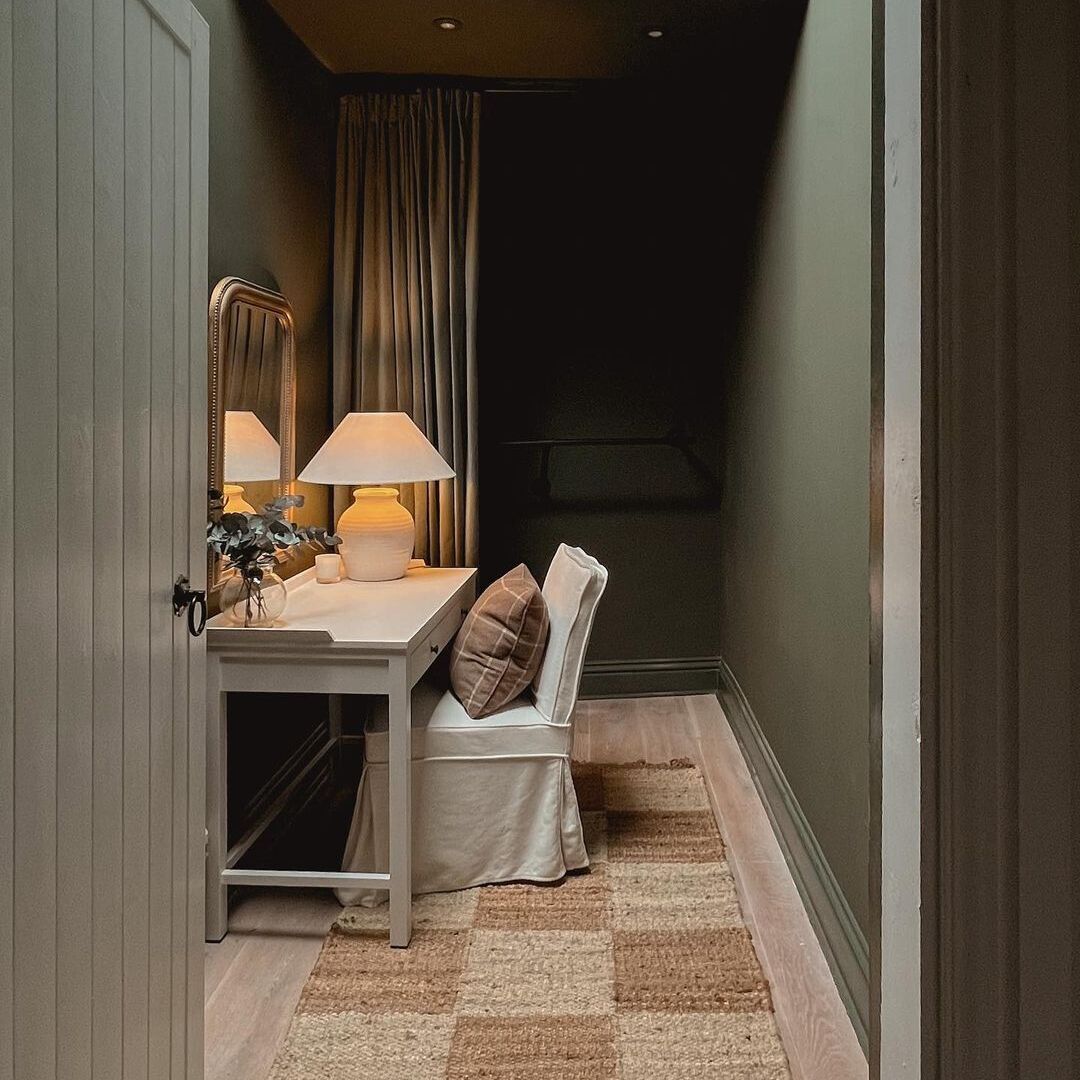
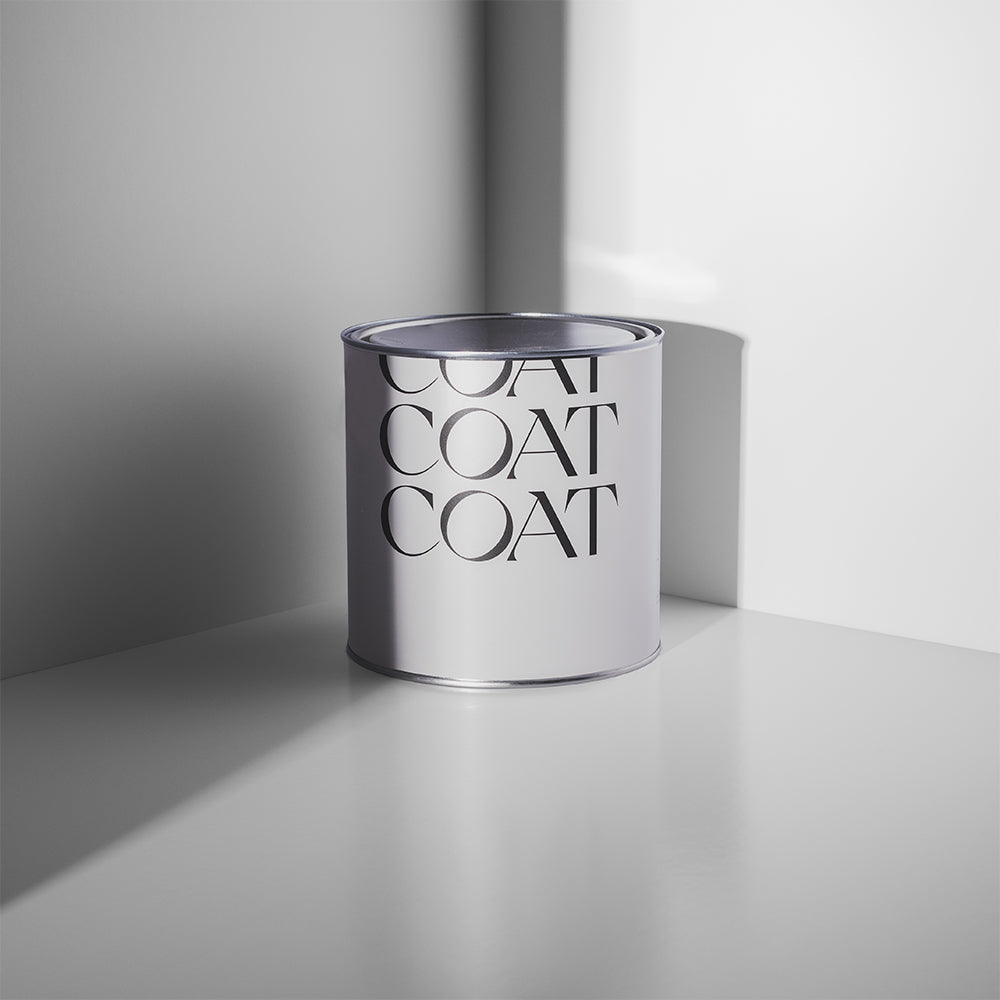
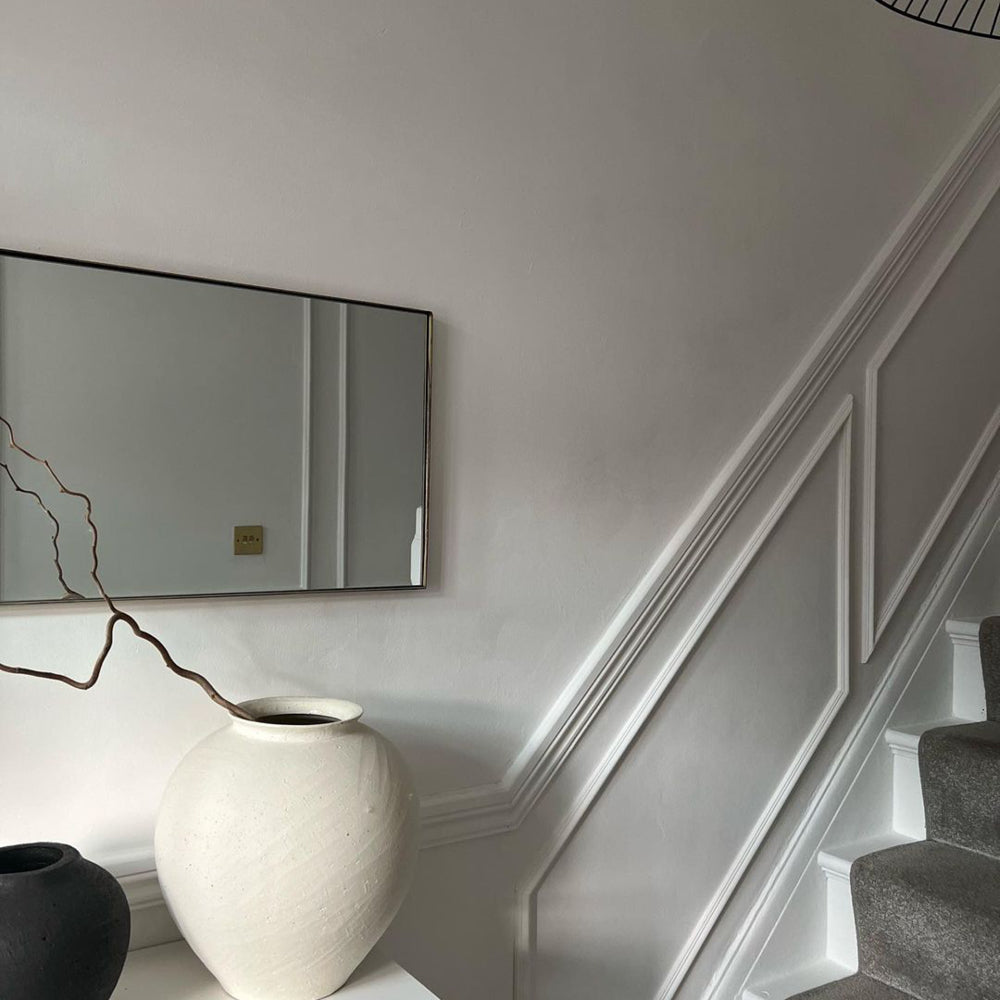
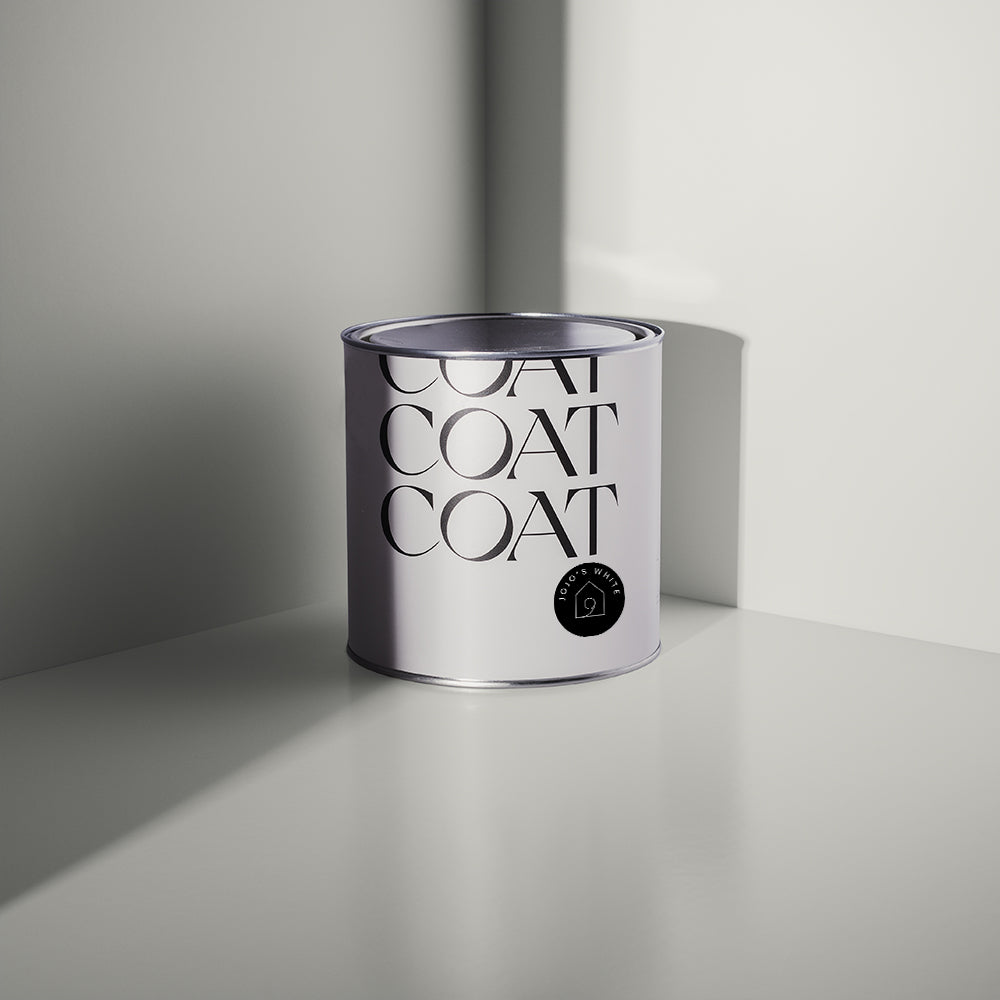
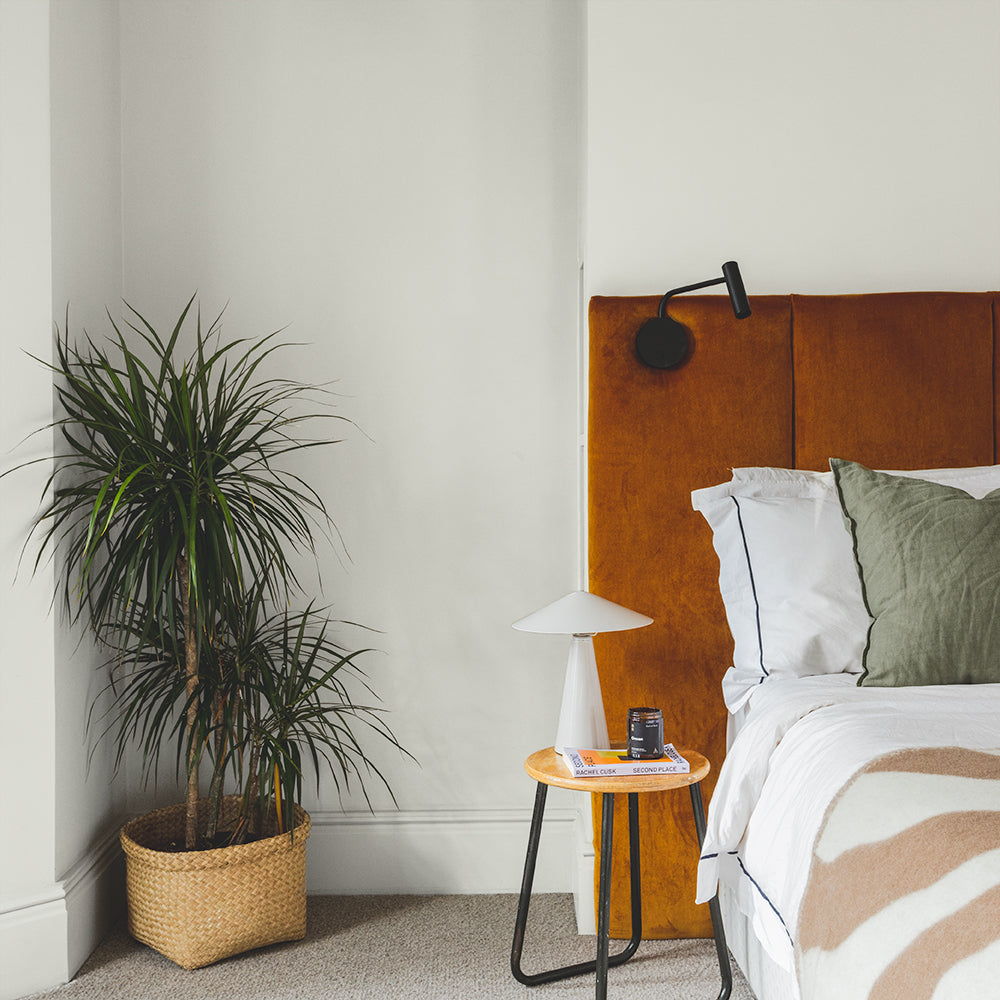
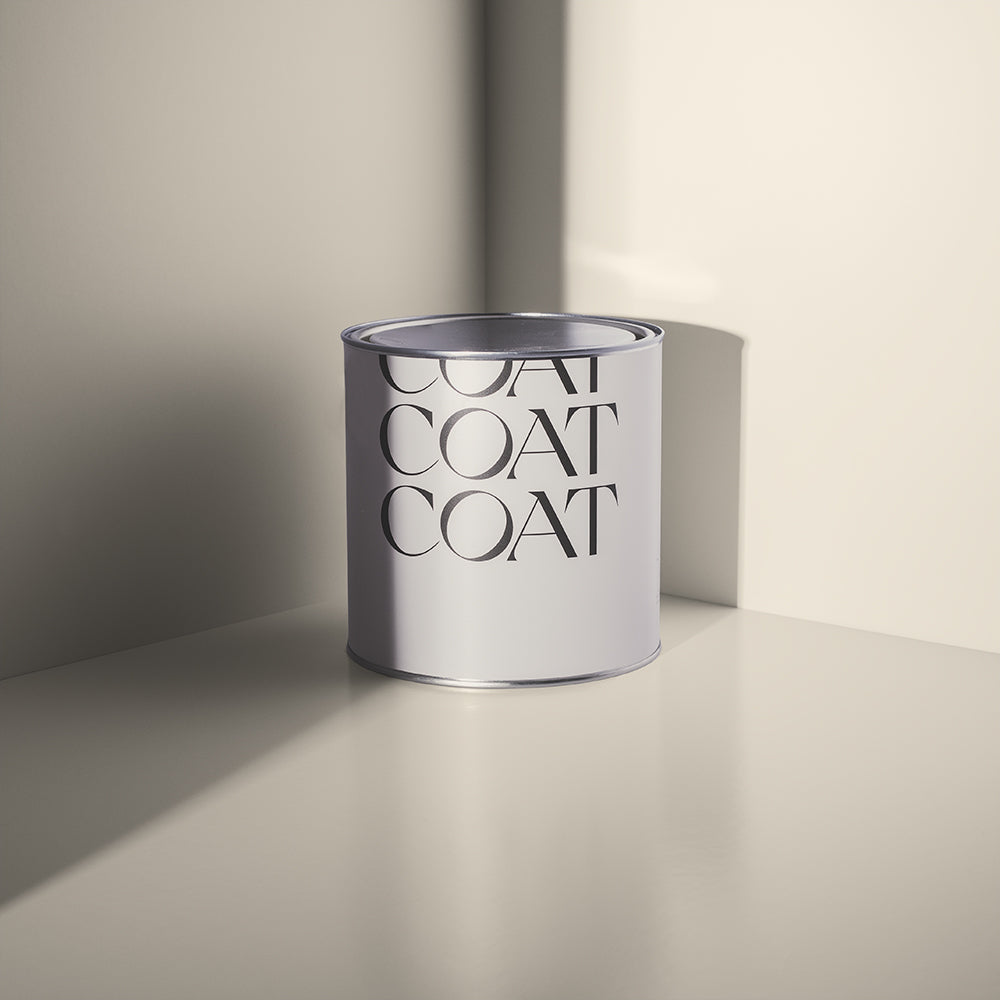

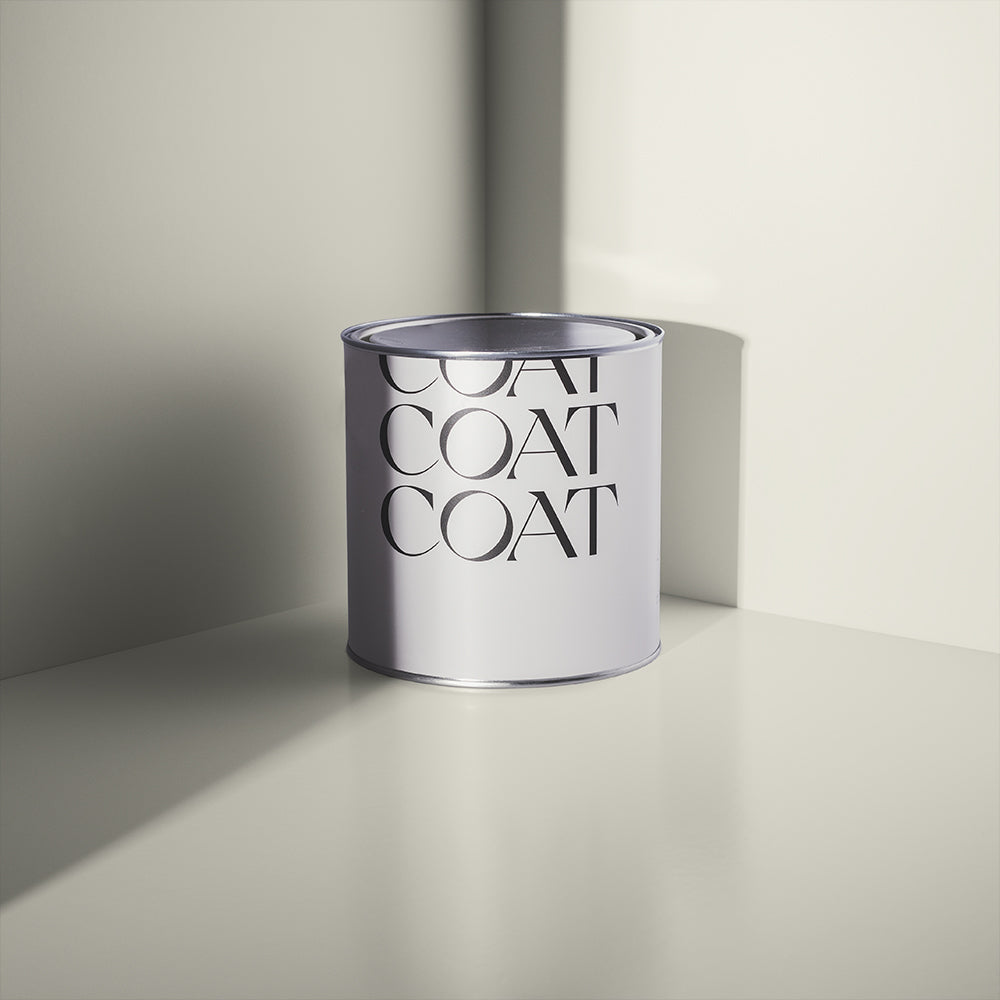




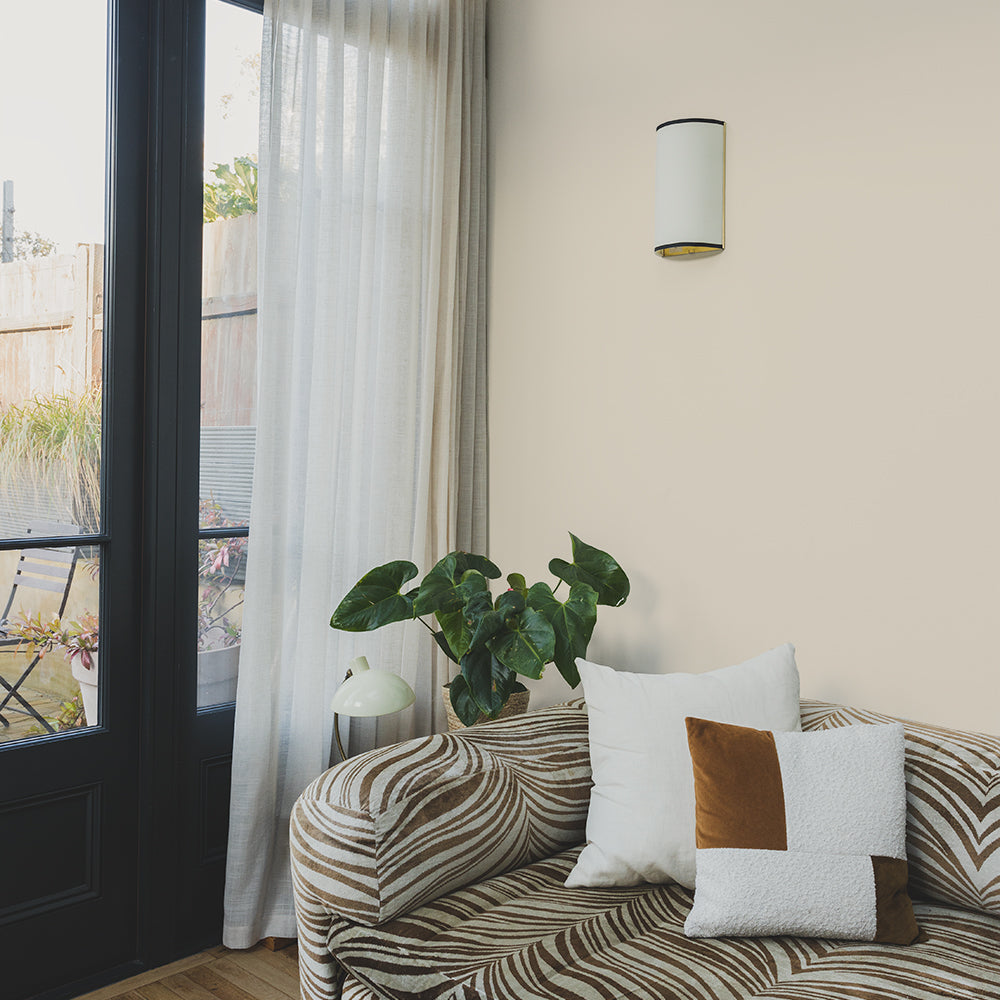
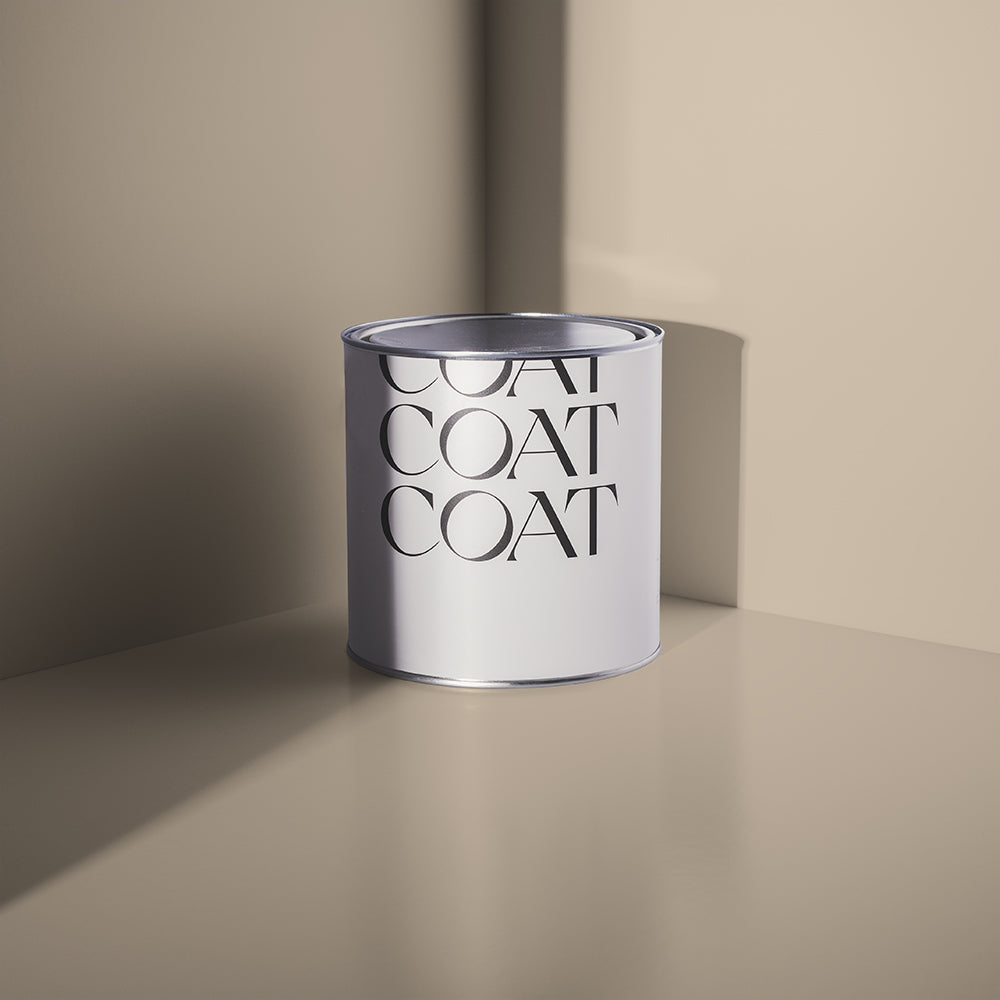

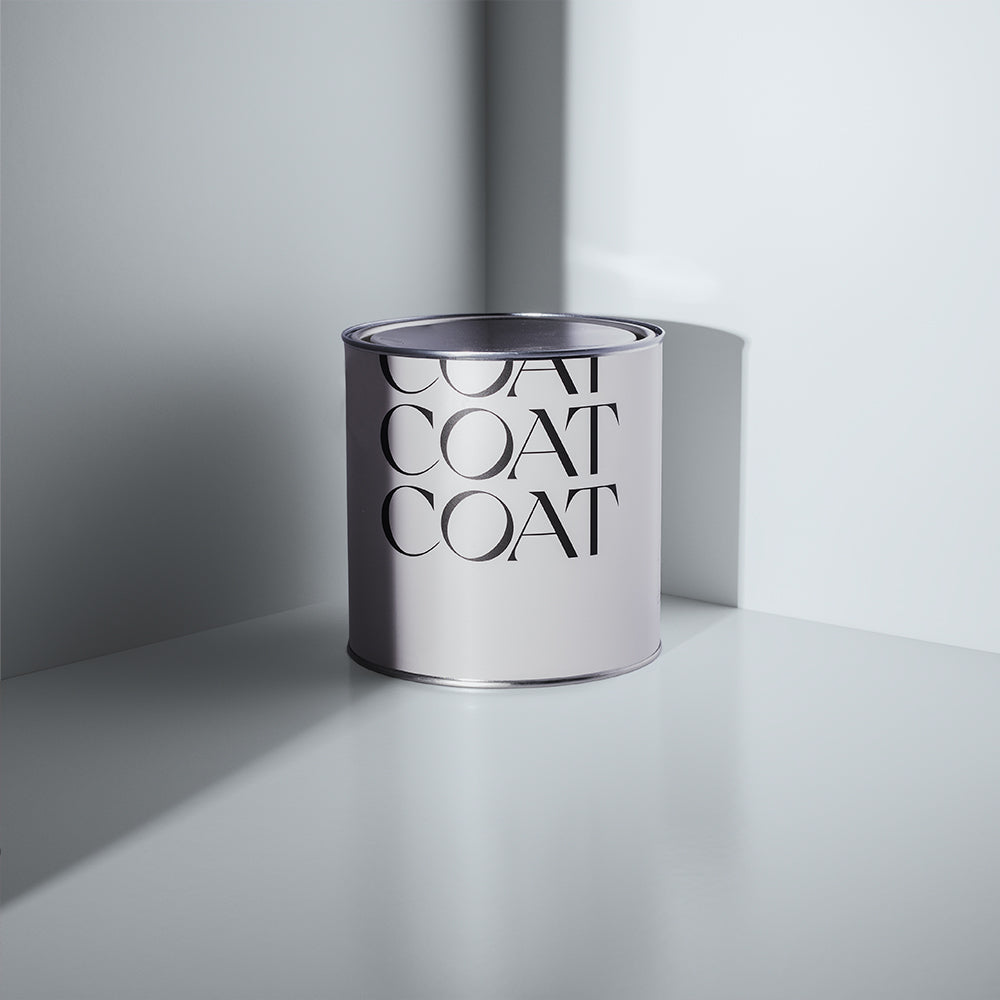
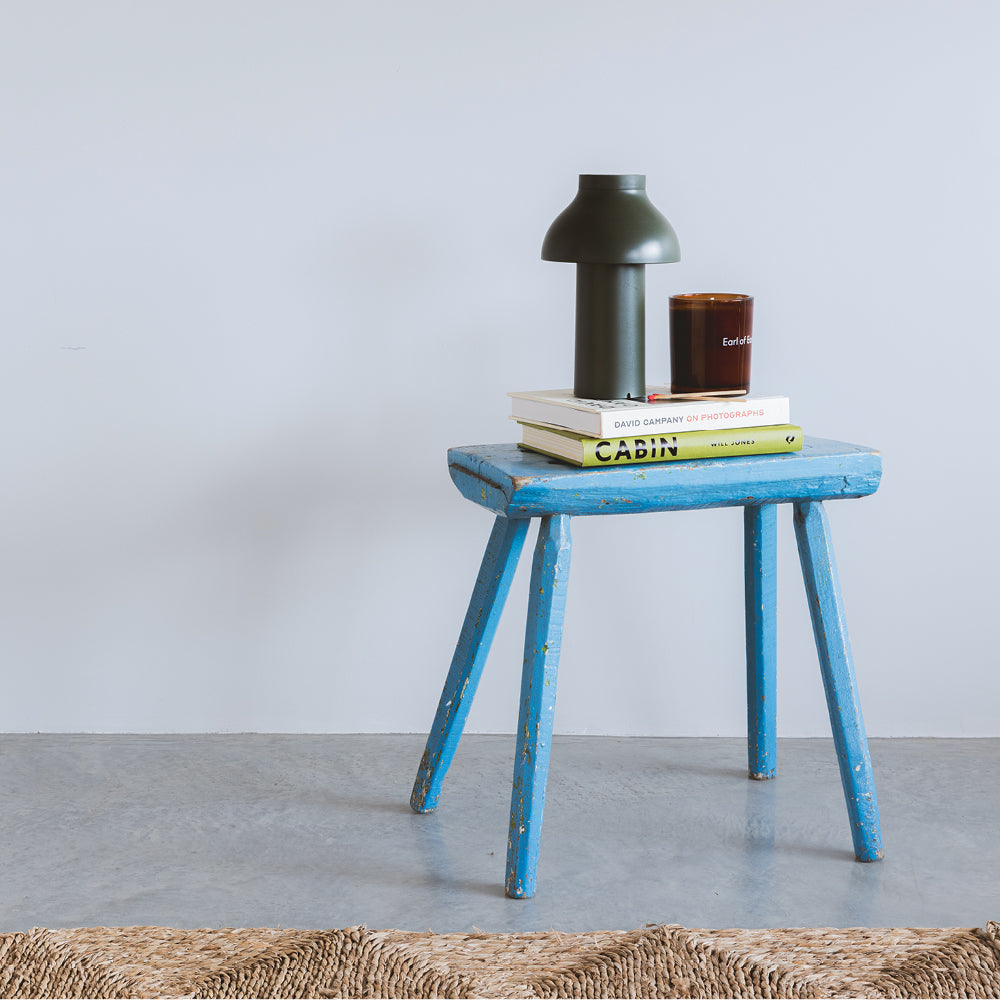

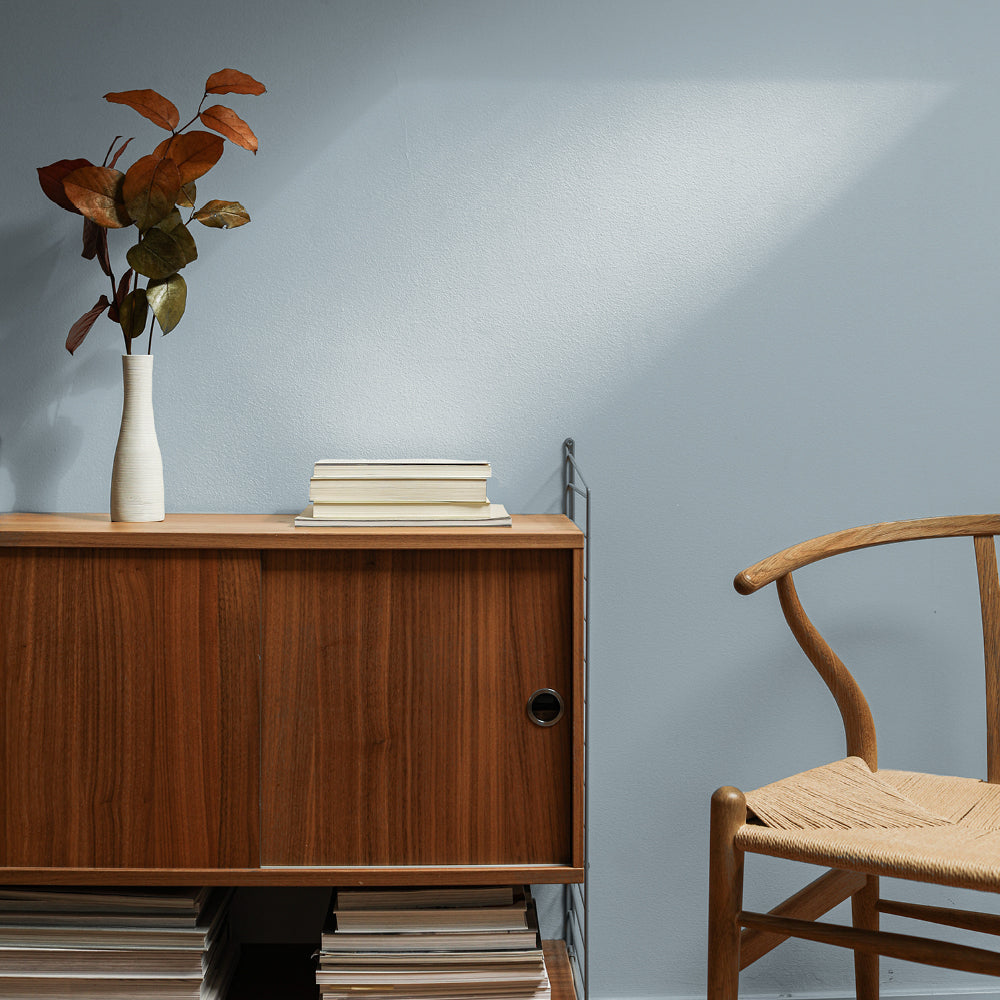
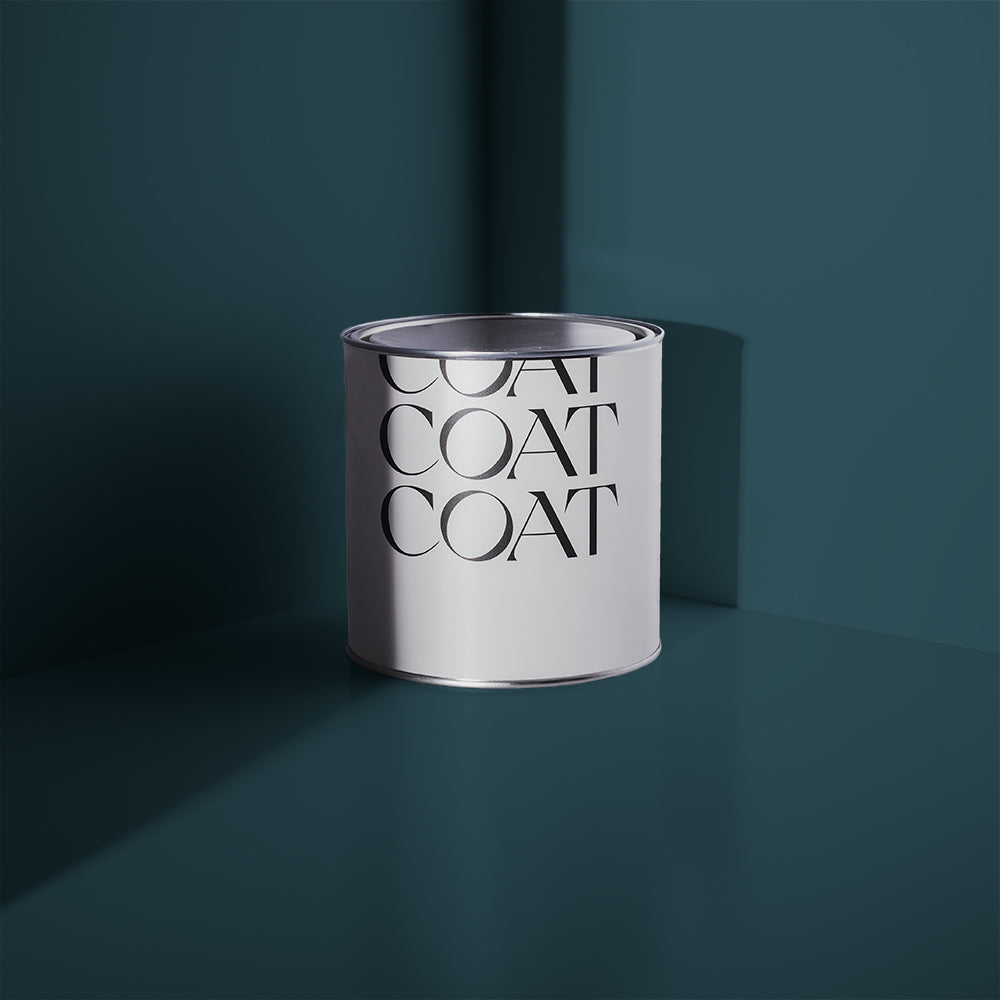
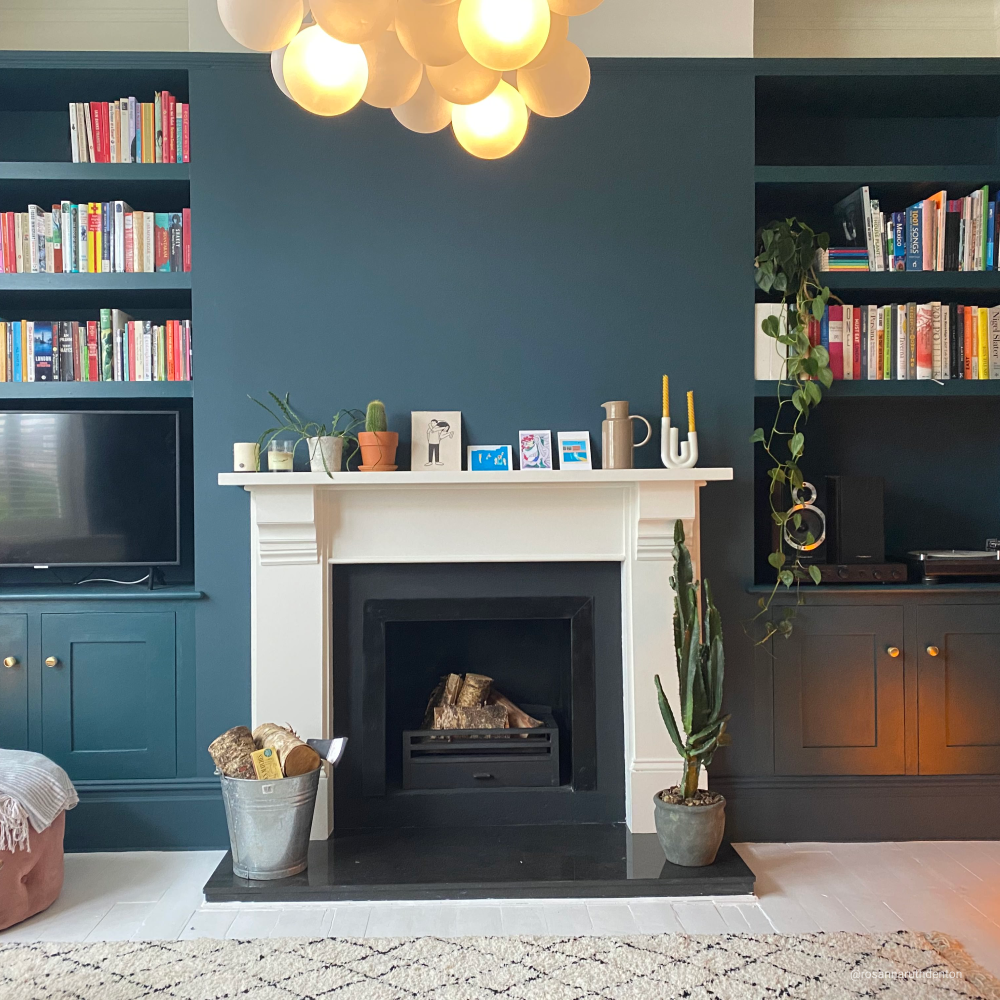

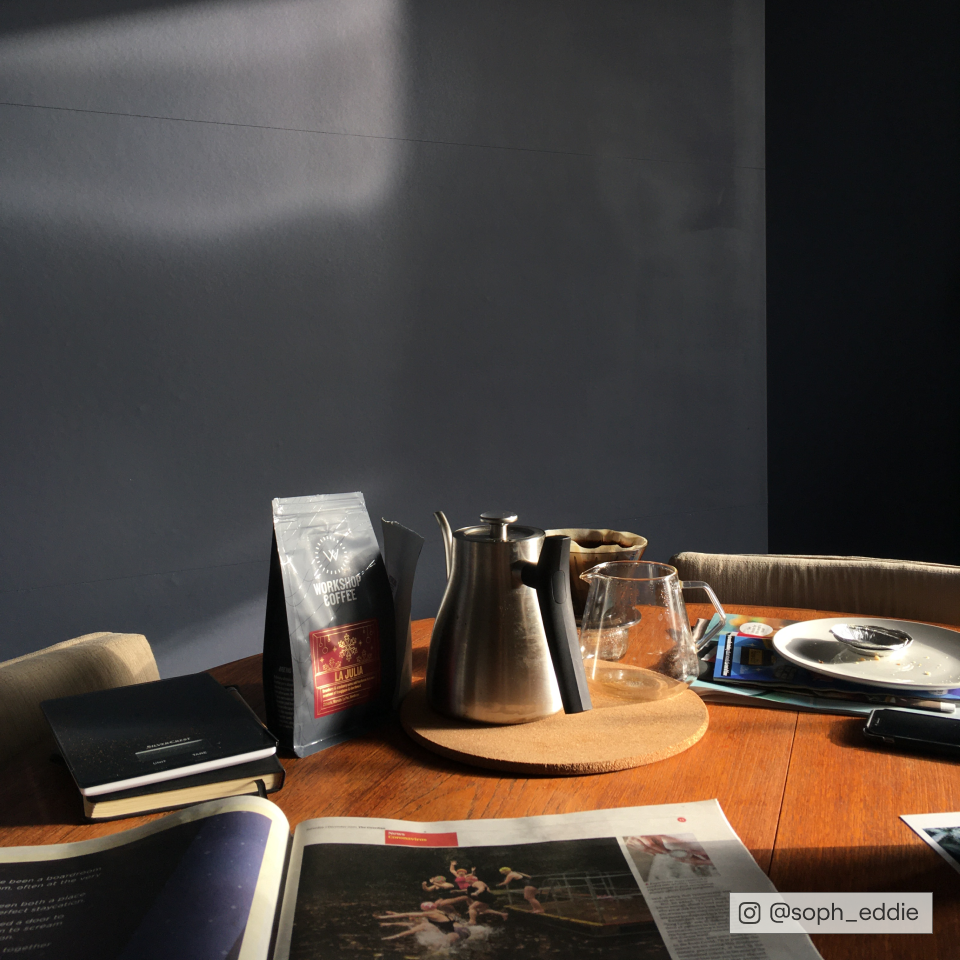
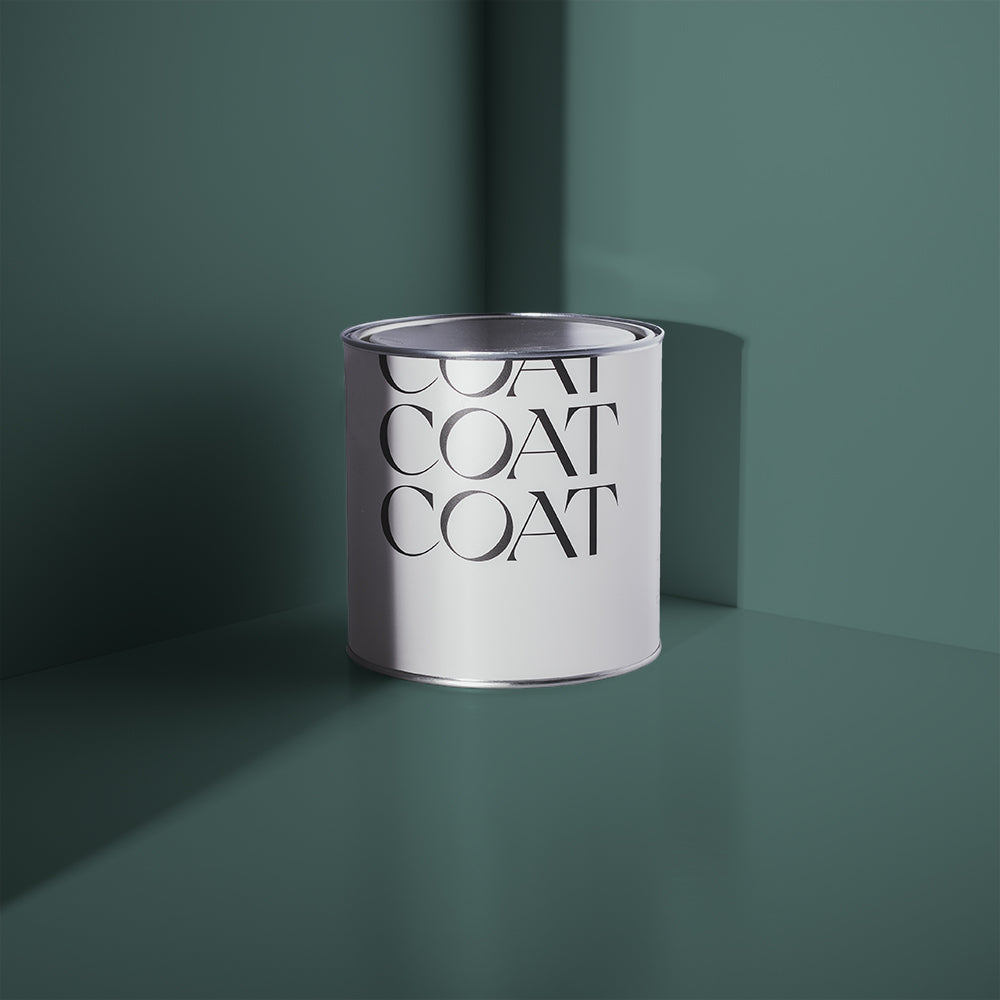
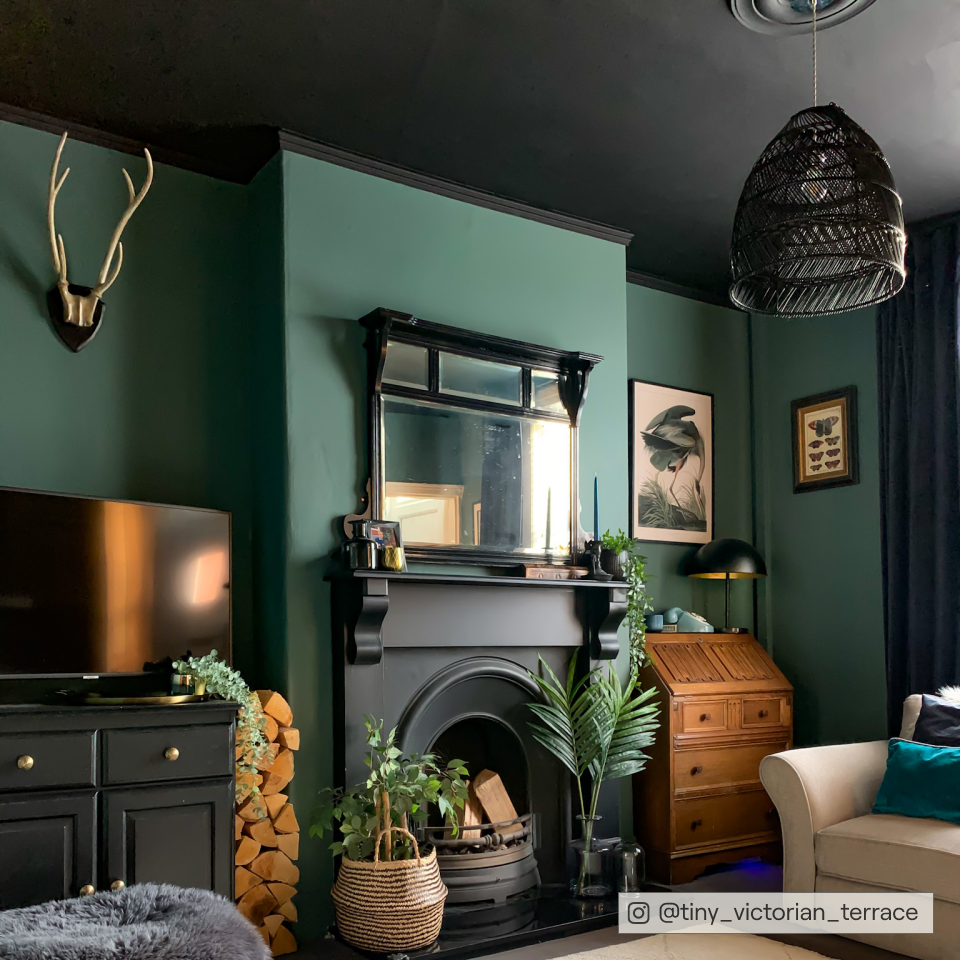
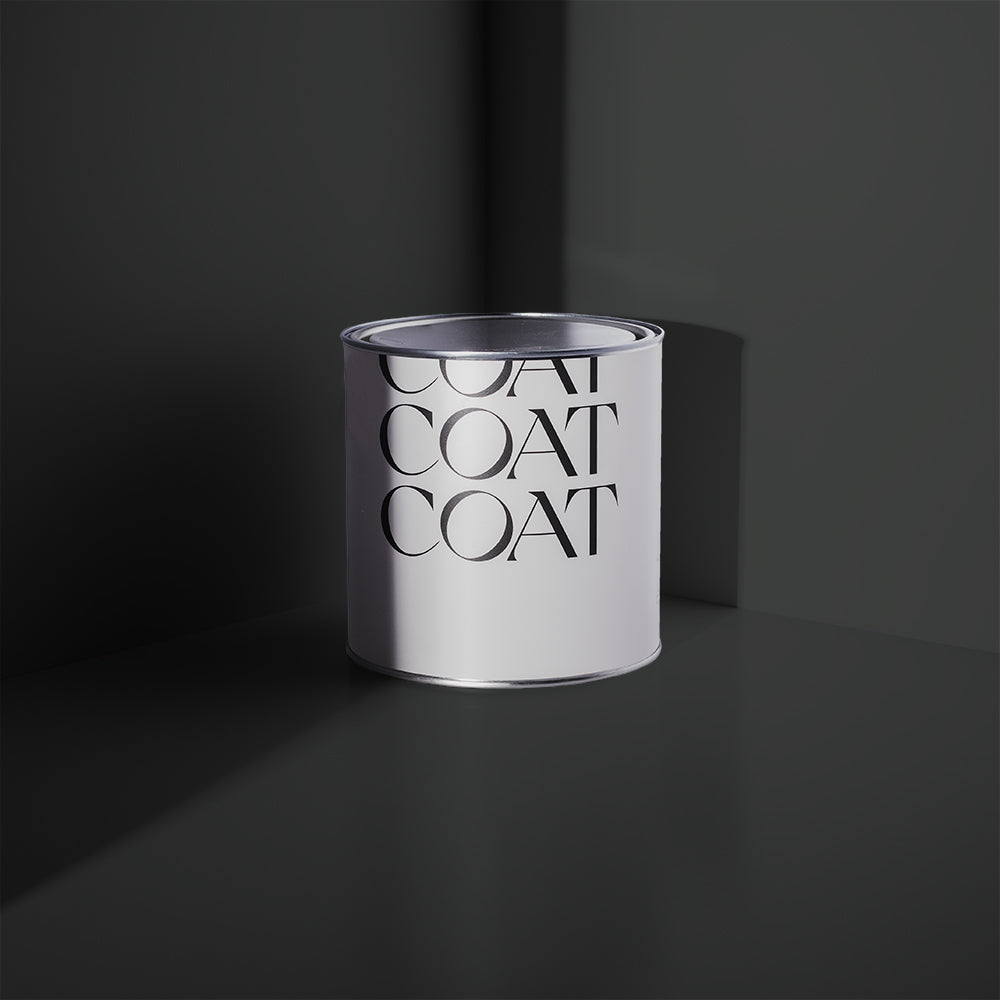
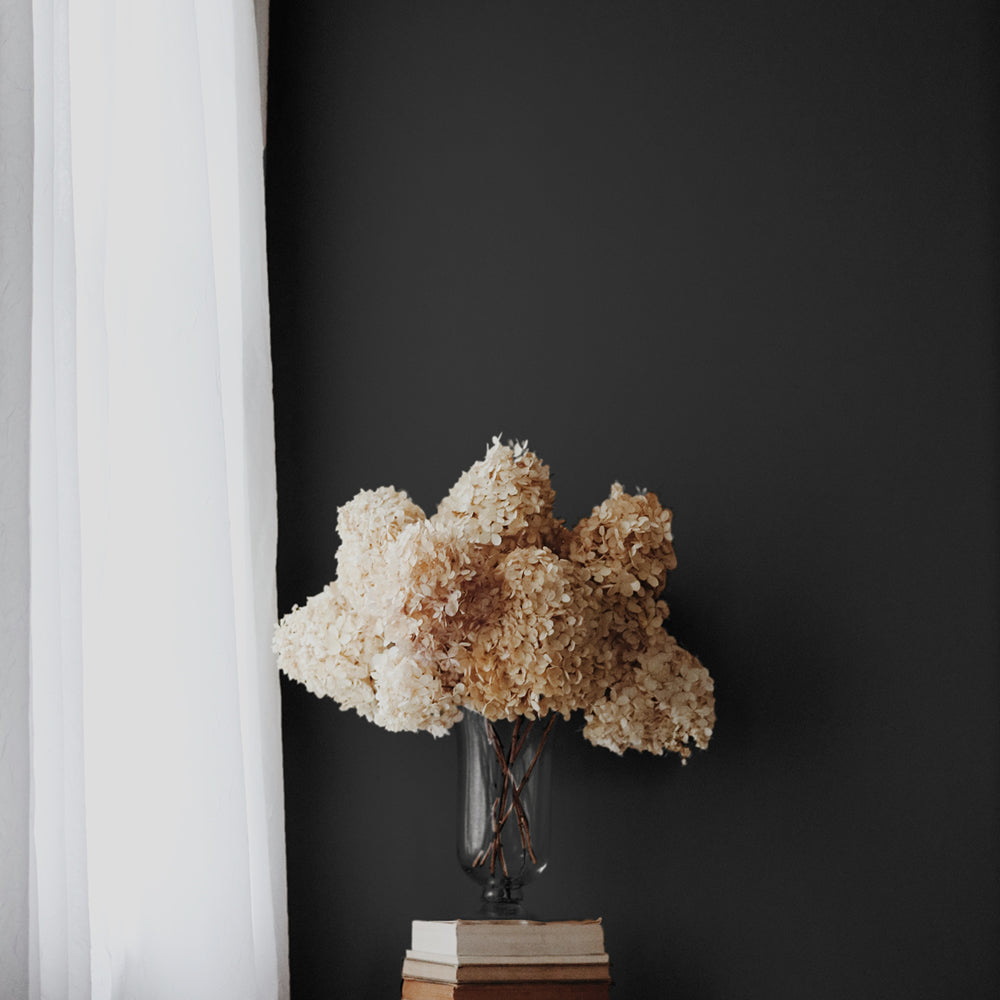

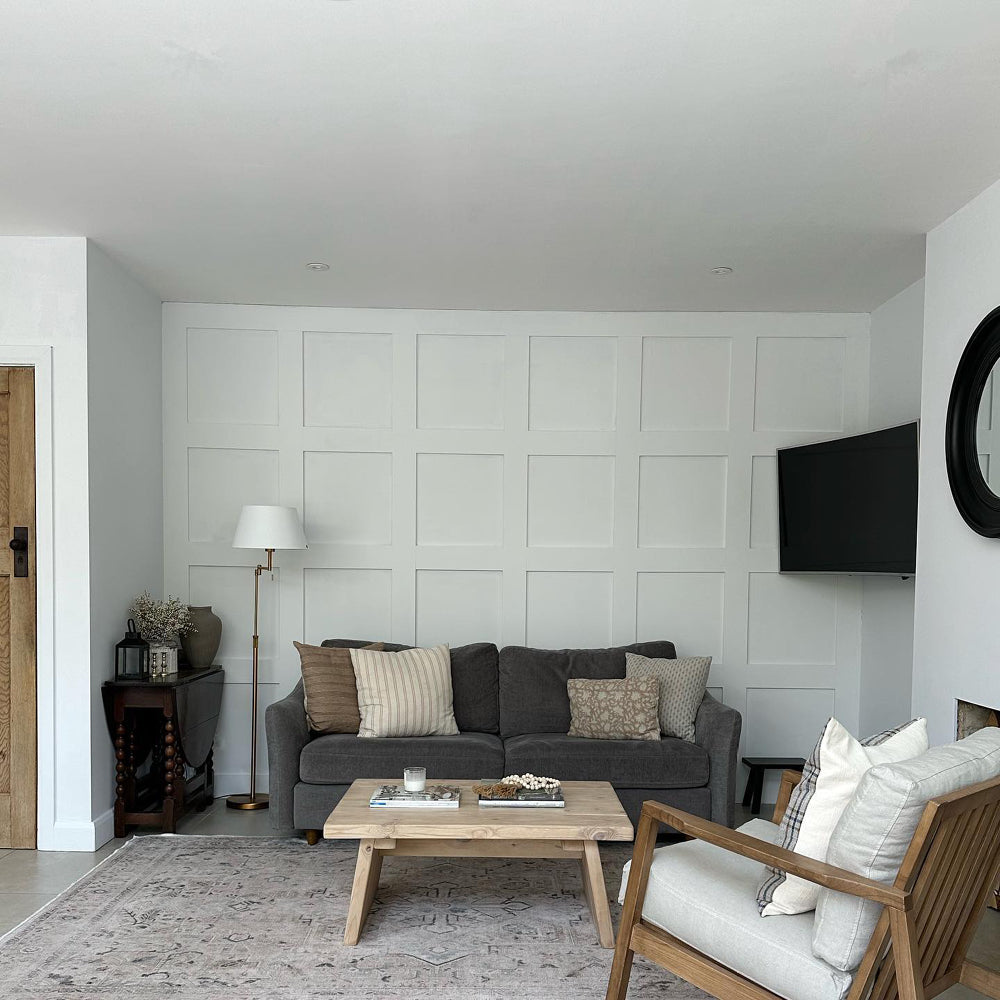
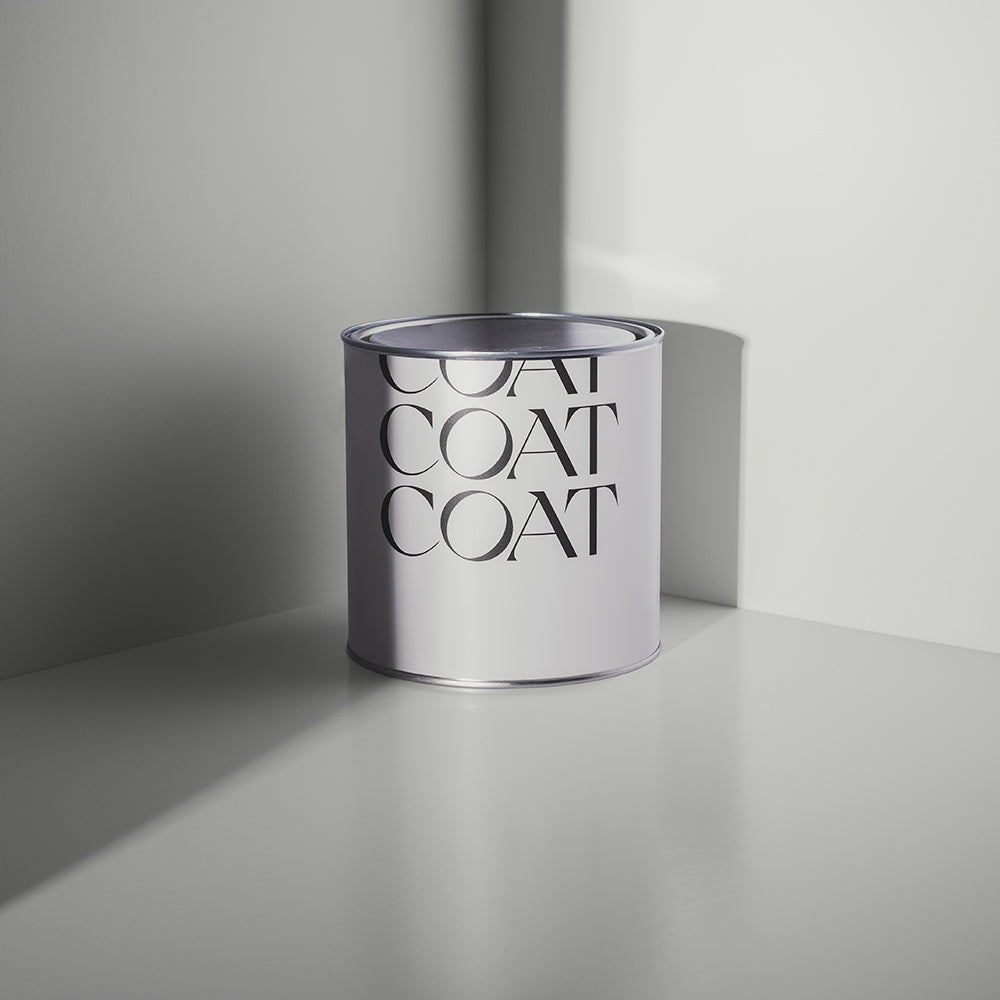
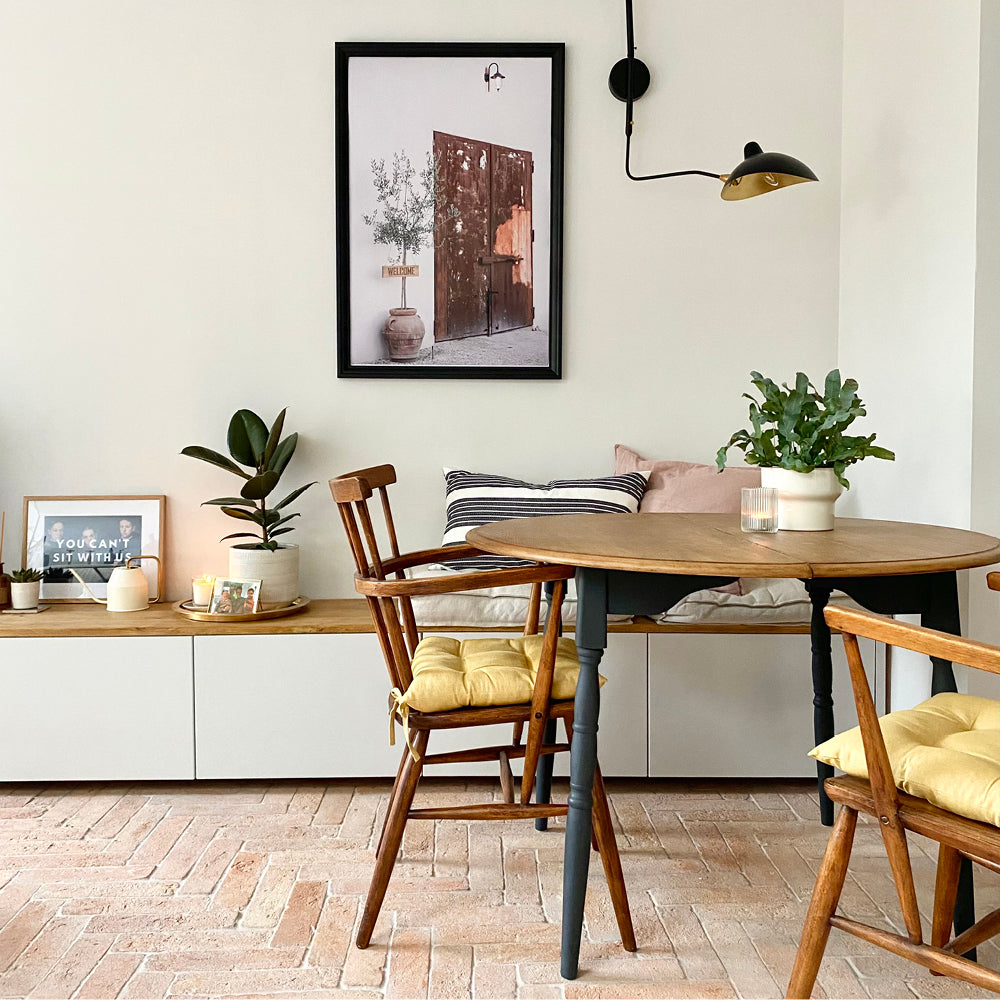
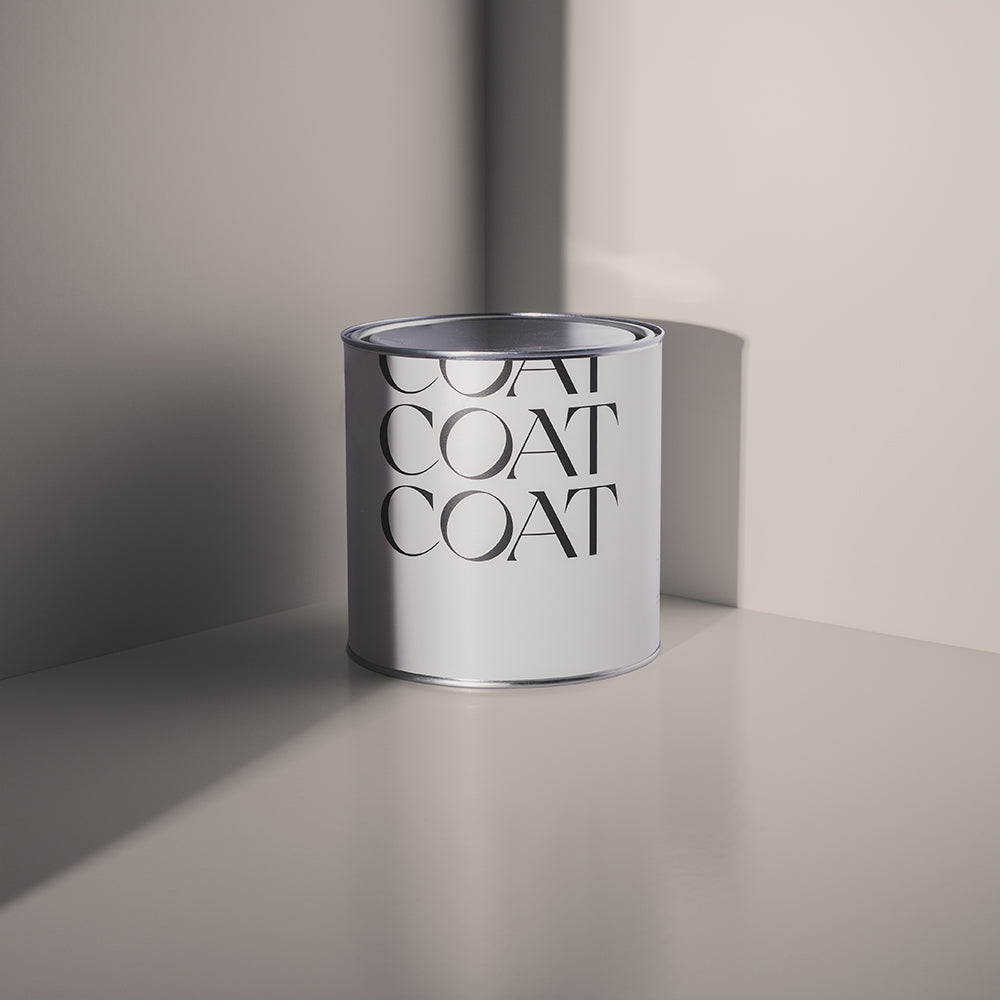
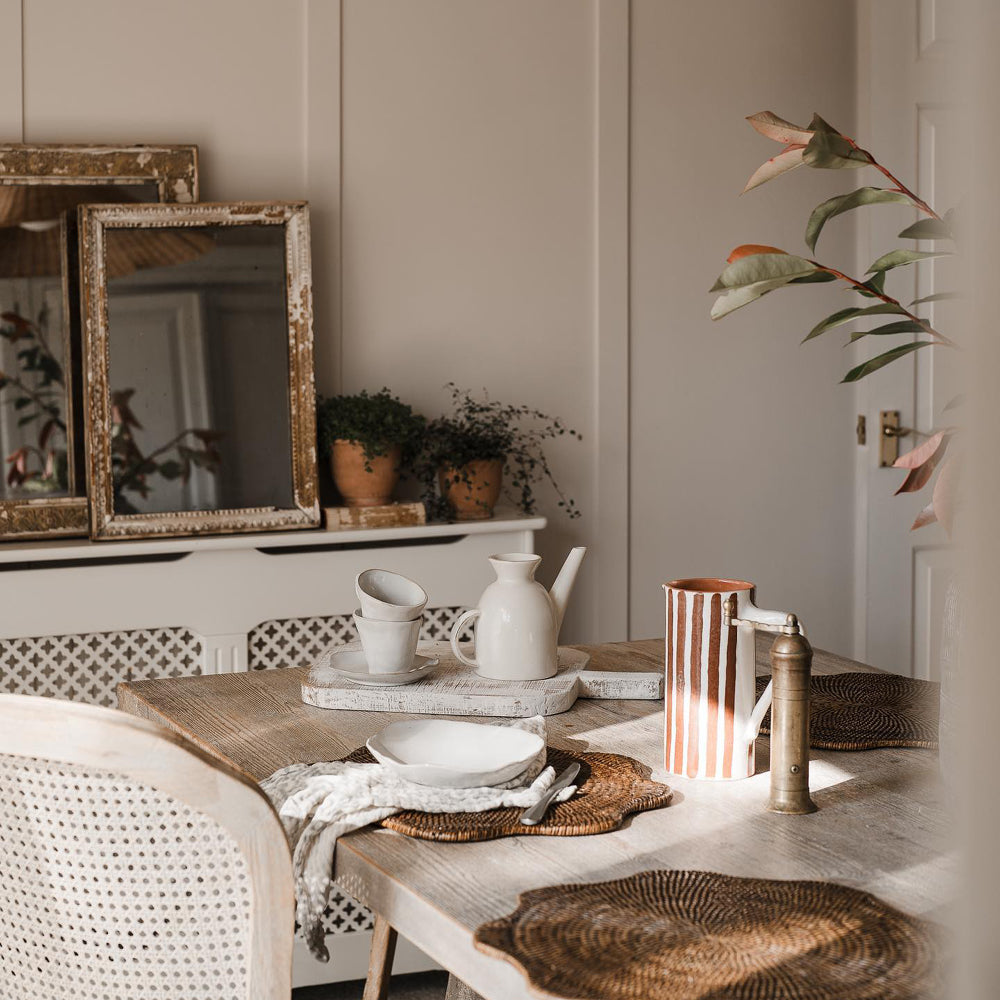
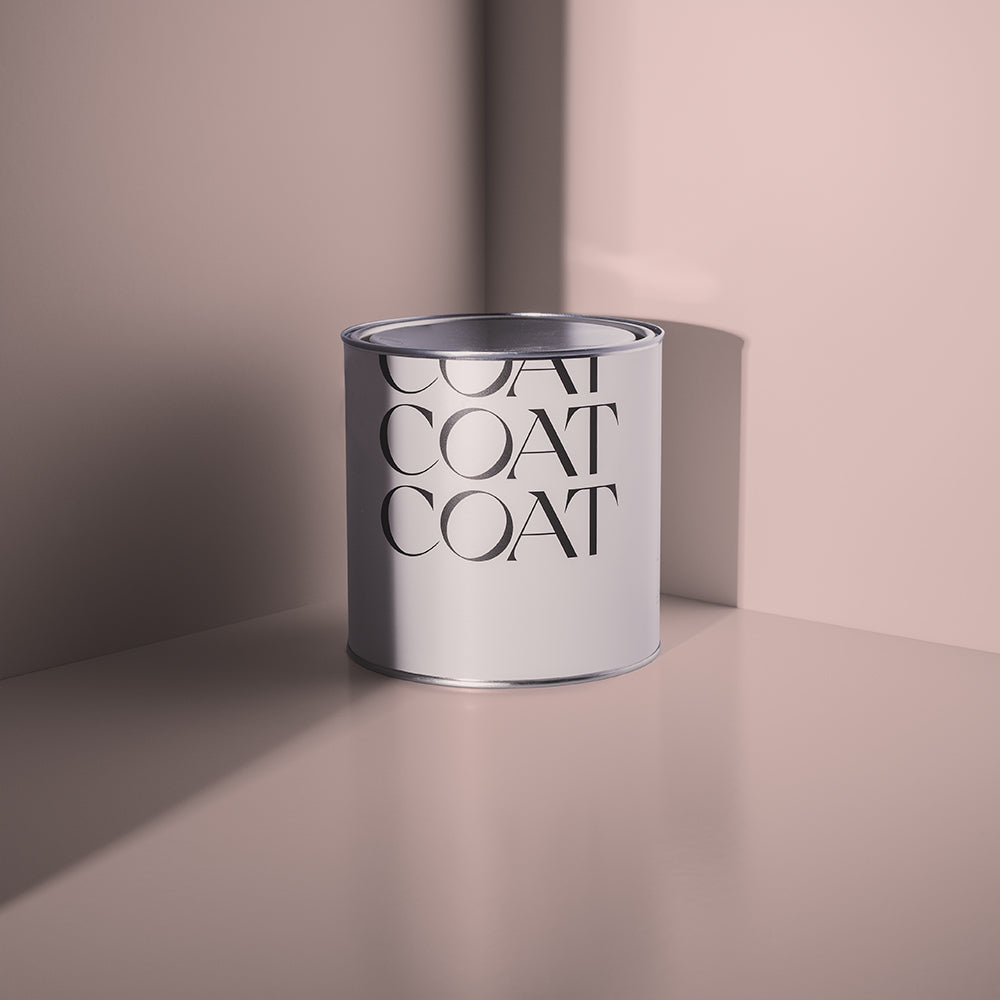
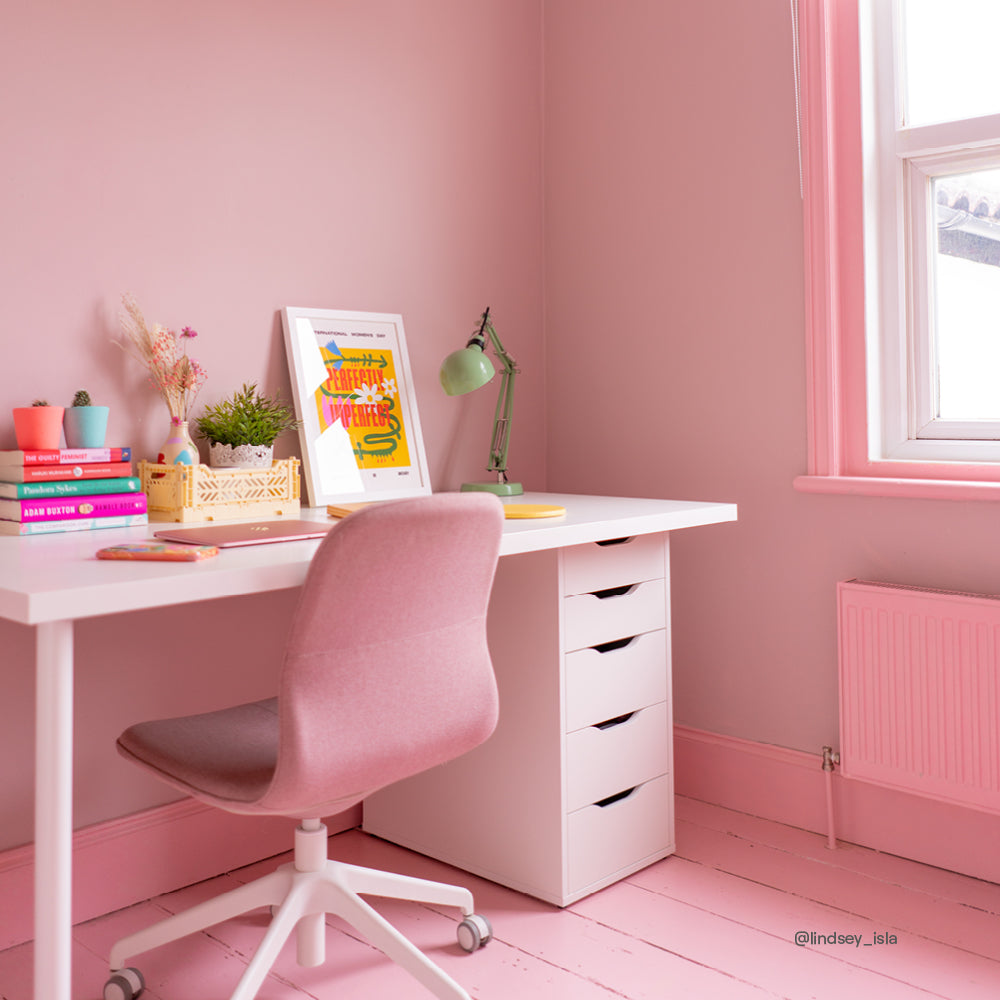
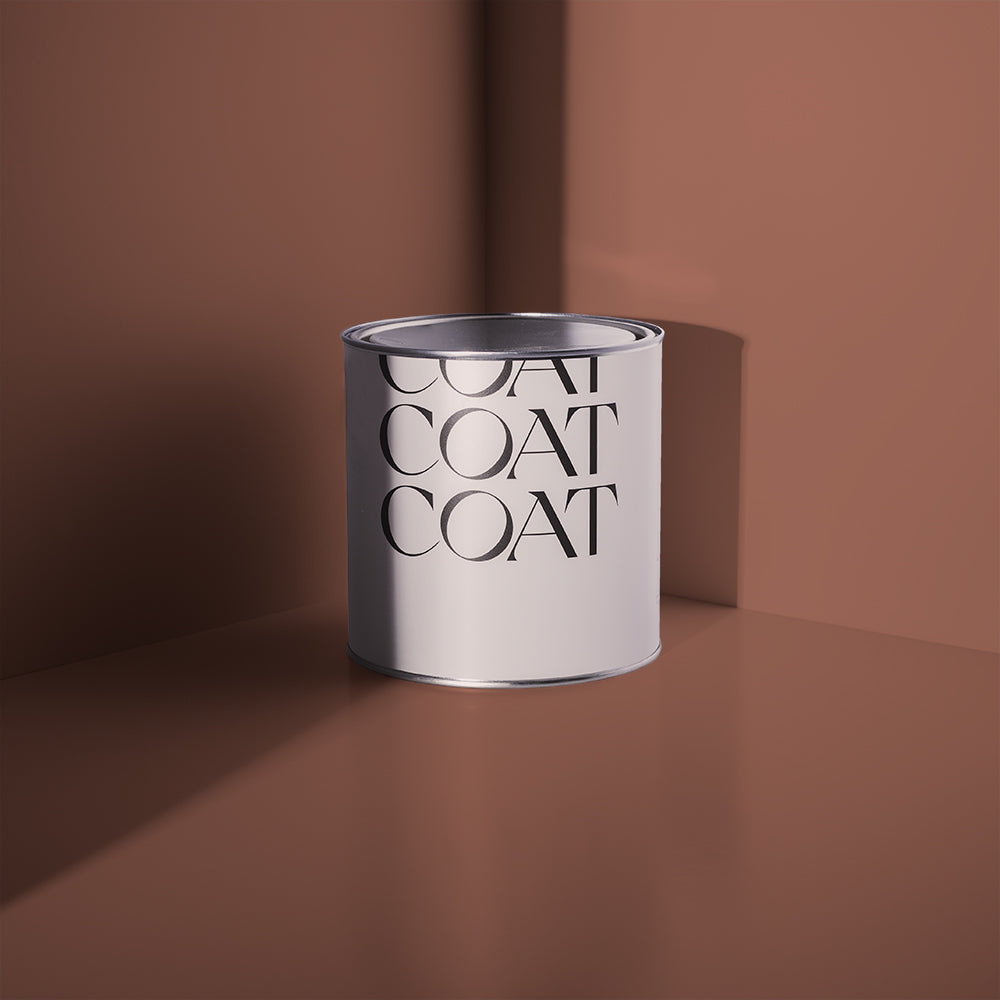
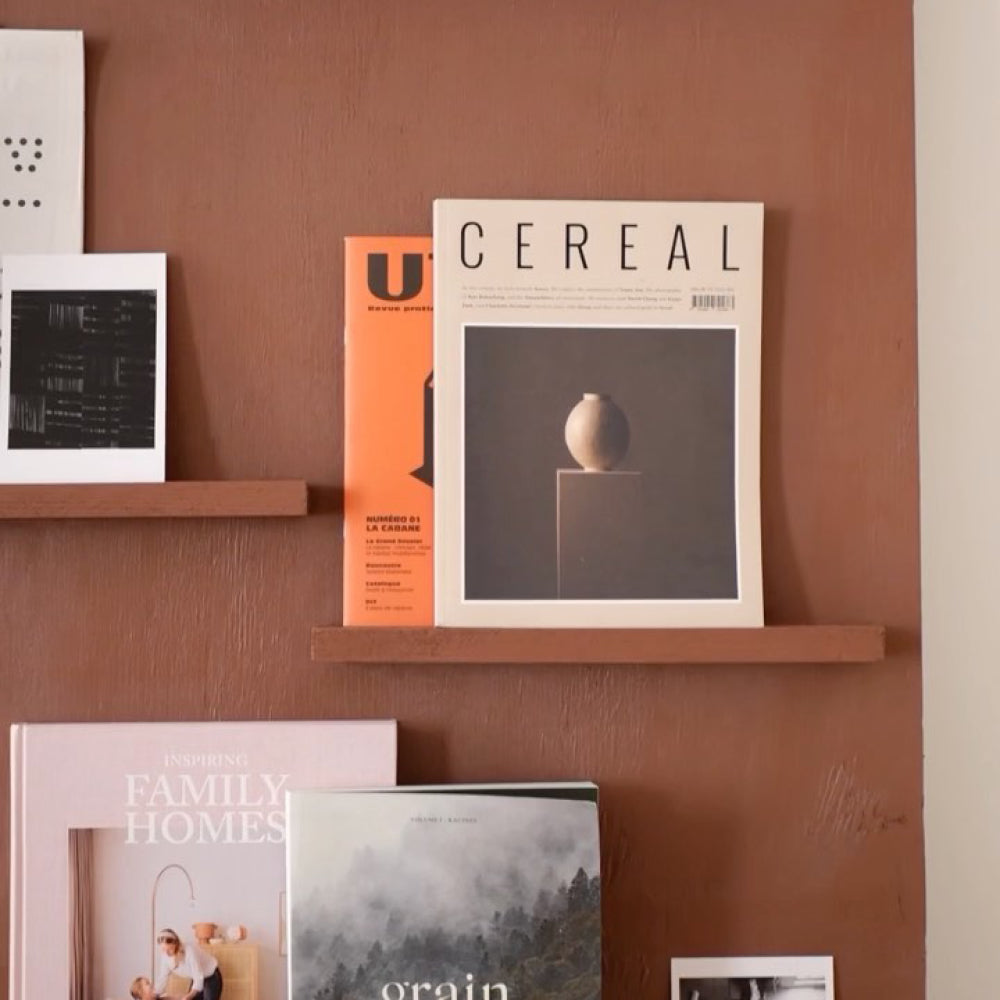
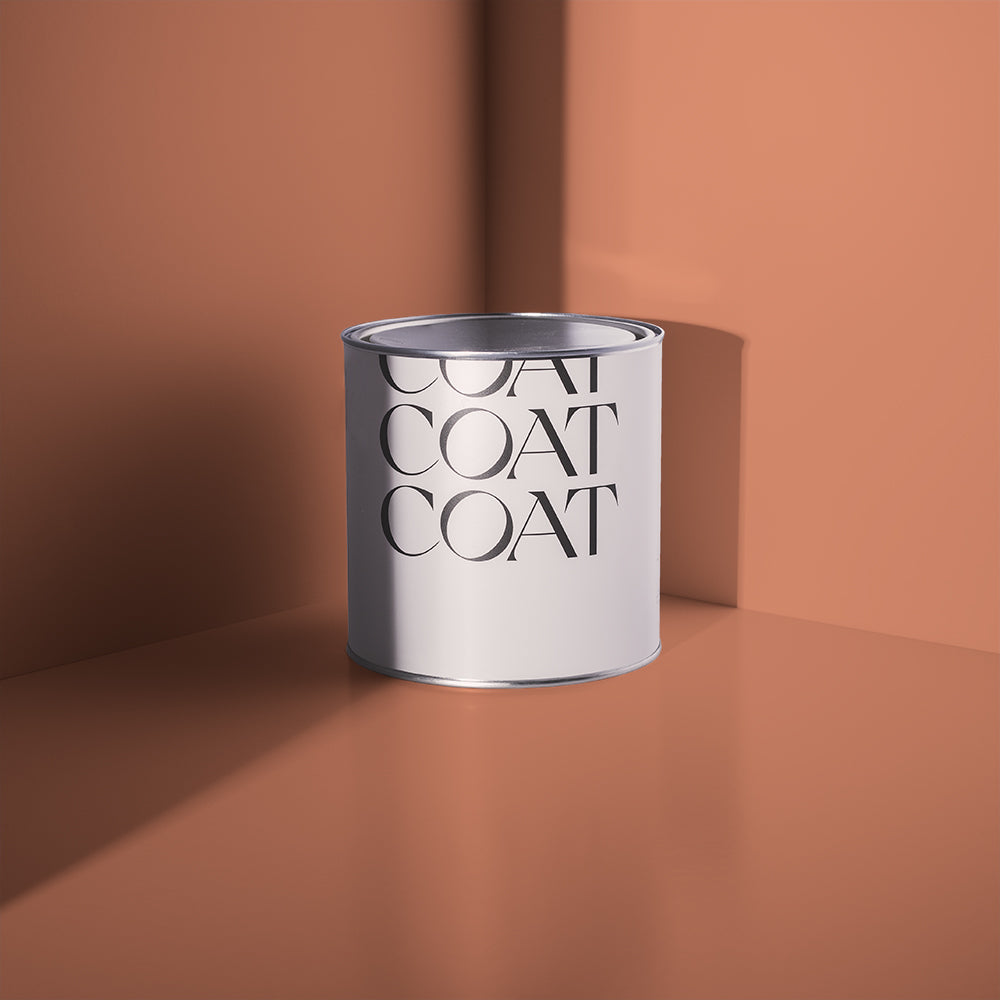
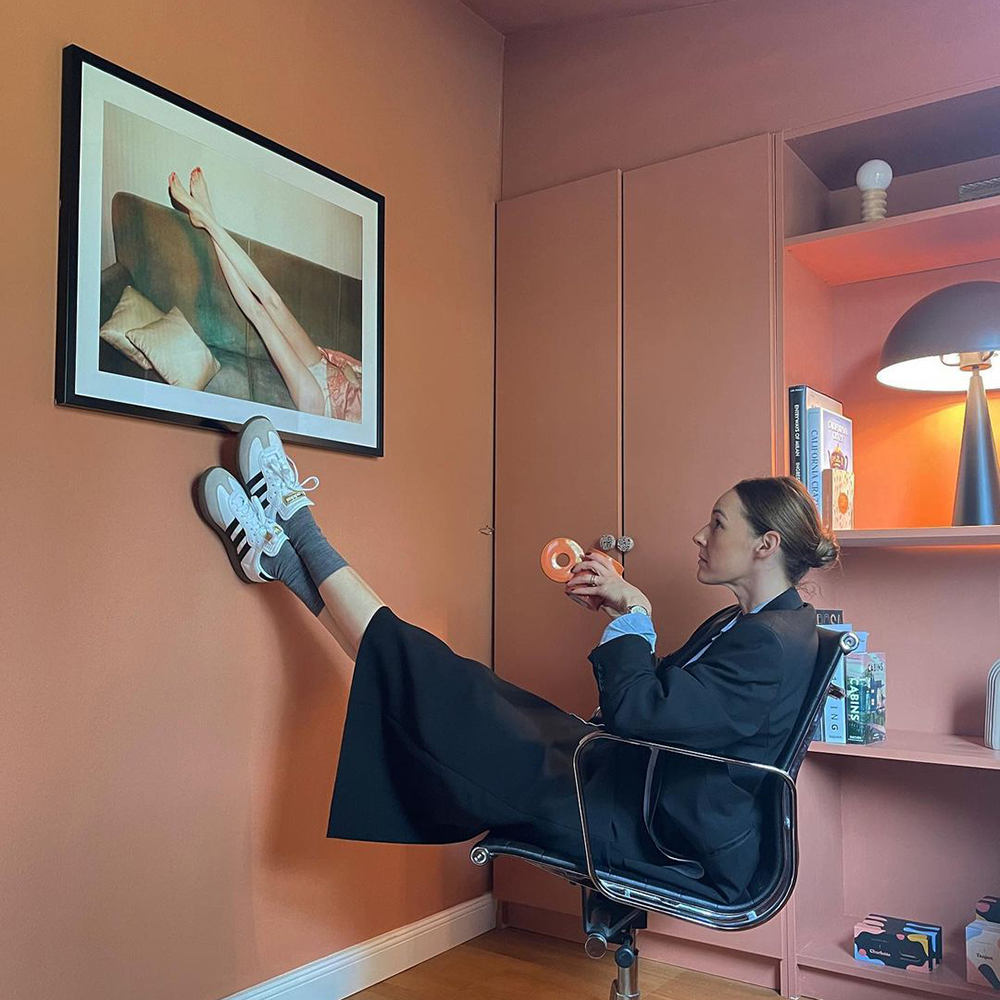

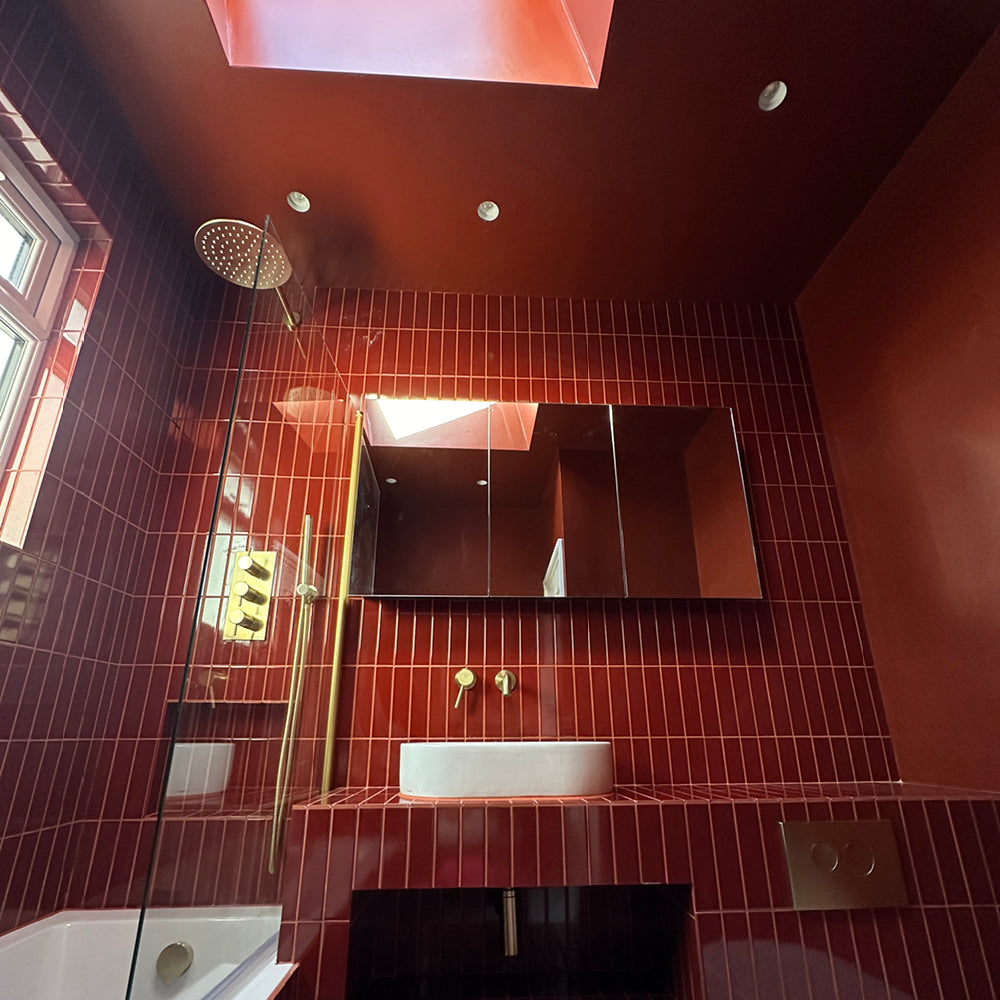
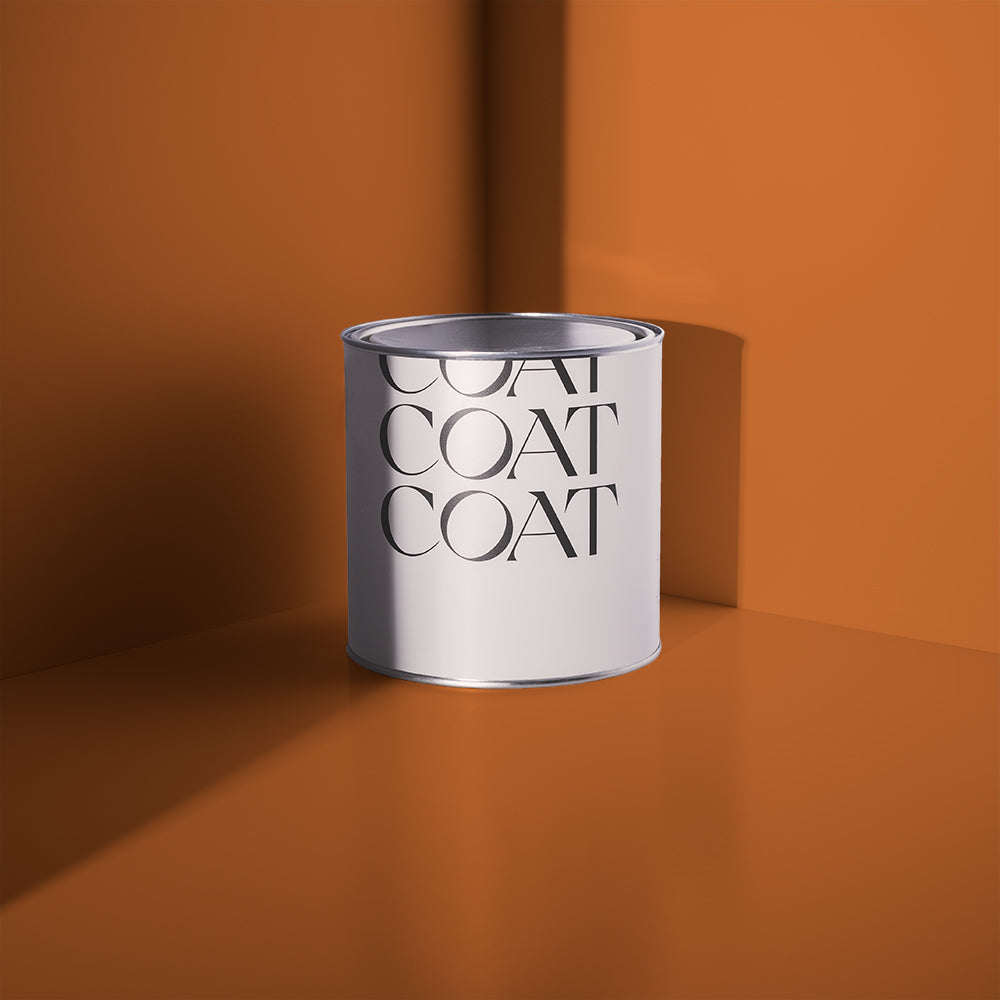
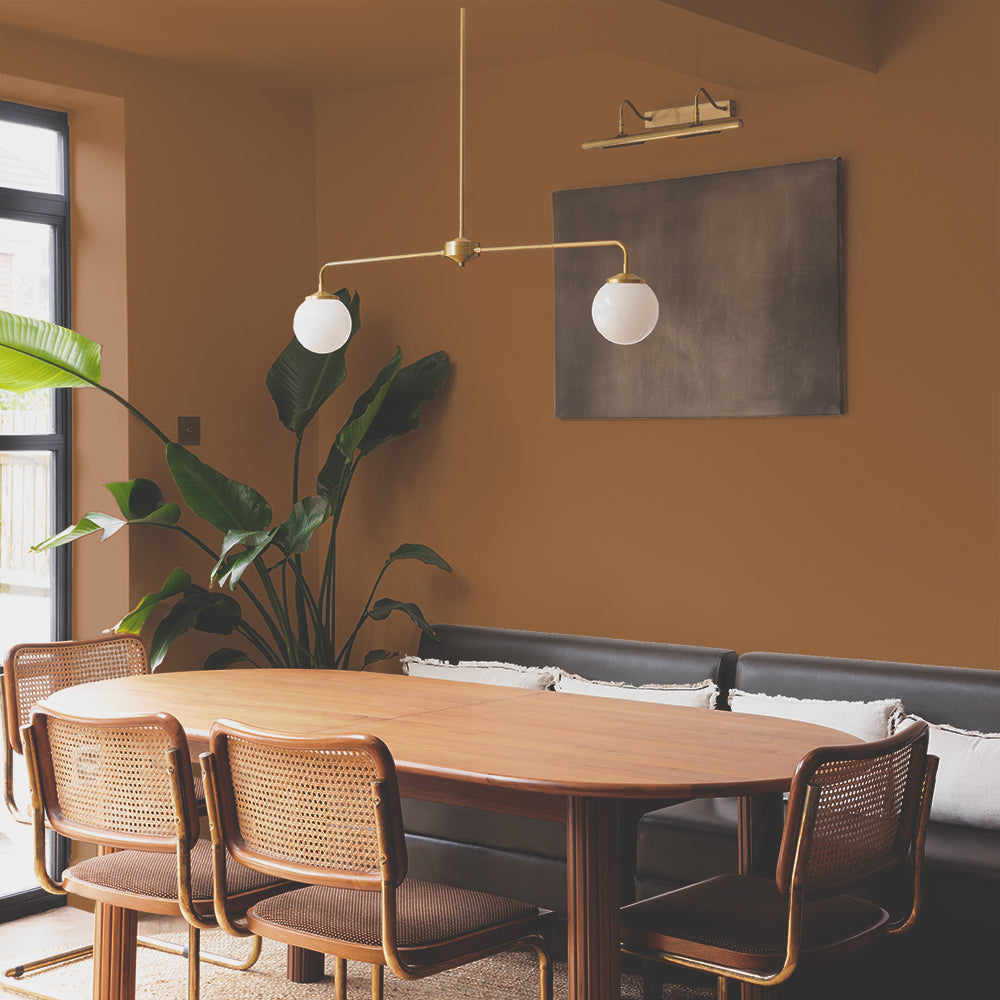
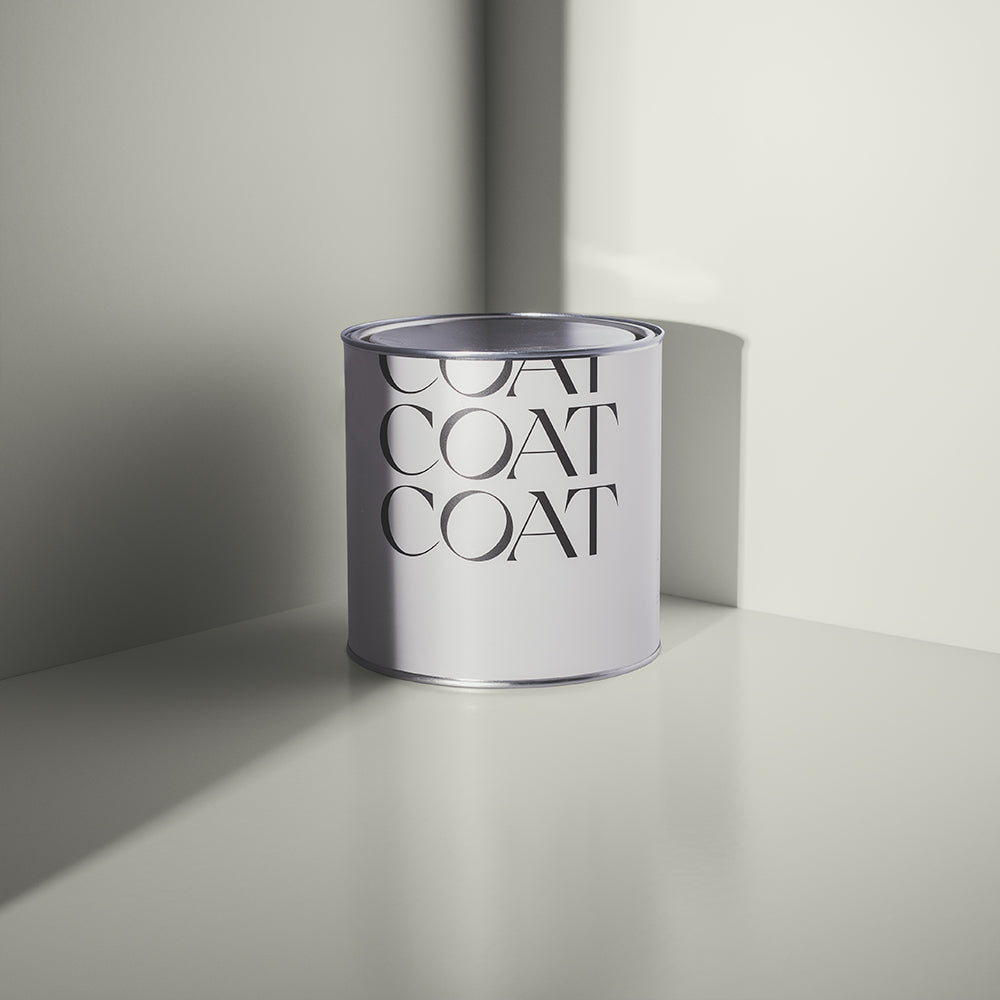

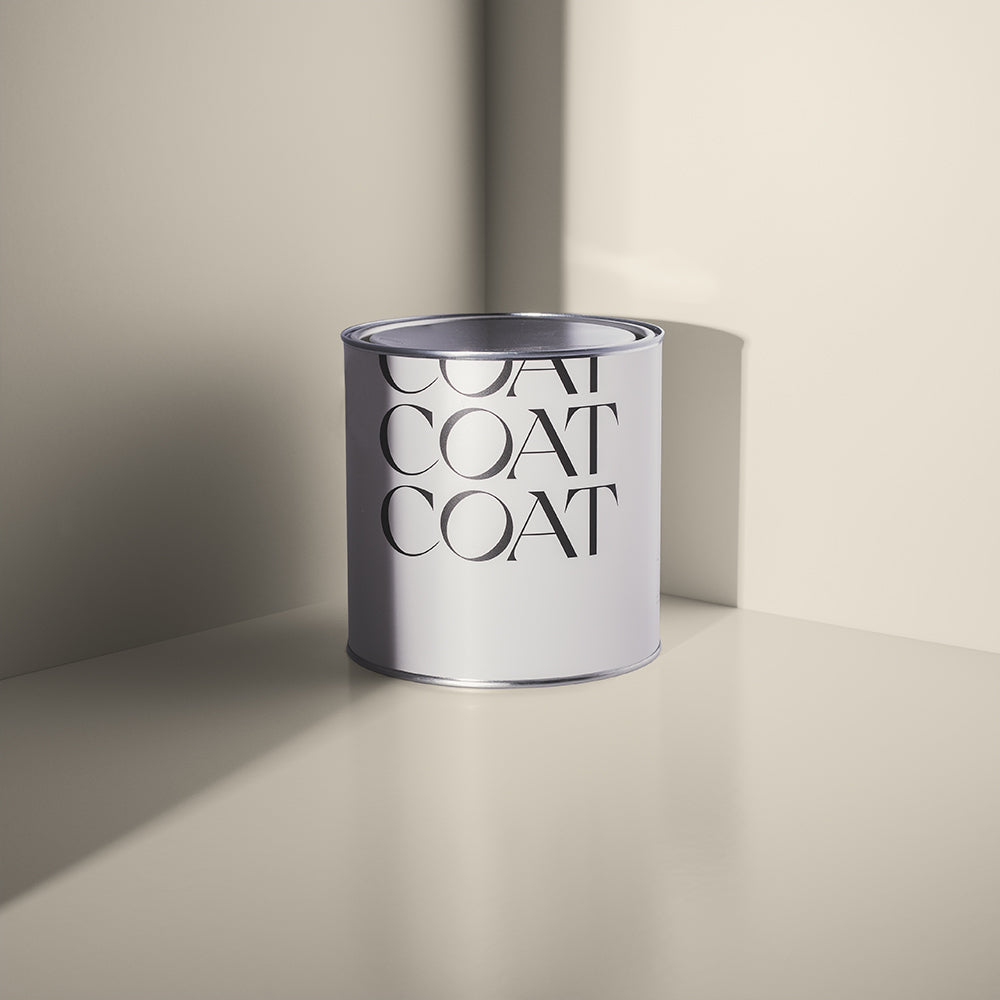

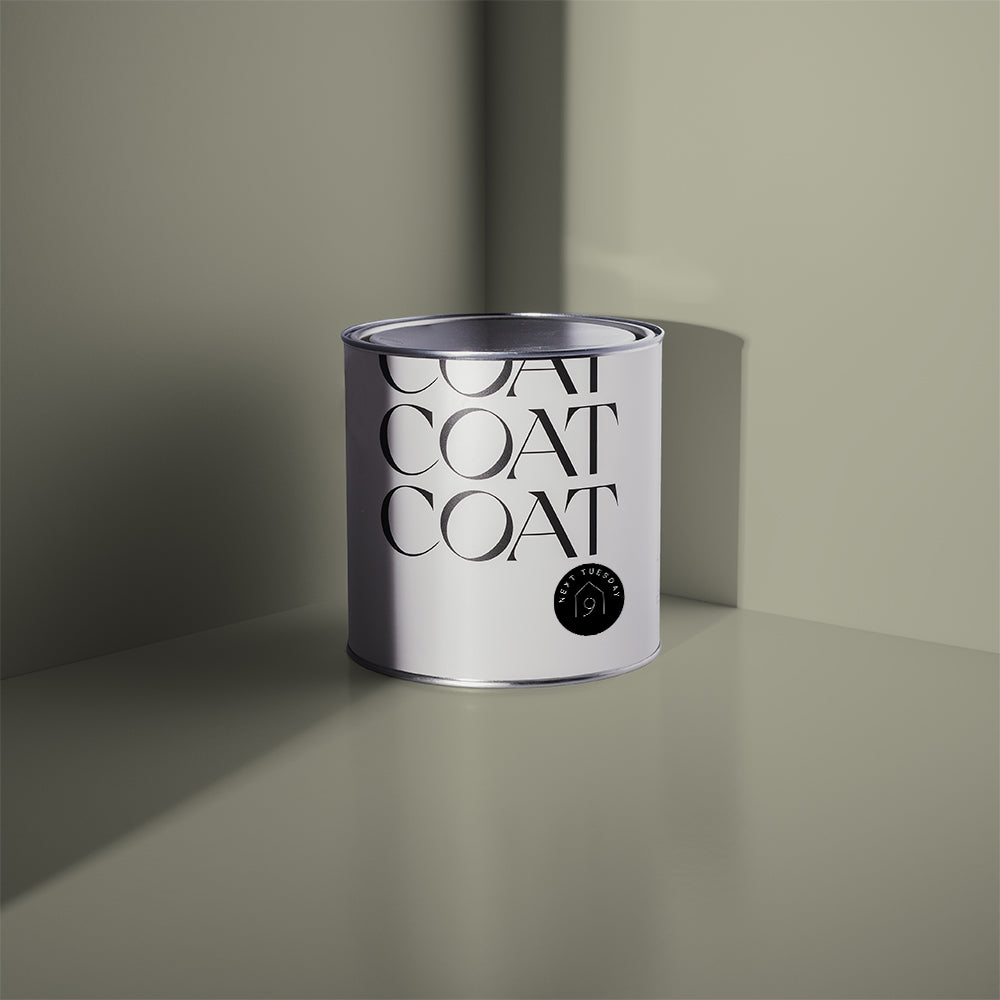
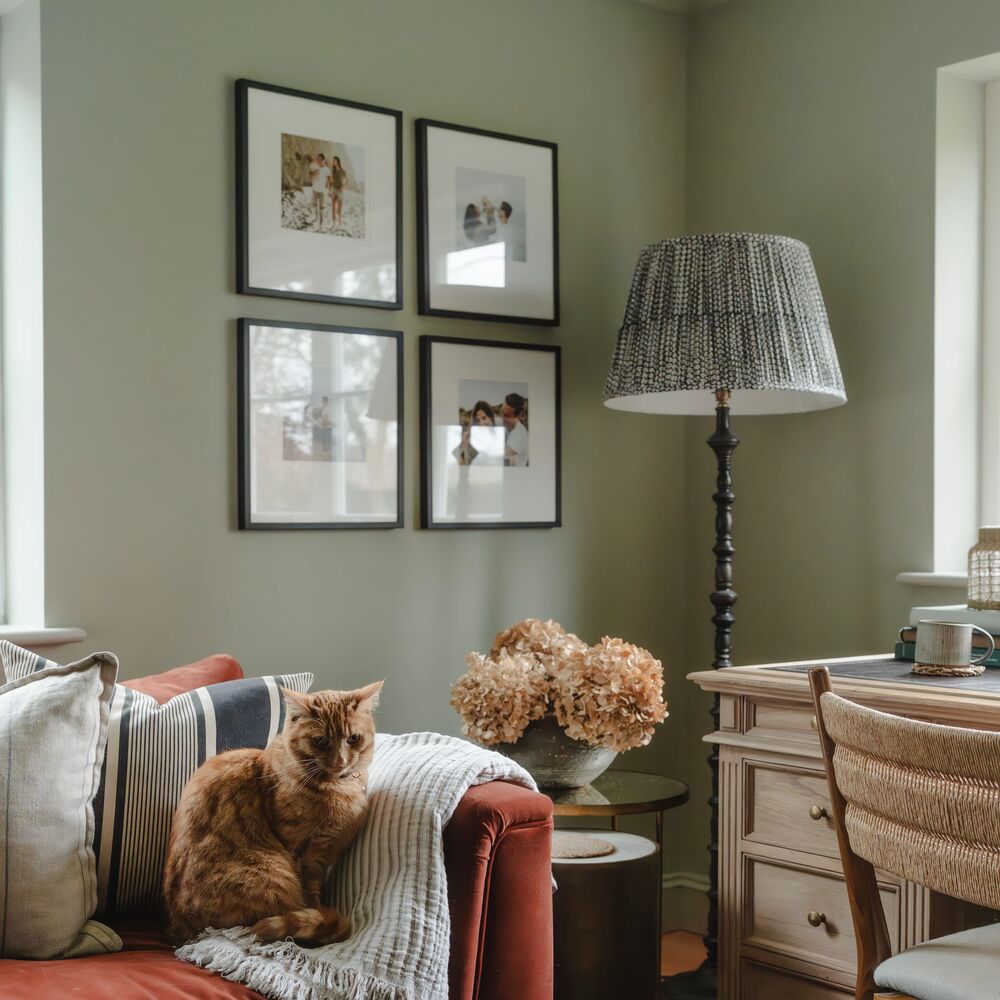
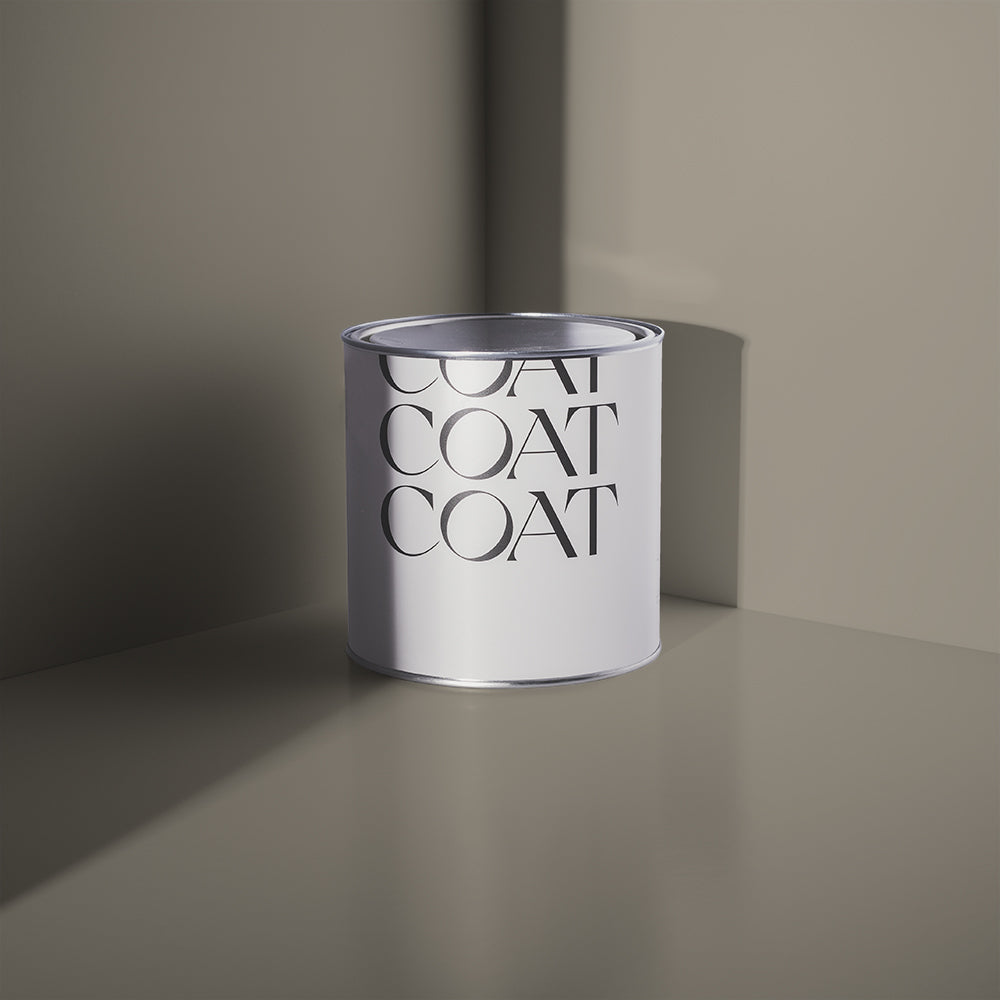
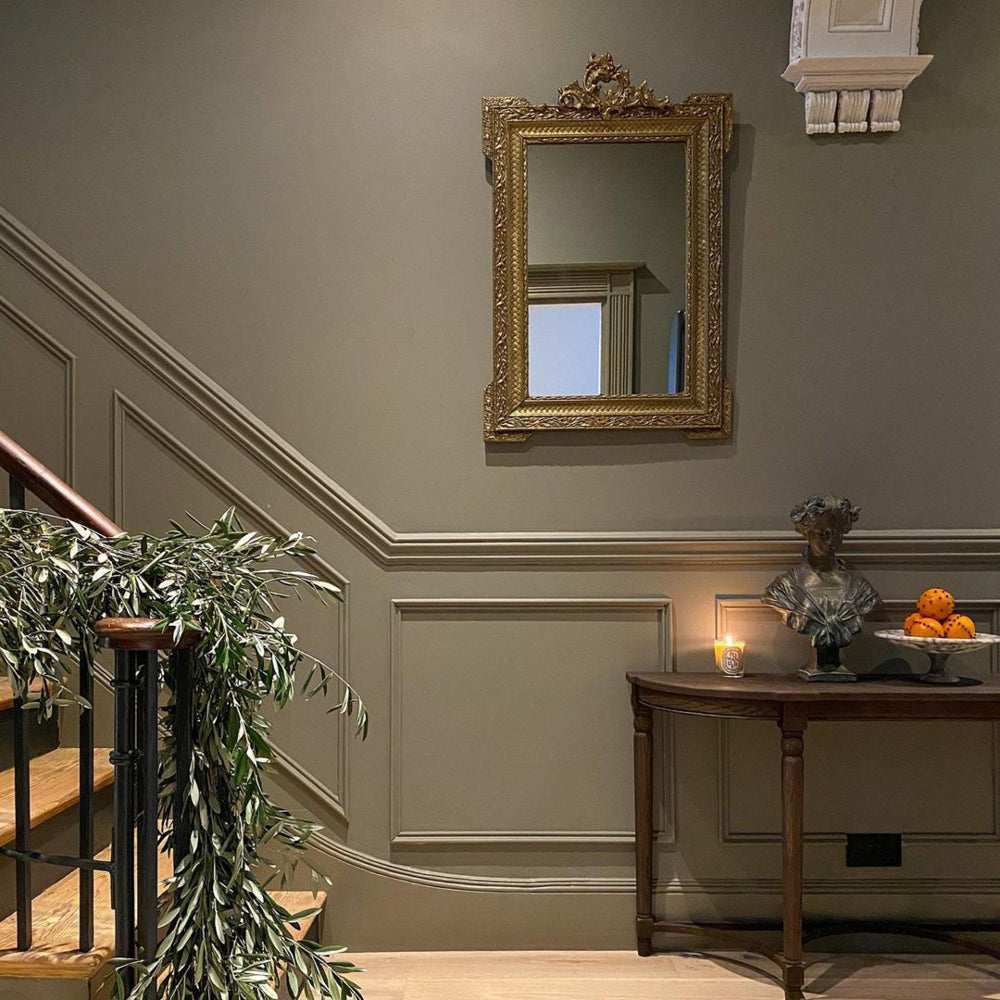
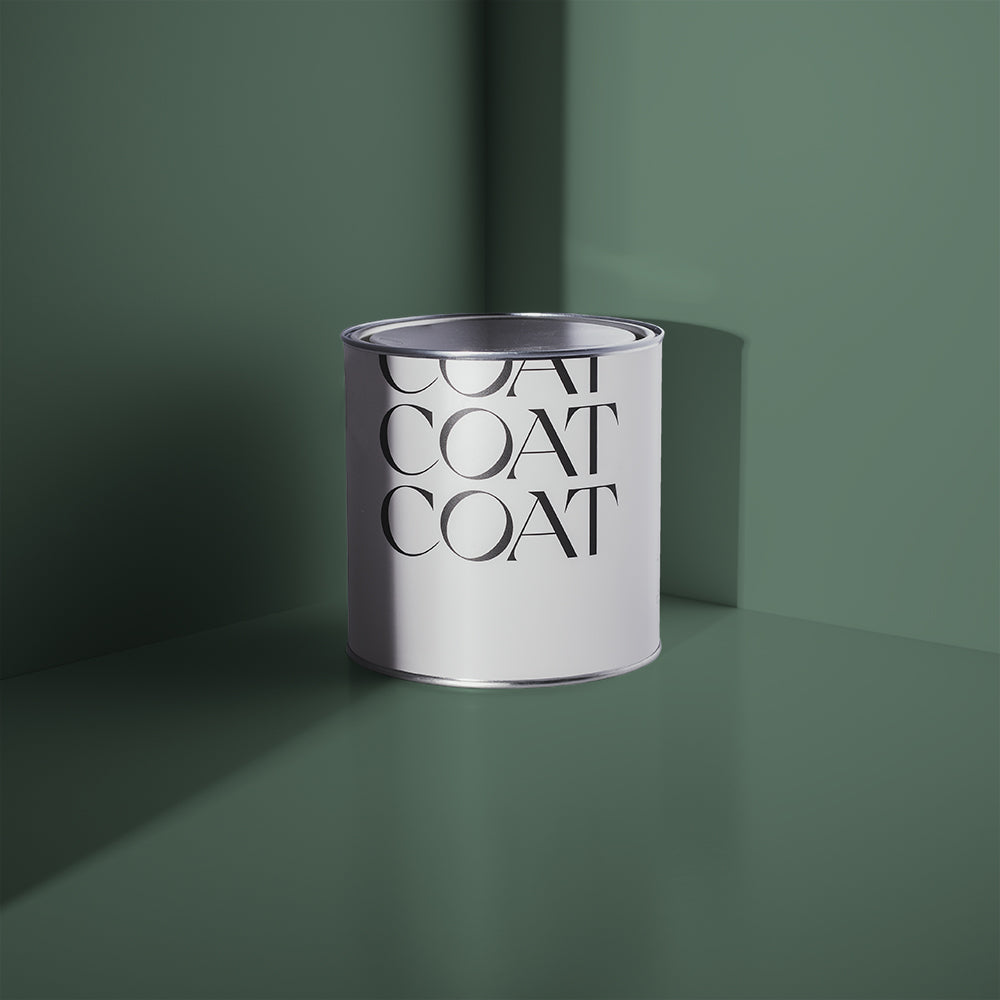
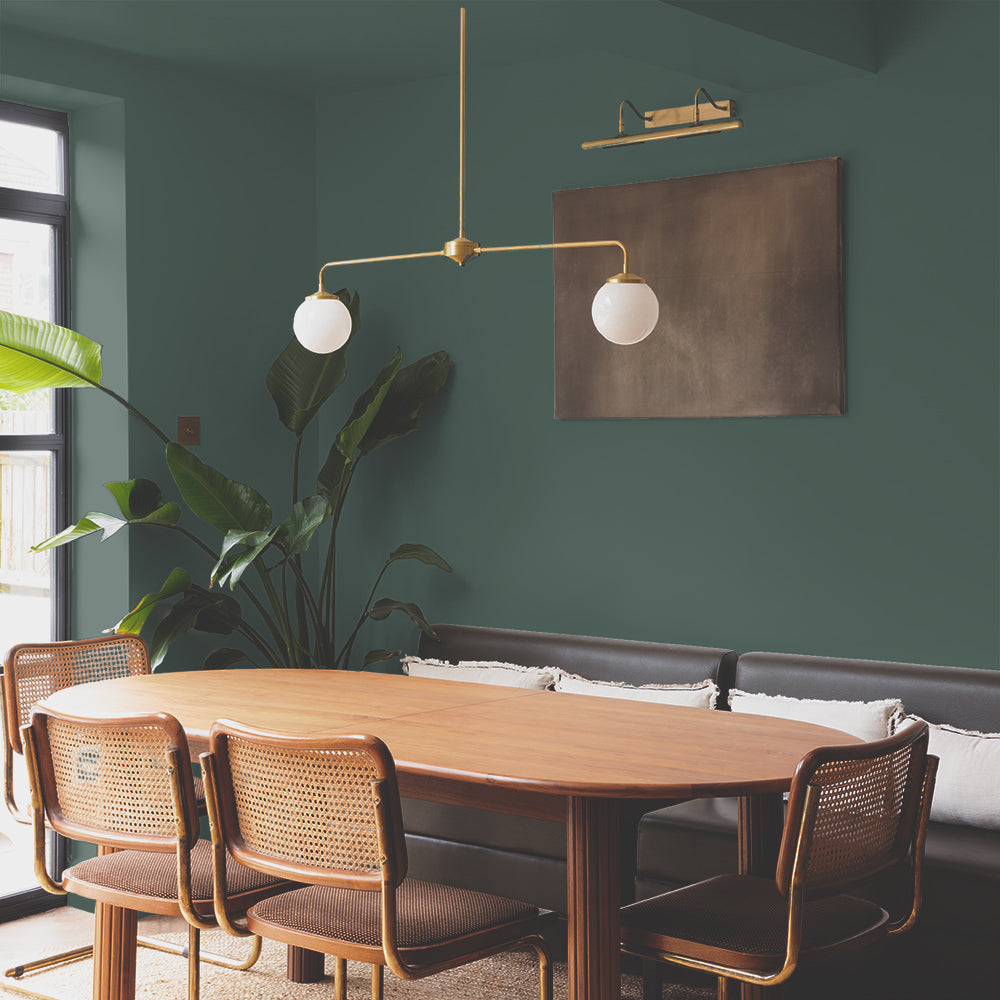

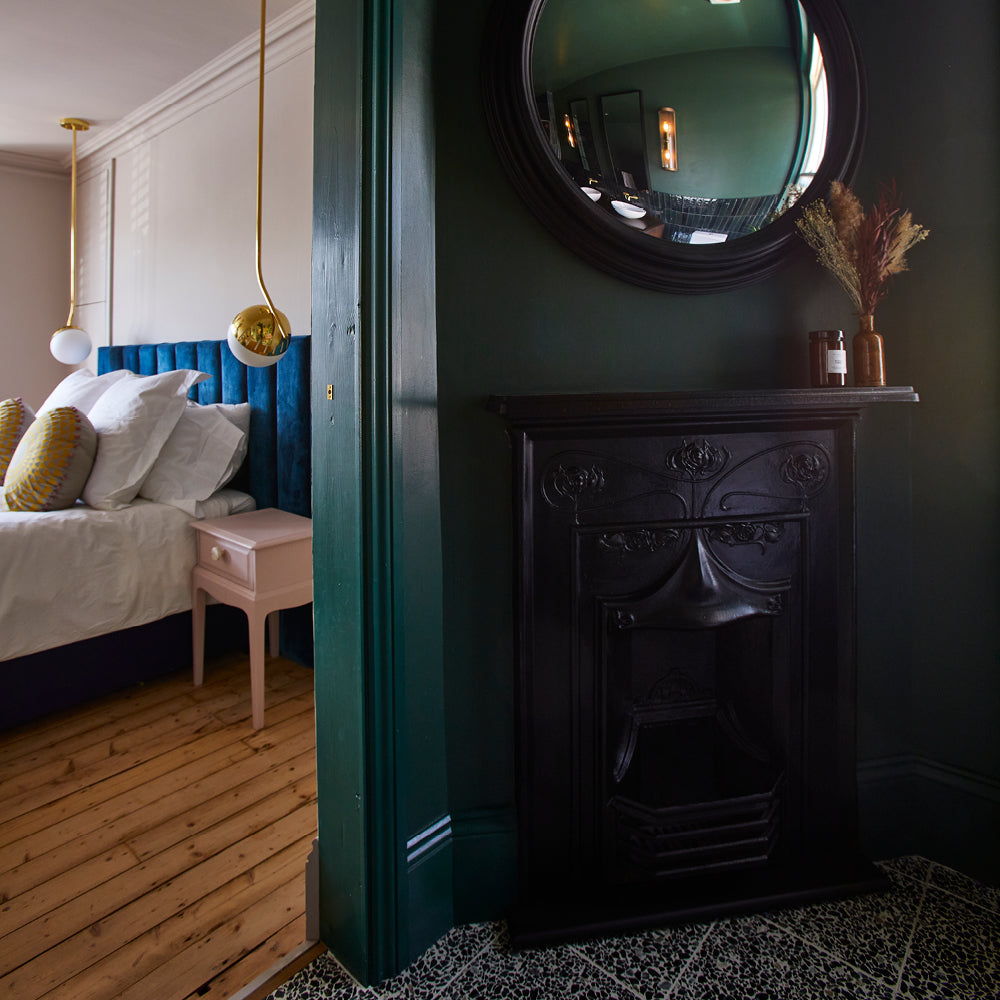
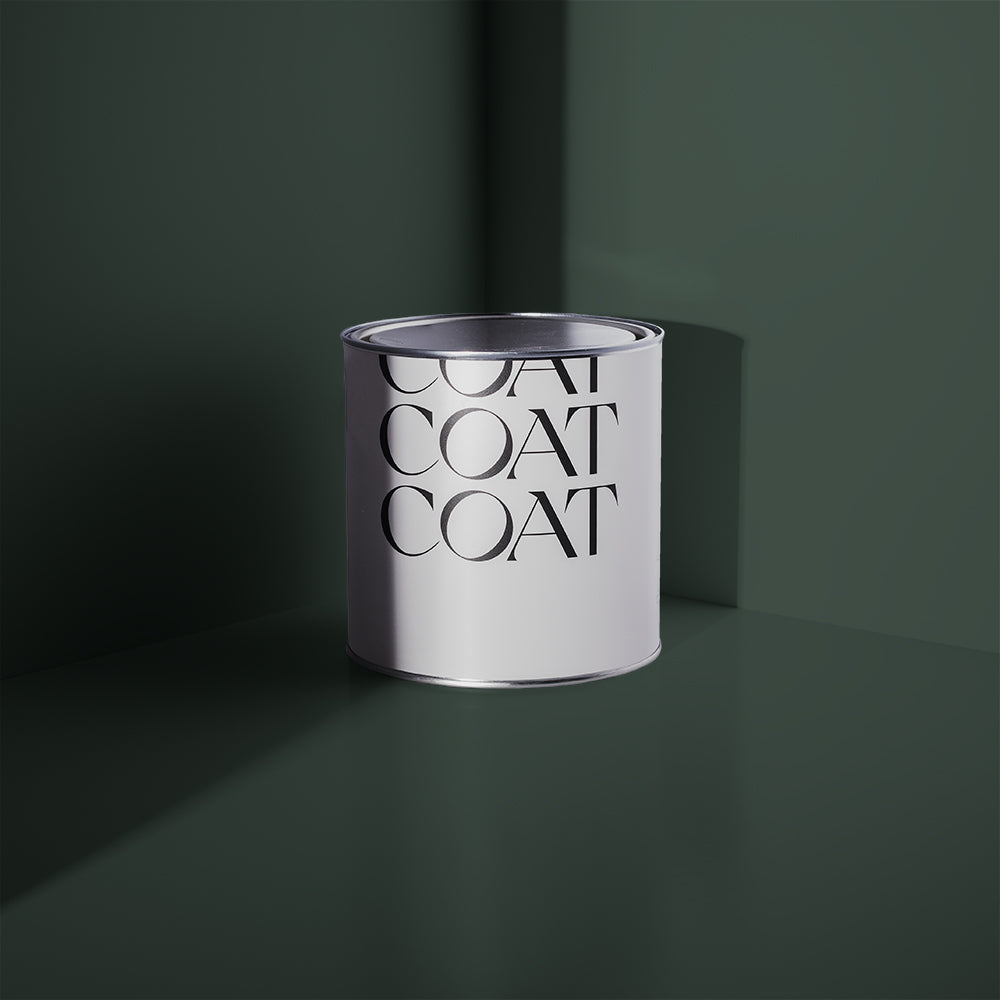
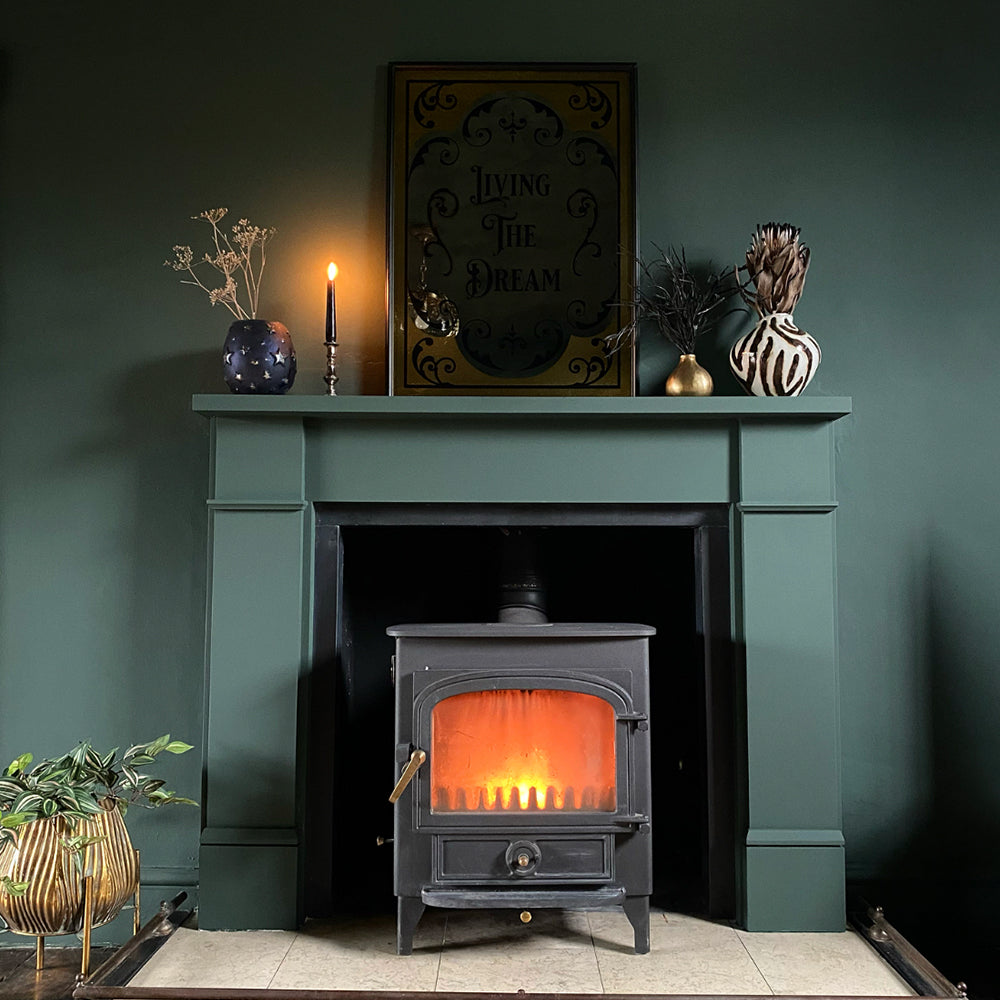
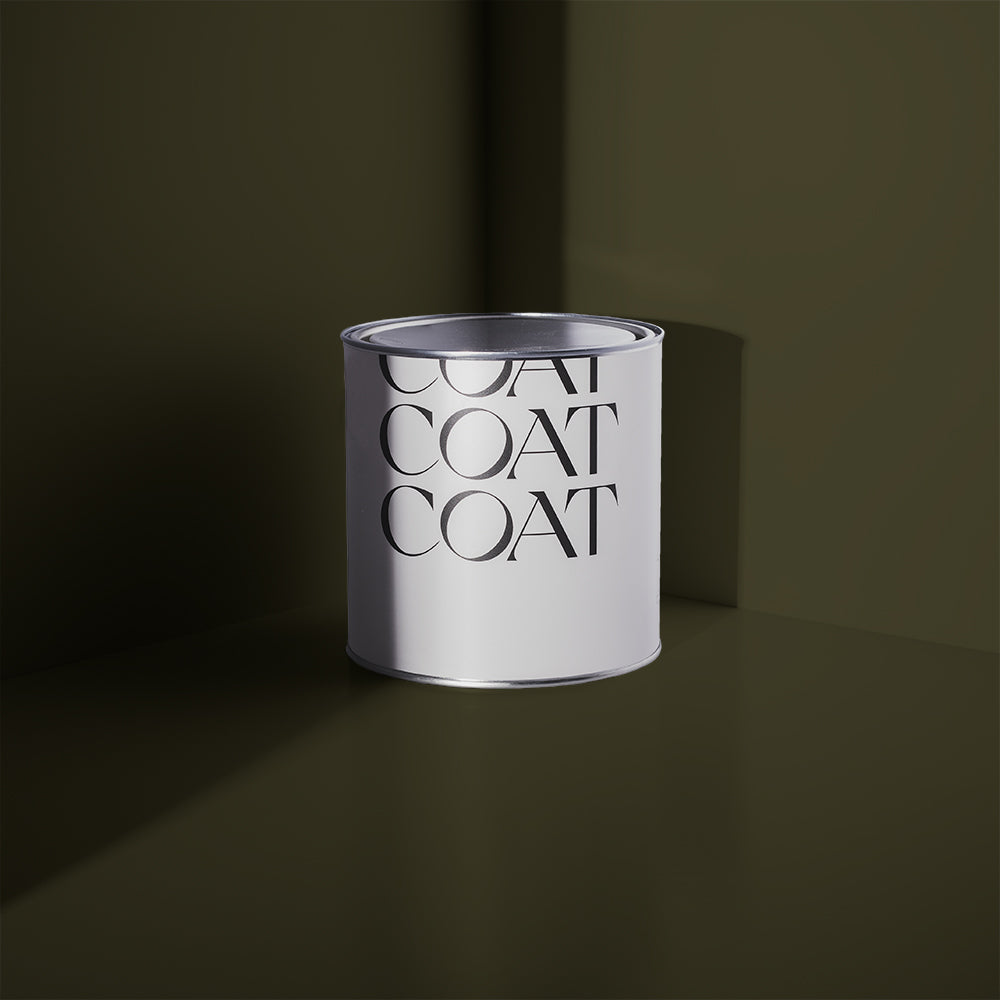

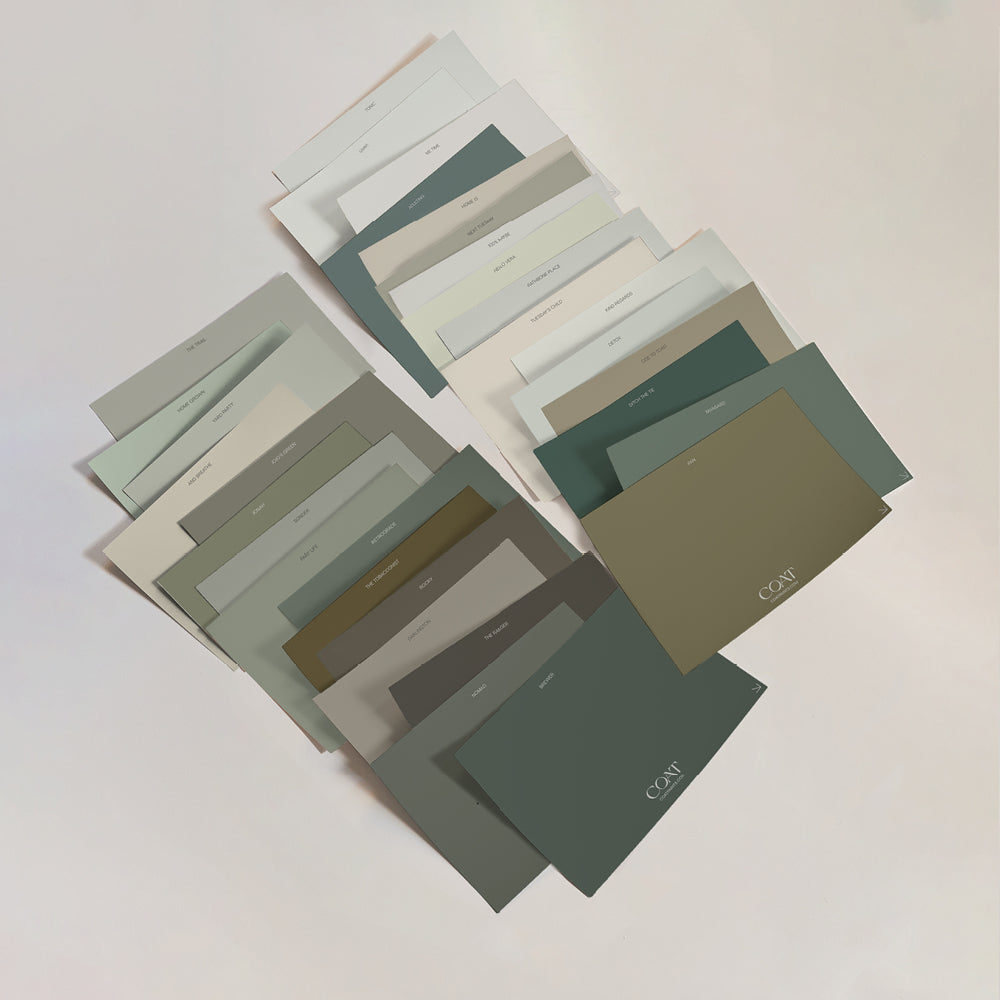
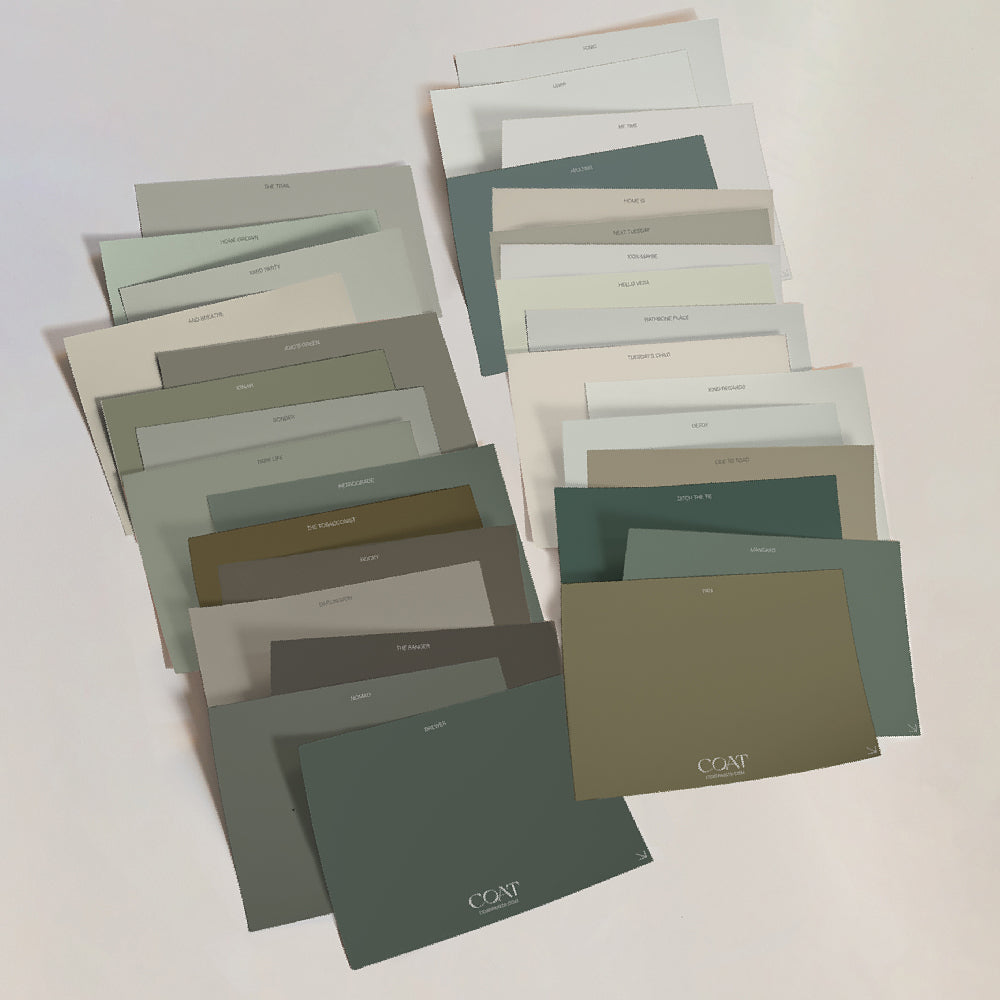

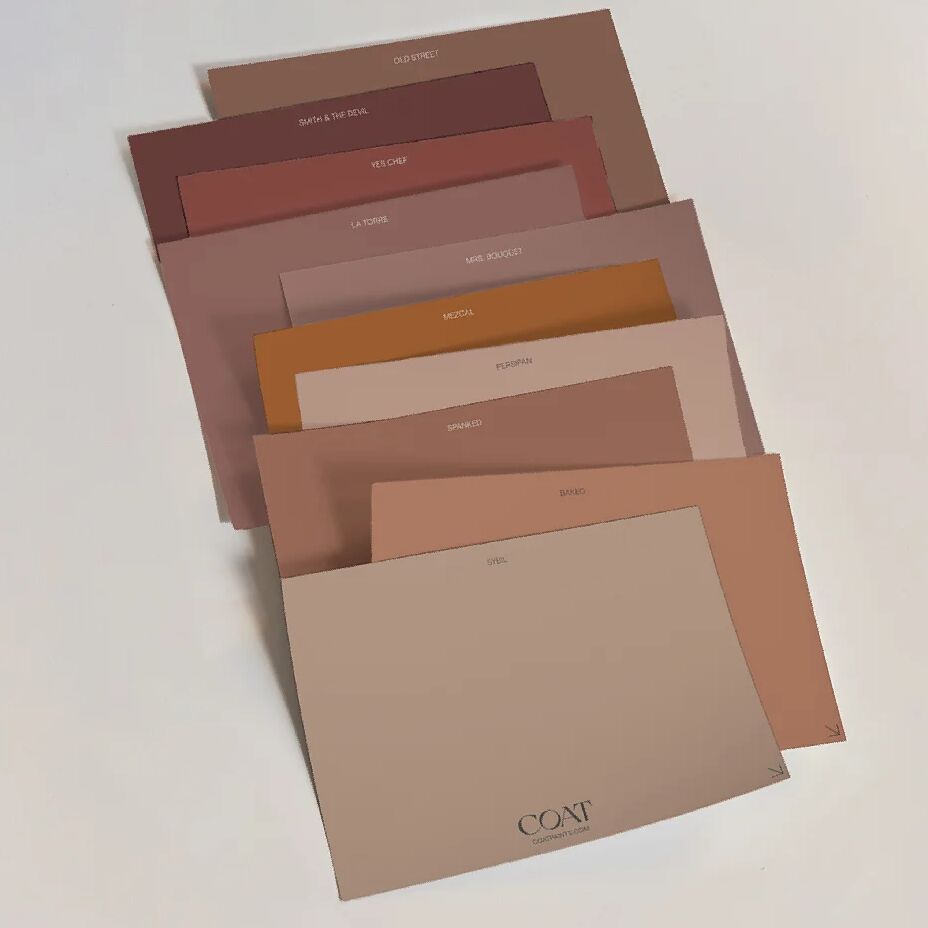



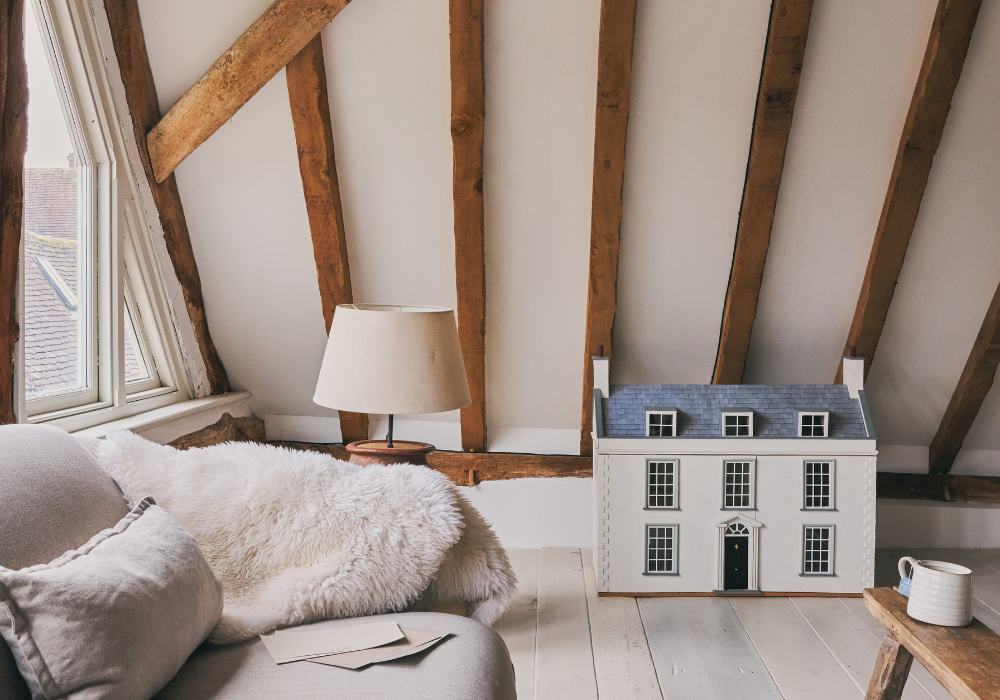

Leave a comment